Quick filters:
Childbirth 19th century Stock Photos and Images
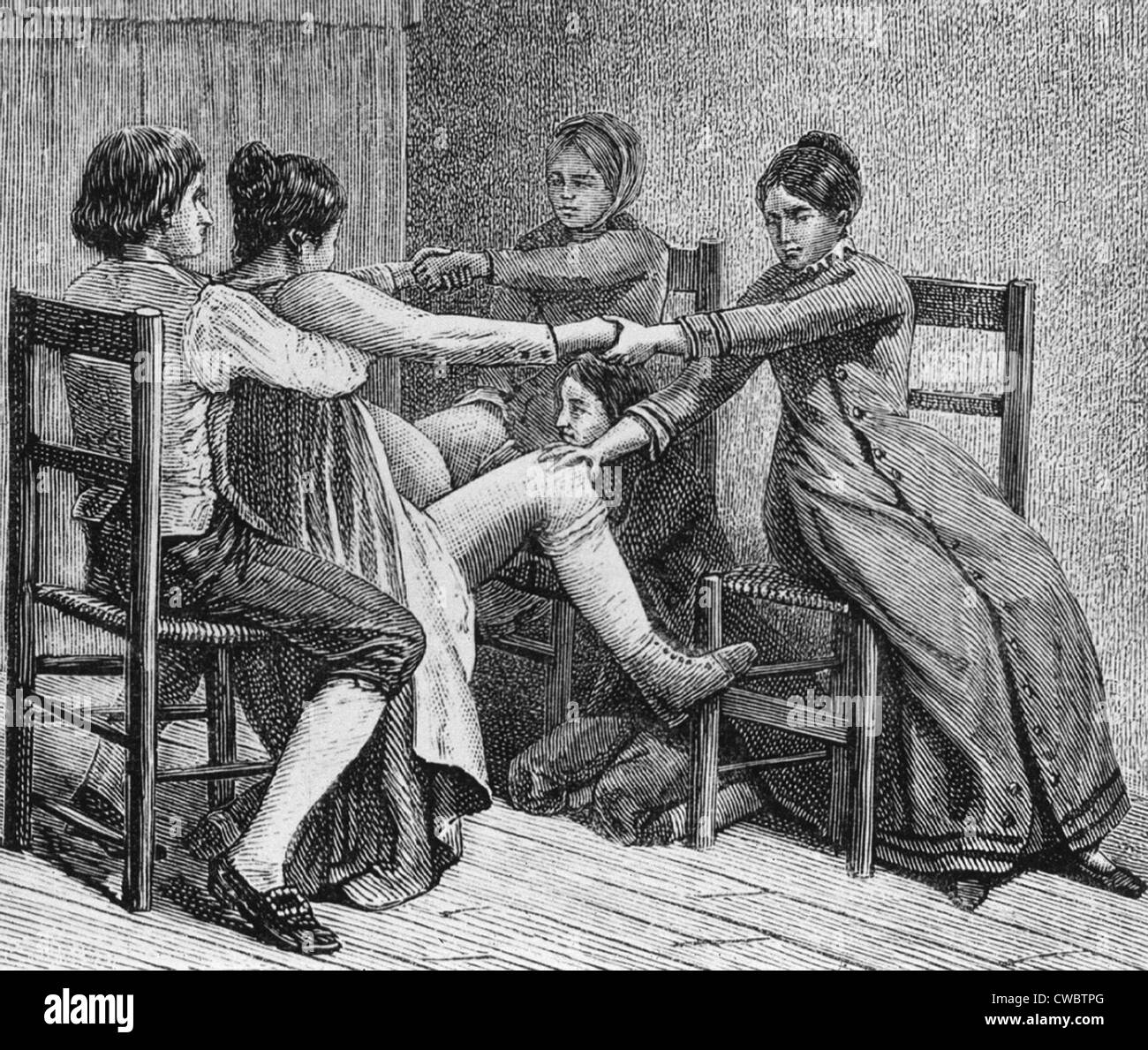 Pioneer birth scene of two women and two men assist during childbirth of ca. 1800. Illustration from HISTORY OF BIRTH OF ALL Stock Photohttps://www.alamy.com/image-license-details/?v=1https://www.alamy.com/stock-photo-pioneer-birth-scene-of-two-women-and-two-men-assist-during-childbirth-50048056.html
Pioneer birth scene of two women and two men assist during childbirth of ca. 1800. Illustration from HISTORY OF BIRTH OF ALL Stock Photohttps://www.alamy.com/image-license-details/?v=1https://www.alamy.com/stock-photo-pioneer-birth-scene-of-two-women-and-two-men-assist-during-childbirth-50048056.htmlRMCWBTPG–Pioneer birth scene of two women and two men assist during childbirth of ca. 1800. Illustration from HISTORY OF BIRTH OF ALL
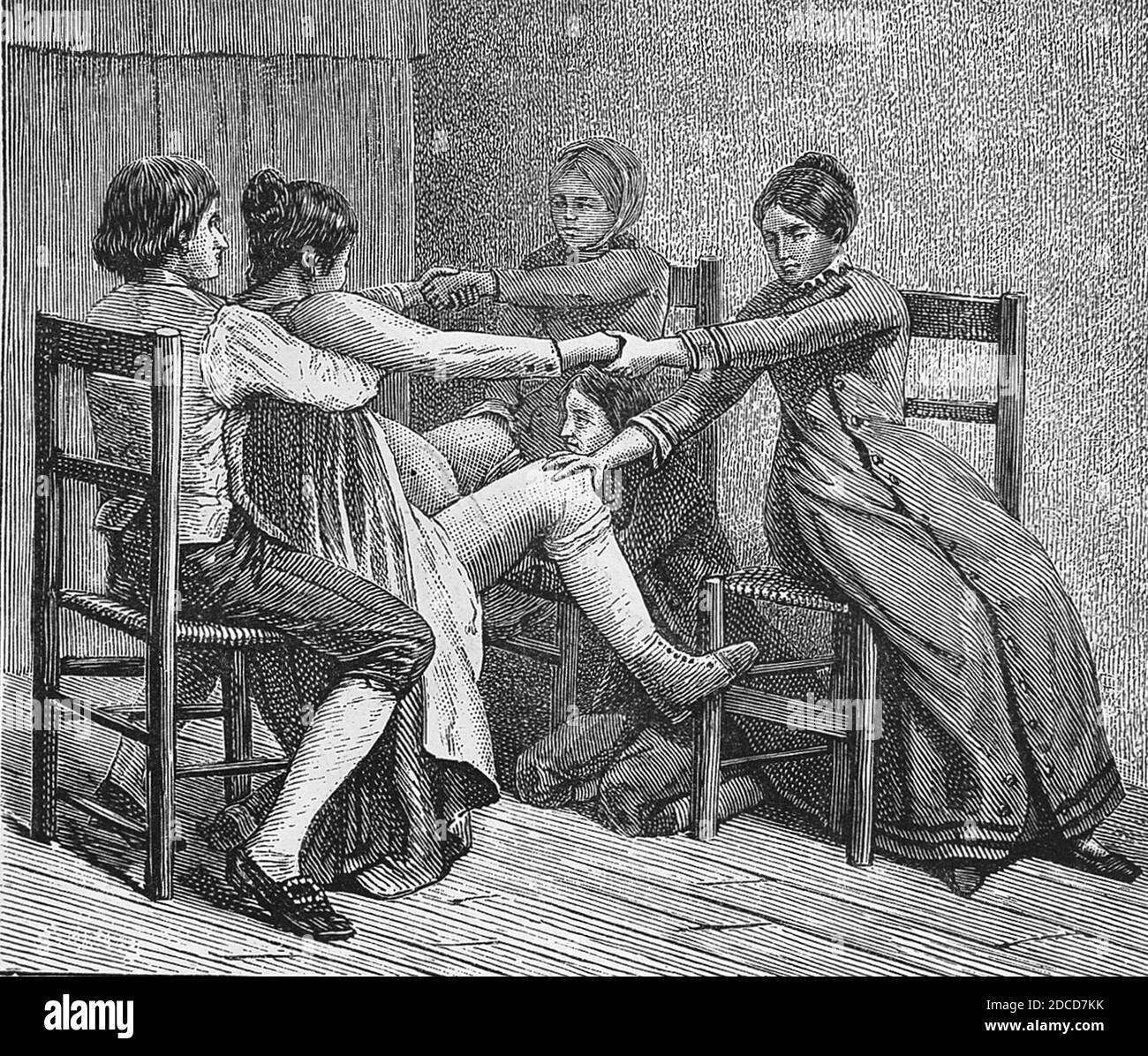 Method of Childbirth, Pennsylvania, 1889 Stock Photohttps://www.alamy.com/image-license-details/?v=1https://www.alamy.com/method-of-childbirth-pennsylvania-1889-image386295383.html
Method of Childbirth, Pennsylvania, 1889 Stock Photohttps://www.alamy.com/image-license-details/?v=1https://www.alamy.com/method-of-childbirth-pennsylvania-1889-image386295383.htmlRM2DCD7KK–Method of Childbirth, Pennsylvania, 1889
 Japan: The ghosts of a woman and child. From the Kaikidan Ekotoba Monster Scroll, mid-19th century. This illustration represents the ghost of a woman from the Asakura area of Fukuoka prefecture, who died during a difficult childbirth. The Kaikidan Ekotoba is a mid-19th century handscroll that profiles 33 legendary monsters and human oddities, mostly from the Kyushu region of Japan, but with several from other countries, including China, Russia and Korea. The document, whose author is unknown, is in the possession of the Fukuoka City Museum. Stock Photohttps://www.alamy.com/image-license-details/?v=1https://www.alamy.com/japan-the-ghosts-of-a-woman-and-child-from-the-kaikidan-ekotoba-monster-scroll-mid-19th-century-this-illustration-represents-the-ghost-of-a-woman-from-the-asakura-area-of-fukuoka-prefecture-who-died-during-a-difficult-childbirth-the-kaikidan-ekotoba-is-a-mid-19th-century-handscroll-that-profiles-33-legendary-monsters-and-human-oddities-mostly-from-the-kyushu-region-of-japan-but-with-several-from-other-countries-including-china-russia-and-korea-the-document-whose-author-is-unknown-is-in-the-possession-of-the-fukuoka-city-museum-image344235637.html
Japan: The ghosts of a woman and child. From the Kaikidan Ekotoba Monster Scroll, mid-19th century. This illustration represents the ghost of a woman from the Asakura area of Fukuoka prefecture, who died during a difficult childbirth. The Kaikidan Ekotoba is a mid-19th century handscroll that profiles 33 legendary monsters and human oddities, mostly from the Kyushu region of Japan, but with several from other countries, including China, Russia and Korea. The document, whose author is unknown, is in the possession of the Fukuoka City Museum. Stock Photohttps://www.alamy.com/image-license-details/?v=1https://www.alamy.com/japan-the-ghosts-of-a-woman-and-child-from-the-kaikidan-ekotoba-monster-scroll-mid-19th-century-this-illustration-represents-the-ghost-of-a-woman-from-the-asakura-area-of-fukuoka-prefecture-who-died-during-a-difficult-childbirth-the-kaikidan-ekotoba-is-a-mid-19th-century-handscroll-that-profiles-33-legendary-monsters-and-human-oddities-mostly-from-the-kyushu-region-of-japan-but-with-several-from-other-countries-including-china-russia-and-korea-the-document-whose-author-is-unknown-is-in-the-possession-of-the-fukuoka-city-museum-image344235637.htmlRM2B0181W–Japan: The ghosts of a woman and child. From the Kaikidan Ekotoba Monster Scroll, mid-19th century. This illustration represents the ghost of a woman from the Asakura area of Fukuoka prefecture, who died during a difficult childbirth. The Kaikidan Ekotoba is a mid-19th century handscroll that profiles 33 legendary monsters and human oddities, mostly from the Kyushu region of Japan, but with several from other countries, including China, Russia and Korea. The document, whose author is unknown, is in the possession of the Fukuoka City Museum.
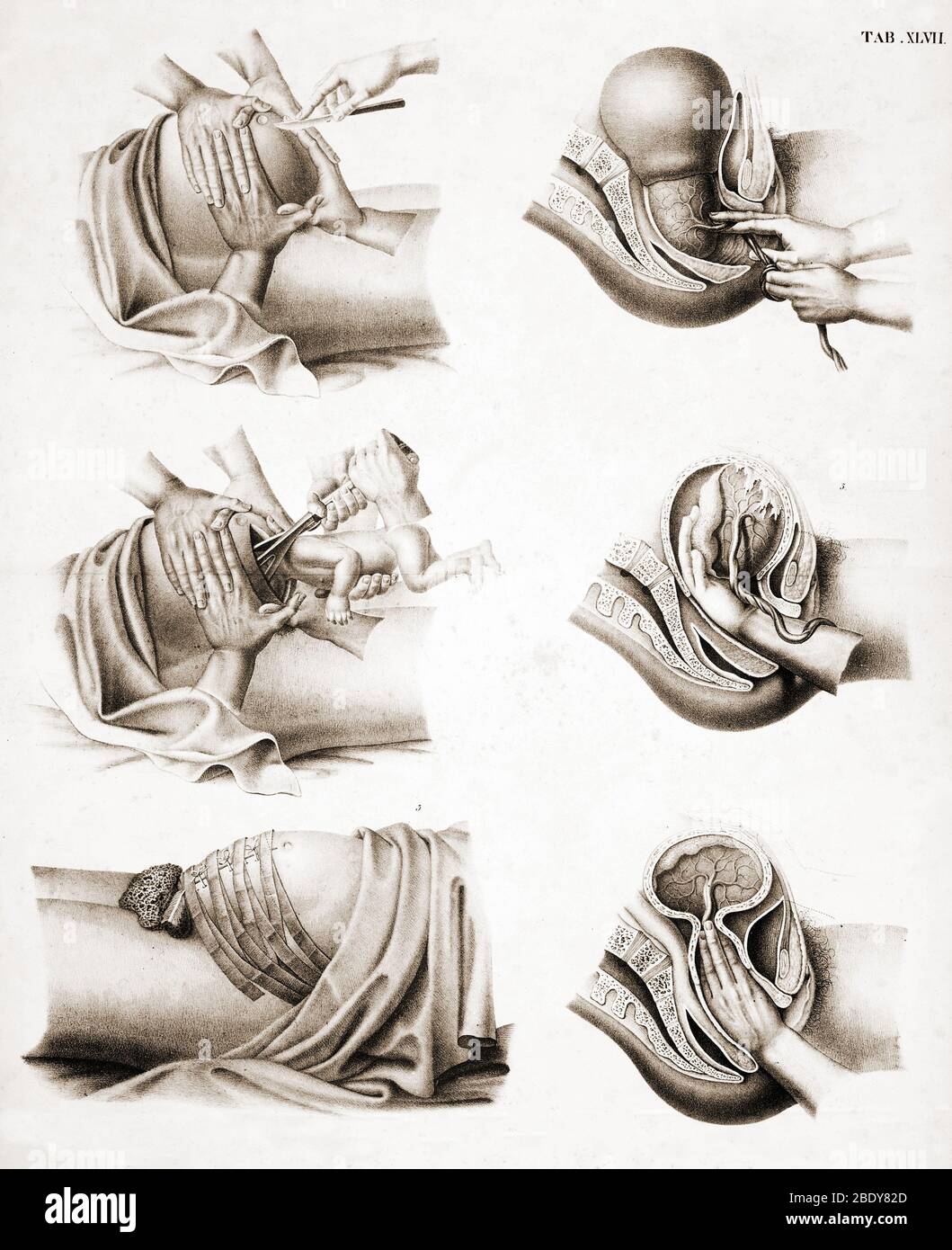 Childbirth, Cesarean Section, 19th Century Stock Photohttps://www.alamy.com/image-license-details/?v=1https://www.alamy.com/childbirth-cesarean-section-19th-century-image352796933.html
Childbirth, Cesarean Section, 19th Century Stock Photohttps://www.alamy.com/image-license-details/?v=1https://www.alamy.com/childbirth-cesarean-section-19th-century-image352796933.htmlRM2BDY82D–Childbirth, Cesarean Section, 19th Century
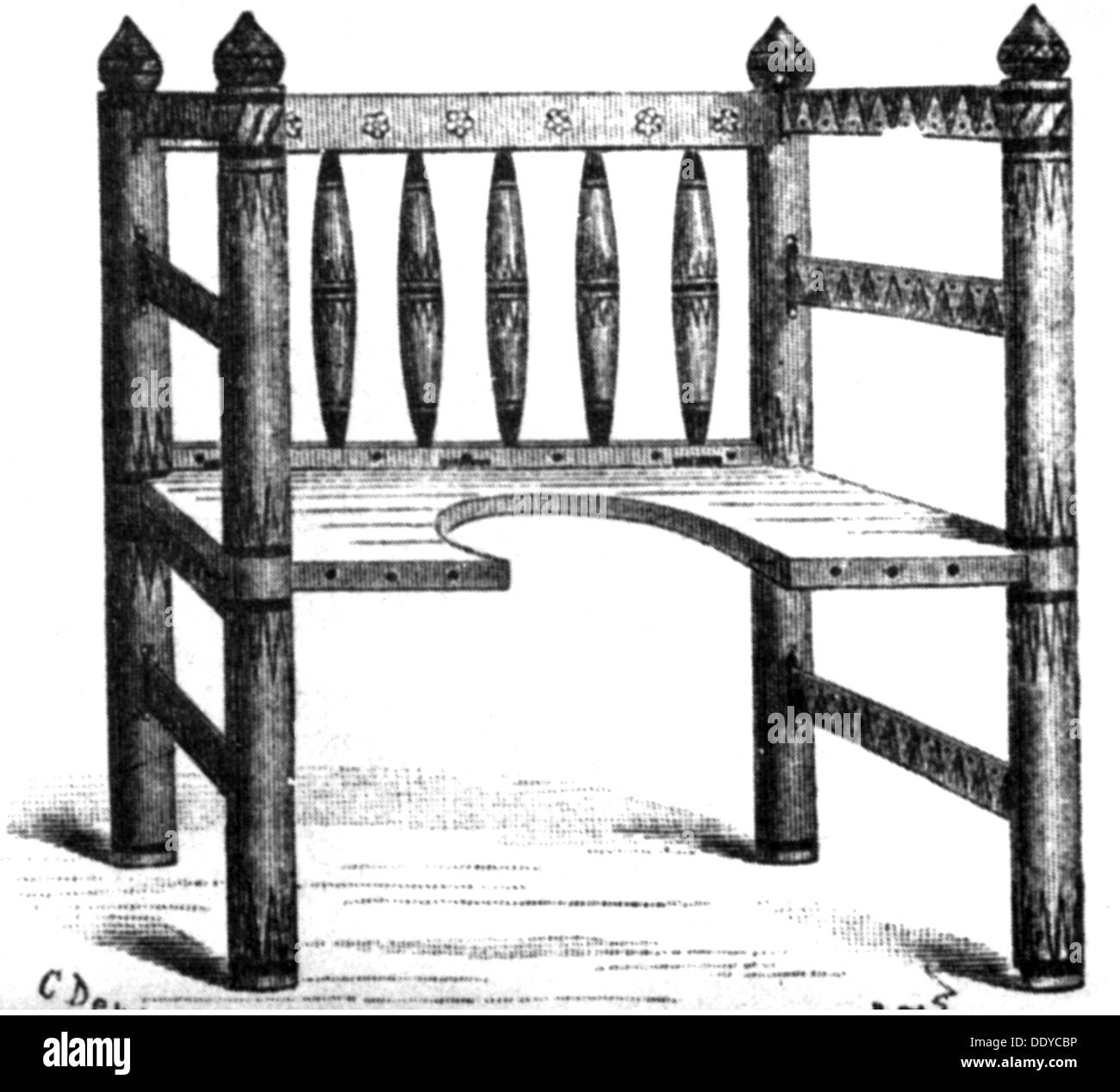 medicine, birth / gynecology, oriental birthing chair, developed from an ancient Egyptian birthing chair, drawing, 20th century, 19th century, East, Orient, graphic, graphics, obstetrics, birthing, bear, give birth, delivery, childbearing, childbirth, birth chair, object, objects, stills, medicine, medicines, birth, births, gynecology, gynaecology, historic, historical, Additional-Rights-Clearences-Not Available Stock Photohttps://www.alamy.com/image-license-details/?v=1https://www.alamy.com/medicine-birth-gynecology-oriental-birthing-chair-developed-from-an-image60224074.html
medicine, birth / gynecology, oriental birthing chair, developed from an ancient Egyptian birthing chair, drawing, 20th century, 19th century, East, Orient, graphic, graphics, obstetrics, birthing, bear, give birth, delivery, childbearing, childbirth, birth chair, object, objects, stills, medicine, medicines, birth, births, gynecology, gynaecology, historic, historical, Additional-Rights-Clearences-Not Available Stock Photohttps://www.alamy.com/image-license-details/?v=1https://www.alamy.com/medicine-birth-gynecology-oriental-birthing-chair-developed-from-an-image60224074.htmlRMDDYCBP–medicine, birth / gynecology, oriental birthing chair, developed from an ancient Egyptian birthing chair, drawing, 20th century, 19th century, East, Orient, graphic, graphics, obstetrics, birthing, bear, give birth, delivery, childbearing, childbirth, birth chair, object, objects, stills, medicine, medicines, birth, births, gynecology, gynaecology, historic, historical, Additional-Rights-Clearences-Not Available
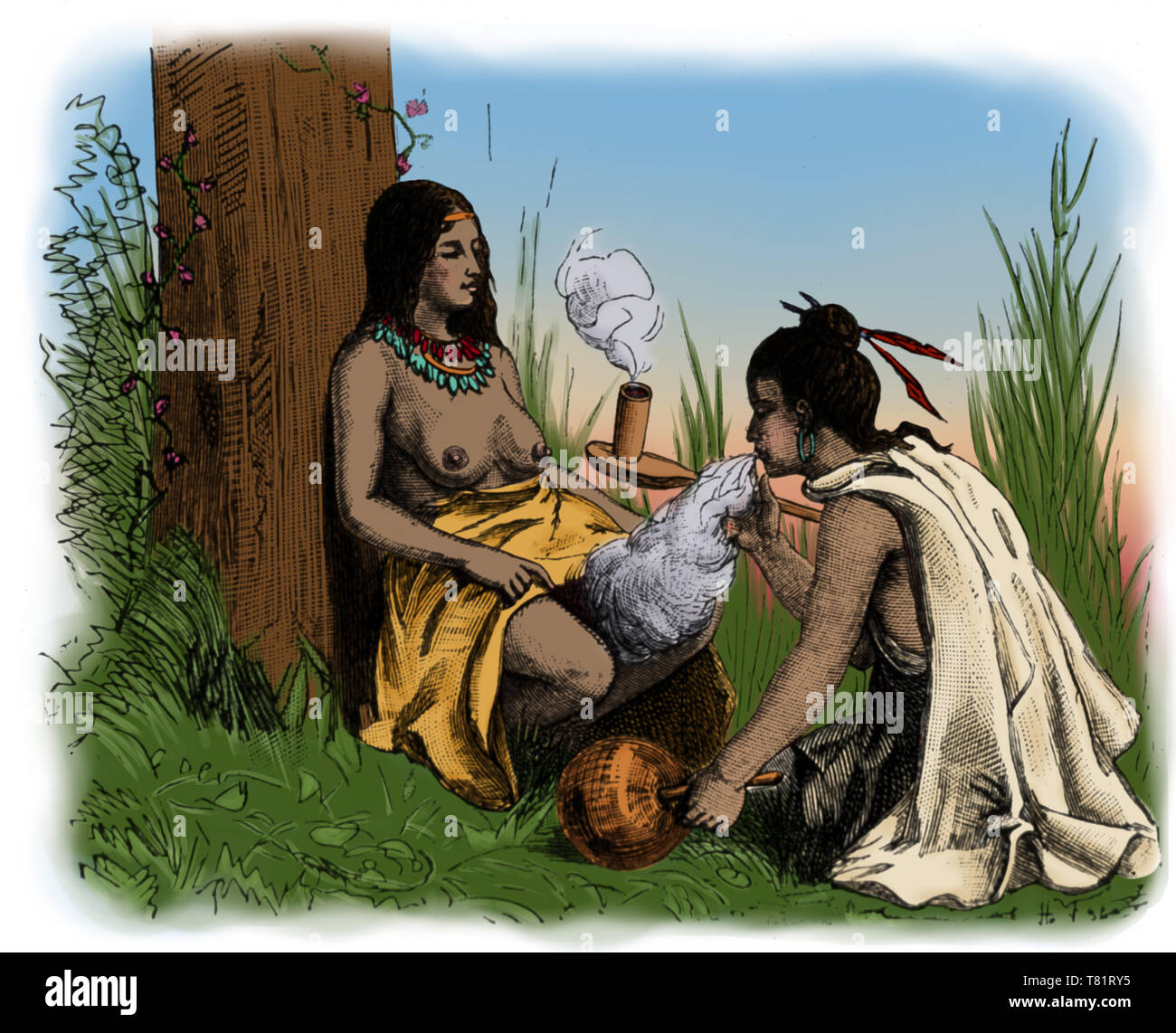 American Indian Midwife, Medicinal Tobacco Stock Photohttps://www.alamy.com/image-license-details/?v=1https://www.alamy.com/american-indian-midwife-medicinal-tobacco-image245903145.html
American Indian Midwife, Medicinal Tobacco Stock Photohttps://www.alamy.com/image-license-details/?v=1https://www.alamy.com/american-indian-midwife-medicinal-tobacco-image245903145.htmlRMT81RY5–American Indian Midwife, Medicinal Tobacco
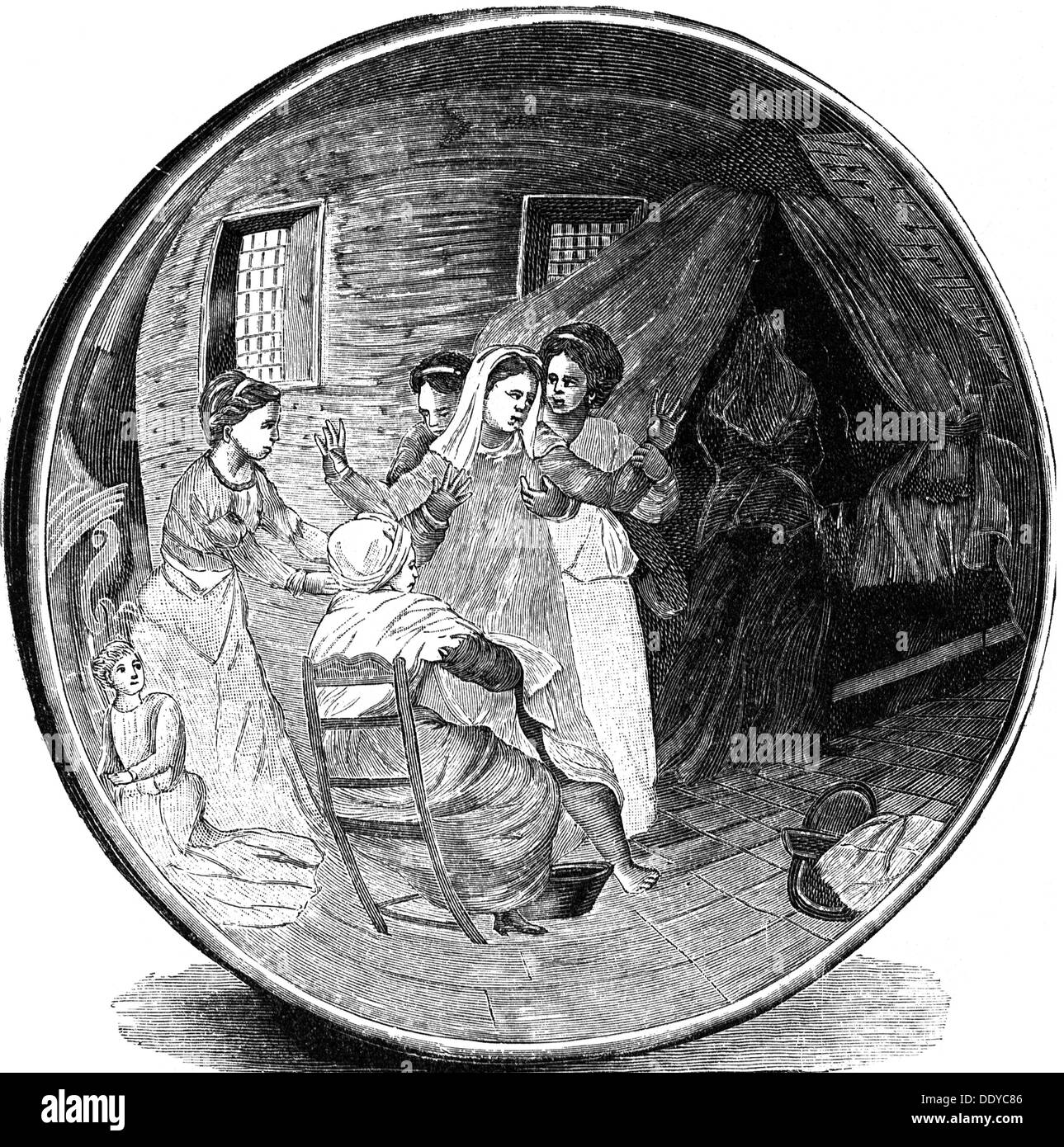 medicine, birth / gynecology, birth in standing position, after Majolica bowl from Urbino, 16th century, wood engraving, 19th century, 16th century, 19th century, graphic, graphics, obstetrics, midwife, midwives, half length, pregnant woman, pregnant women, support, supporting, chair, chairs, sitting, sit, helping, help, assisting, assist, birthing, bear, give birth, delivery, childbearing, childbirth, medicine, medicines, gynecology, gynaecology, birth, births, historic, historical, woman, women, female, people, Additional-Rights-Clearences-Not Available Stock Photohttps://www.alamy.com/image-license-details/?v=1https://www.alamy.com/medicine-birth-gynecology-birth-in-standing-position-after-majolica-image60223974.html
medicine, birth / gynecology, birth in standing position, after Majolica bowl from Urbino, 16th century, wood engraving, 19th century, 16th century, 19th century, graphic, graphics, obstetrics, midwife, midwives, half length, pregnant woman, pregnant women, support, supporting, chair, chairs, sitting, sit, helping, help, assisting, assist, birthing, bear, give birth, delivery, childbearing, childbirth, medicine, medicines, gynecology, gynaecology, birth, births, historic, historical, woman, women, female, people, Additional-Rights-Clearences-Not Available Stock Photohttps://www.alamy.com/image-license-details/?v=1https://www.alamy.com/medicine-birth-gynecology-birth-in-standing-position-after-majolica-image60223974.htmlRMDDYC86–medicine, birth / gynecology, birth in standing position, after Majolica bowl from Urbino, 16th century, wood engraving, 19th century, 16th century, 19th century, graphic, graphics, obstetrics, midwife, midwives, half length, pregnant woman, pregnant women, support, supporting, chair, chairs, sitting, sit, helping, help, assisting, assist, birthing, bear, give birth, delivery, childbearing, childbirth, medicine, medicines, gynecology, gynaecology, birth, births, historic, historical, woman, women, female, people, Additional-Rights-Clearences-Not Available
 Princess Charlotte, 19th century.Artist: W Fry Stock Photohttps://www.alamy.com/image-license-details/?v=1https://www.alamy.com/princess-charlotte-19th-centuryartist-w-fry-image262730760.html
Princess Charlotte, 19th century.Artist: W Fry Stock Photohttps://www.alamy.com/image-license-details/?v=1https://www.alamy.com/princess-charlotte-19th-centuryartist-w-fry-image262730760.htmlRMW7CBNC–Princess Charlotte, 19th century.Artist: W Fry
 Egyptian goddess Neith (Nit, Net or Neit) was an Ancient Egyptian deity creator of the universe, goddess of wisdom, tissue, the cosmos, mothers, rivers, water, childbirth, hunting, war and the destination. She was a warrior goddess. Neith was also one of the three tutelary deities of the southern city of Latopolis. Ancient Egypt History. Old 19th century engraved illustration from El Mundo Ilustrado 1879 Stock Photohttps://www.alamy.com/image-license-details/?v=1https://www.alamy.com/egyptian-goddess-neith-nit-net-or-neit-was-an-ancient-egyptian-deity-creator-of-the-universe-goddess-of-wisdom-tissue-the-cosmos-mothers-rivers-water-childbirth-hunting-war-and-the-destination-she-was-a-warrior-goddess-neith-was-also-one-of-the-three-tutelary-deities-of-the-southern-city-of-latopolis-ancient-egypt-history-old-19th-century-engraved-illustration-from-el-mundo-ilustrado-1879-image402127372.html
Egyptian goddess Neith (Nit, Net or Neit) was an Ancient Egyptian deity creator of the universe, goddess of wisdom, tissue, the cosmos, mothers, rivers, water, childbirth, hunting, war and the destination. She was a warrior goddess. Neith was also one of the three tutelary deities of the southern city of Latopolis. Ancient Egypt History. Old 19th century engraved illustration from El Mundo Ilustrado 1879 Stock Photohttps://www.alamy.com/image-license-details/?v=1https://www.alamy.com/egyptian-goddess-neith-nit-net-or-neit-was-an-ancient-egyptian-deity-creator-of-the-universe-goddess-of-wisdom-tissue-the-cosmos-mothers-rivers-water-childbirth-hunting-war-and-the-destination-she-was-a-warrior-goddess-neith-was-also-one-of-the-three-tutelary-deities-of-the-southern-city-of-latopolis-ancient-egypt-history-old-19th-century-engraved-illustration-from-el-mundo-ilustrado-1879-image402127372.htmlRM2EA6DFT–Egyptian goddess Neith (Nit, Net or Neit) was an Ancient Egyptian deity creator of the universe, goddess of wisdom, tissue, the cosmos, mothers, rivers, water, childbirth, hunting, war and the destination. She was a warrior goddess. Neith was also one of the three tutelary deities of the southern city of Latopolis. Ancient Egypt History. Old 19th century engraved illustration from El Mundo Ilustrado 1879
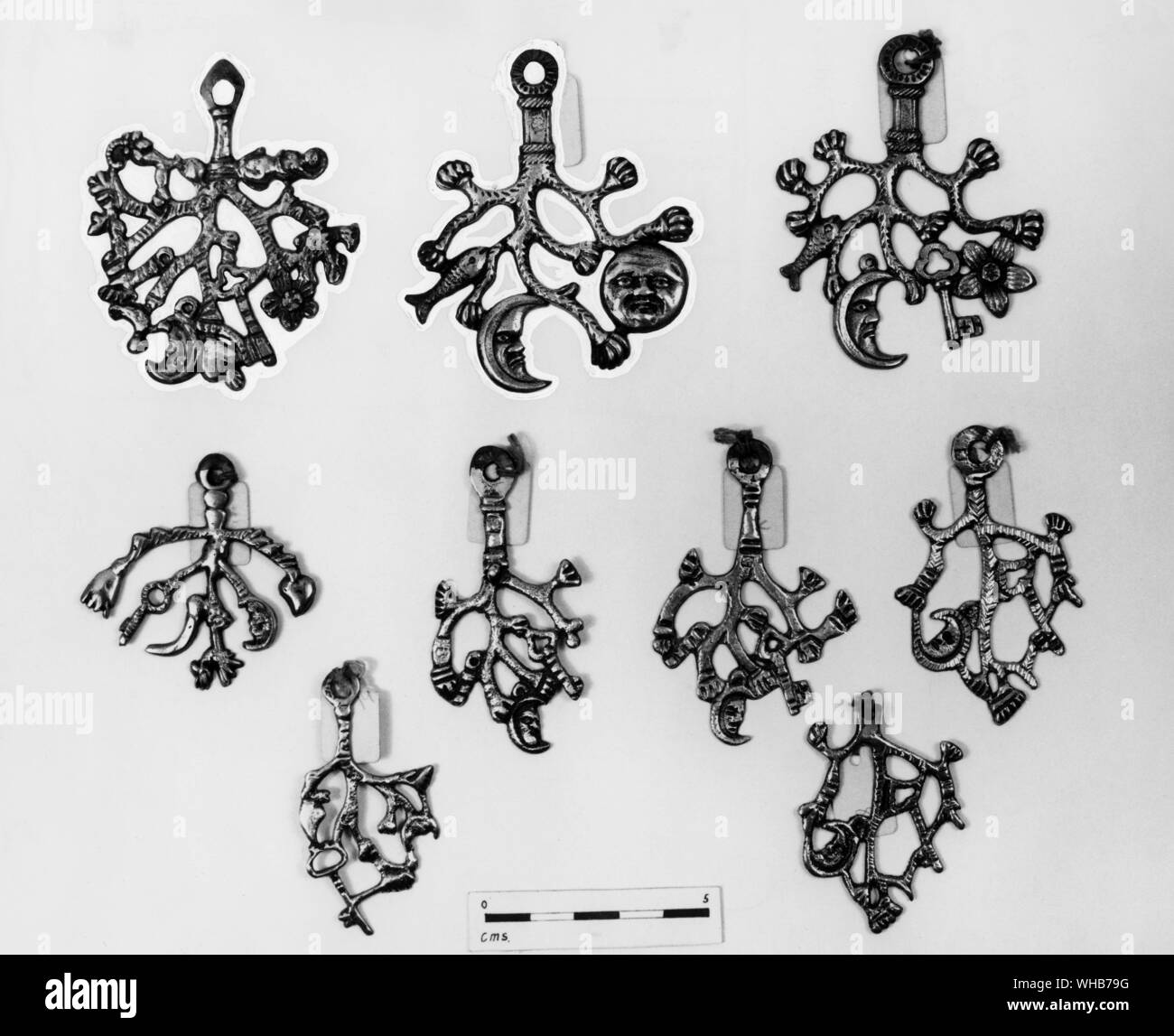 Diana goddess of nature . Cimurata 3 branched sprig 19th century Stock Photohttps://www.alamy.com/image-license-details/?v=1https://www.alamy.com/diana-goddess-of-nature-cimurata-3-branched-sprig-19th-century-image268851900.html
Diana goddess of nature . Cimurata 3 branched sprig 19th century Stock Photohttps://www.alamy.com/image-license-details/?v=1https://www.alamy.com/diana-goddess-of-nature-cimurata-3-branched-sprig-19th-century-image268851900.htmlRMWHB79G–Diana goddess of nature . Cimurata 3 branched sprig 19th century
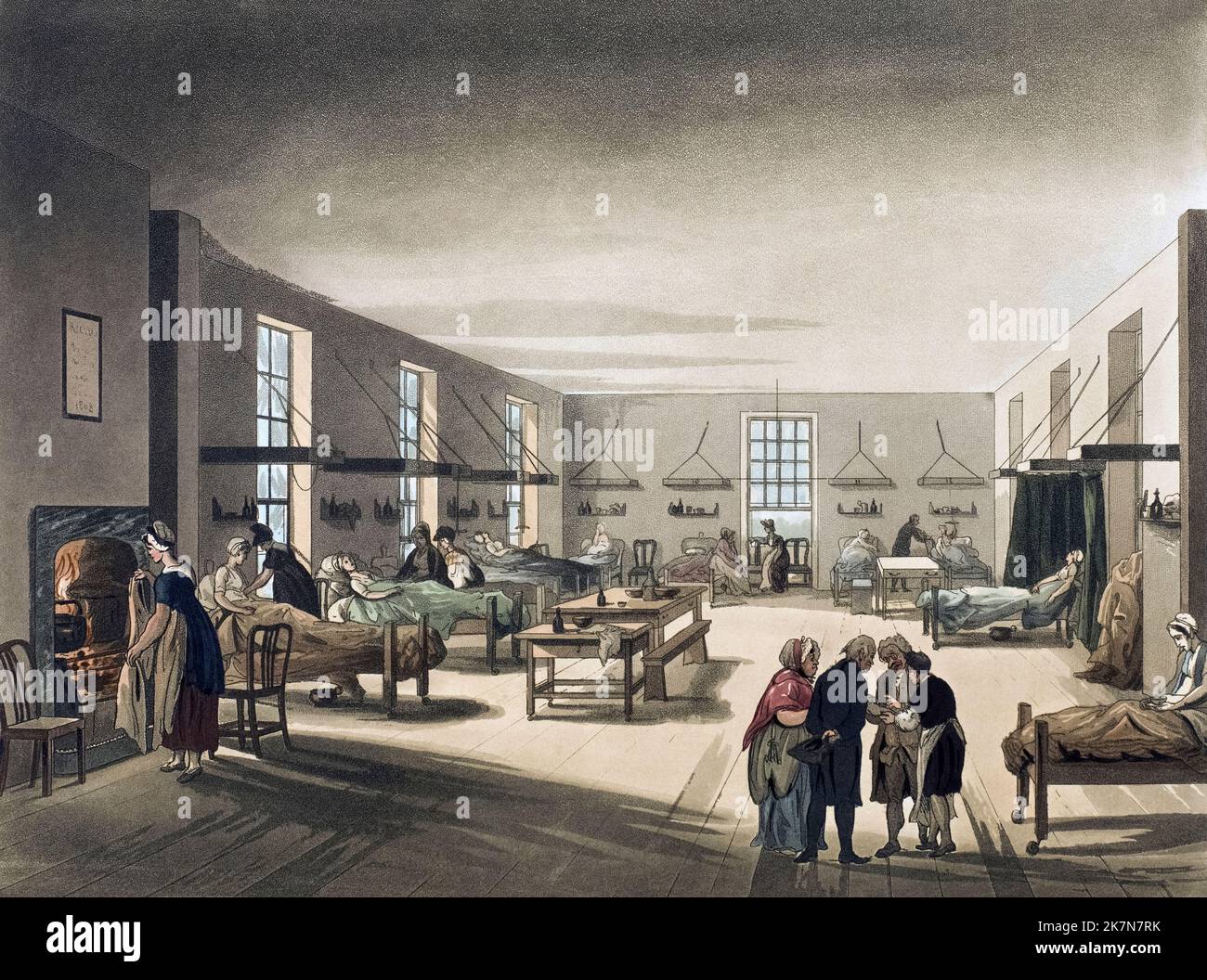 Hospital, Middlesex. Lying in hospital. Circa 1808. After a work by August Pugin and Thomas Rowlandson in the Microcosm of London, published in three volumes between 1808 and 1810 by Rudolph Ackermann. Pugin was the artist responsible for the architectural elements in the Microcosm pictures; Thomas Rowlandson was hired to add the lively human figures. Stock Photohttps://www.alamy.com/image-license-details/?v=1https://www.alamy.com/hospital-middlesex-lying-in-hospital-circa-1808-after-a-work-by-august-pugin-and-thomas-rowlandson-in-the-microcosm-of-london-published-in-three-volumes-between-1808-and-1810-by-rudolph-ackermann-pugin-was-the-artist-responsible-for-the-architectural-elements-in-the-microcosm-pictures-thomas-rowlandson-was-hired-to-add-the-lively-human-figures-image486660039.html
Hospital, Middlesex. Lying in hospital. Circa 1808. After a work by August Pugin and Thomas Rowlandson in the Microcosm of London, published in three volumes between 1808 and 1810 by Rudolph Ackermann. Pugin was the artist responsible for the architectural elements in the Microcosm pictures; Thomas Rowlandson was hired to add the lively human figures. Stock Photohttps://www.alamy.com/image-license-details/?v=1https://www.alamy.com/hospital-middlesex-lying-in-hospital-circa-1808-after-a-work-by-august-pugin-and-thomas-rowlandson-in-the-microcosm-of-london-published-in-three-volumes-between-1808-and-1810-by-rudolph-ackermann-pugin-was-the-artist-responsible-for-the-architectural-elements-in-the-microcosm-pictures-thomas-rowlandson-was-hired-to-add-the-lively-human-figures-image486660039.htmlRM2K7N7RK–Hospital, Middlesex. Lying in hospital. Circa 1808. After a work by August Pugin and Thomas Rowlandson in the Microcosm of London, published in three volumes between 1808 and 1810 by Rudolph Ackermann. Pugin was the artist responsible for the architectural elements in the Microcosm pictures; Thomas Rowlandson was hired to add the lively human figures.
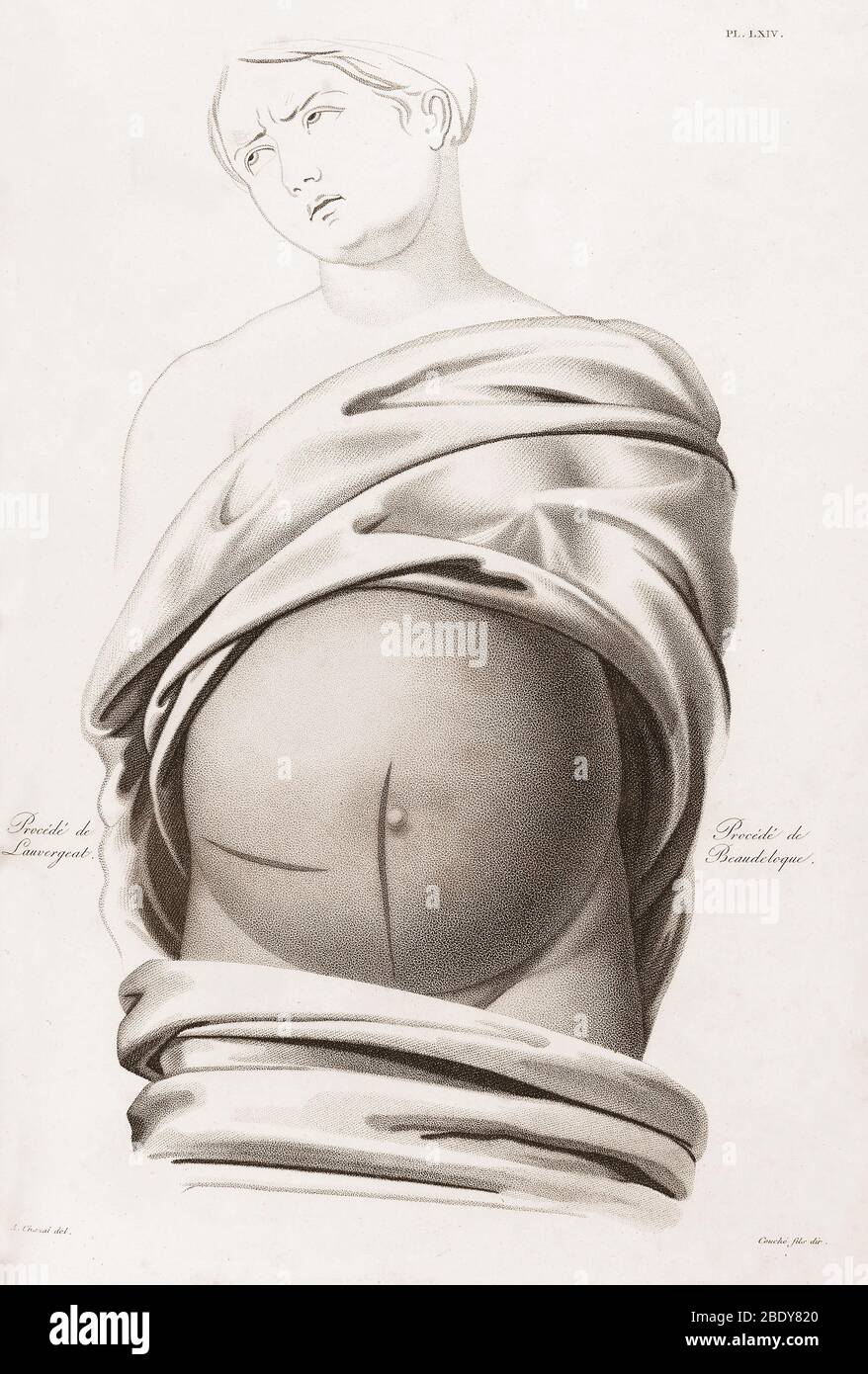 Cesarean Section, Incisions, Illustration, 1822 Stock Photohttps://www.alamy.com/image-license-details/?v=1https://www.alamy.com/cesarean-section-incisions-illustration-1822-image352796920.html
Cesarean Section, Incisions, Illustration, 1822 Stock Photohttps://www.alamy.com/image-license-details/?v=1https://www.alamy.com/cesarean-section-incisions-illustration-1822-image352796920.htmlRM2BDY820–Cesarean Section, Incisions, Illustration, 1822
 Illustration of the 19th century engraving of Head of Hera Stock Photohttps://www.alamy.com/image-license-details/?v=1https://www.alamy.com/illustration-of-the-19th-century-engraving-of-head-of-hera-image451892020.html
Illustration of the 19th century engraving of Head of Hera Stock Photohttps://www.alamy.com/image-license-details/?v=1https://www.alamy.com/illustration-of-the-19th-century-engraving-of-head-of-hera-image451892020.htmlRF2H75CTM–Illustration of the 19th century engraving of Head of Hera
 Illustration showing a partial placental presentation with (top) the membranes unruptured and (bottom) the membranes broken. In this condition, known as placenta previa, the mother may fatally hemorrhage before giving birth. Woodcut engraving, 1841. Placenta previa occurs when a baby's placenta partially or totally covers the opening in the mother's cervix. It can cause severe bleeding before or during delivery. Stock Photohttps://www.alamy.com/image-license-details/?v=1https://www.alamy.com/illustration-showing-a-partial-placental-presentation-with-top-the-membranes-unruptured-and-bottom-the-membranes-broken-in-this-condition-known-as-placenta-previa-the-mother-may-fatally-hemorrhage-before-giving-birth-woodcut-engraving-1841-placenta-previa-occurs-when-a-babys-placenta-partially-or-totally-covers-the-opening-in-the-mothers-cervix-it-can-cause-severe-bleeding-before-or-during-delivery-image458812885.html
Illustration showing a partial placental presentation with (top) the membranes unruptured and (bottom) the membranes broken. In this condition, known as placenta previa, the mother may fatally hemorrhage before giving birth. Woodcut engraving, 1841. Placenta previa occurs when a baby's placenta partially or totally covers the opening in the mother's cervix. It can cause severe bleeding before or during delivery. Stock Photohttps://www.alamy.com/image-license-details/?v=1https://www.alamy.com/illustration-showing-a-partial-placental-presentation-with-top-the-membranes-unruptured-and-bottom-the-membranes-broken-in-this-condition-known-as-placenta-previa-the-mother-may-fatally-hemorrhage-before-giving-birth-woodcut-engraving-1841-placenta-previa-occurs-when-a-babys-placenta-partially-or-totally-covers-the-opening-in-the-mothers-cervix-it-can-cause-severe-bleeding-before-or-during-delivery-image458812885.htmlRM2HJCMED–Illustration showing a partial placental presentation with (top) the membranes unruptured and (bottom) the membranes broken. In this condition, known as placenta previa, the mother may fatally hemorrhage before giving birth. Woodcut engraving, 1841. Placenta previa occurs when a baby's placenta partially or totally covers the opening in the mother's cervix. It can cause severe bleeding before or during delivery.
 Figure, c. 1900, 20-1/4 x 9-1/2 x 9-3/8 in. (51.4 x 24.1 x 23.8 cm), Wood, Democratic Republic of the Congo, 19th-20th century, Luba artists most frequently carved female figures. Women held a strong position in Luba society and performed a variety of social, spiritual and political roles. They were associated with sacred ceremonies and the ancestors and were believed to have protective and rejuvenative power. This sculpture, called a kabila or mboko, represents a kneeling woman with a vessel in her lap. Her high status is indicated by her elaborate coiffure and body scarification. Stock Photohttps://www.alamy.com/image-license-details/?v=1https://www.alamy.com/figure-c-1900-20-14-x-9-12-x-9-38-in-514-x-241-x-238-cm-wood-democratic-republic-of-the-congo-19th-20th-century-luba-artists-most-frequently-carved-female-figures-women-held-a-strong-position-in-luba-society-and-performed-a-variety-of-social-spiritual-and-political-roles-they-were-associated-with-sacred-ceremonies-and-the-ancestors-and-were-believed-to-have-protective-and-rejuvenative-power-this-sculpture-called-a-kabila-or-mboko-represents-a-kneeling-woman-with-a-vessel-in-her-lap-her-high-status-is-indicated-by-her-elaborate-coiffure-and-body-scarification-image573507667.html
Figure, c. 1900, 20-1/4 x 9-1/2 x 9-3/8 in. (51.4 x 24.1 x 23.8 cm), Wood, Democratic Republic of the Congo, 19th-20th century, Luba artists most frequently carved female figures. Women held a strong position in Luba society and performed a variety of social, spiritual and political roles. They were associated with sacred ceremonies and the ancestors and were believed to have protective and rejuvenative power. This sculpture, called a kabila or mboko, represents a kneeling woman with a vessel in her lap. Her high status is indicated by her elaborate coiffure and body scarification. Stock Photohttps://www.alamy.com/image-license-details/?v=1https://www.alamy.com/figure-c-1900-20-14-x-9-12-x-9-38-in-514-x-241-x-238-cm-wood-democratic-republic-of-the-congo-19th-20th-century-luba-artists-most-frequently-carved-female-figures-women-held-a-strong-position-in-luba-society-and-performed-a-variety-of-social-spiritual-and-political-roles-they-were-associated-with-sacred-ceremonies-and-the-ancestors-and-were-believed-to-have-protective-and-rejuvenative-power-this-sculpture-called-a-kabila-or-mboko-represents-a-kneeling-woman-with-a-vessel-in-her-lap-her-high-status-is-indicated-by-her-elaborate-coiffure-and-body-scarification-image573507667.htmlRM2T91ETK–Figure, c. 1900, 20-1/4 x 9-1/2 x 9-3/8 in. (51.4 x 24.1 x 23.8 cm), Wood, Democratic Republic of the Congo, 19th-20th century, Luba artists most frequently carved female figures. Women held a strong position in Luba society and performed a variety of social, spiritual and political roles. They were associated with sacred ceremonies and the ancestors and were believed to have protective and rejuvenative power. This sculpture, called a kabila or mboko, represents a kneeling woman with a vessel in her lap. Her high status is indicated by her elaborate coiffure and body scarification.
 Method of giving birth, Pennsylvania, USA, 1889. Colorized etching. Stock Photohttps://www.alamy.com/image-license-details/?v=1https://www.alamy.com/method-of-giving-birth-pennsylvania-usa-1889-colorized-etching-image458811903.html
Method of giving birth, Pennsylvania, USA, 1889. Colorized etching. Stock Photohttps://www.alamy.com/image-license-details/?v=1https://www.alamy.com/method-of-giving-birth-pennsylvania-usa-1889-colorized-etching-image458811903.htmlRM2HJCK7B–Method of giving birth, Pennsylvania, USA, 1889. Colorized etching.
 Art inspired by Dog Amulet (Inu Hariko), Edo period (1615–1868)–Meiji period (1868–1912), mid-19th century, Japan, Ivory inlaid with mother-of-pearl, metal and cloisonné, H. 1 in. (2.5 cm); W. 1 3/8 in. (3.5 cm), Netsuke, Shitayama, Inlaid with mother-of-pearl and cloisonné, this, Classic works modernized by Artotop with a splash of modernity. Shapes, color and value, eye-catching visual impact on art. Emotions through freedom of artworks in a contemporary way. A timeless message pursuing a wildly creative new direction. Artists turning to the digital medium and creating the Artotop NFT Stock Photohttps://www.alamy.com/image-license-details/?v=1https://www.alamy.com/art-inspired-by-dog-amulet-inu-hariko-edo-period-16151868meiji-period-18681912-mid-19th-century-japan-ivory-inlaid-with-mother-of-pearl-metal-and-cloisonn-h-1-in-25-cm-w-1-38-in-35-cm-netsuke-shitayama-inlaid-with-mother-of-pearl-and-cloisonn-this-classic-works-modernized-by-artotop-with-a-splash-of-modernity-shapes-color-and-value-eye-catching-visual-impact-on-art-emotions-through-freedom-of-artworks-in-a-contemporary-way-a-timeless-message-pursuing-a-wildly-creative-new-direction-artists-turning-to-the-digital-medium-and-creating-the-artotop-nft-image462920755.html
Art inspired by Dog Amulet (Inu Hariko), Edo period (1615–1868)–Meiji period (1868–1912), mid-19th century, Japan, Ivory inlaid with mother-of-pearl, metal and cloisonné, H. 1 in. (2.5 cm); W. 1 3/8 in. (3.5 cm), Netsuke, Shitayama, Inlaid with mother-of-pearl and cloisonné, this, Classic works modernized by Artotop with a splash of modernity. Shapes, color and value, eye-catching visual impact on art. Emotions through freedom of artworks in a contemporary way. A timeless message pursuing a wildly creative new direction. Artists turning to the digital medium and creating the Artotop NFT Stock Photohttps://www.alamy.com/image-license-details/?v=1https://www.alamy.com/art-inspired-by-dog-amulet-inu-hariko-edo-period-16151868meiji-period-18681912-mid-19th-century-japan-ivory-inlaid-with-mother-of-pearl-metal-and-cloisonn-h-1-in-25-cm-w-1-38-in-35-cm-netsuke-shitayama-inlaid-with-mother-of-pearl-and-cloisonn-this-classic-works-modernized-by-artotop-with-a-splash-of-modernity-shapes-color-and-value-eye-catching-visual-impact-on-art-emotions-through-freedom-of-artworks-in-a-contemporary-way-a-timeless-message-pursuing-a-wildly-creative-new-direction-artists-turning-to-the-digital-medium-and-creating-the-artotop-nft-image462920755.htmlRF2HW3T43–Art inspired by Dog Amulet (Inu Hariko), Edo period (1615–1868)–Meiji period (1868–1912), mid-19th century, Japan, Ivory inlaid with mother-of-pearl, metal and cloisonné, H. 1 in. (2.5 cm); W. 1 3/8 in. (3.5 cm), Netsuke, Shitayama, Inlaid with mother-of-pearl and cloisonné, this, Classic works modernized by Artotop with a splash of modernity. Shapes, color and value, eye-catching visual impact on art. Emotions through freedom of artworks in a contemporary way. A timeless message pursuing a wildly creative new direction. Artists turning to the digital medium and creating the Artotop NFT
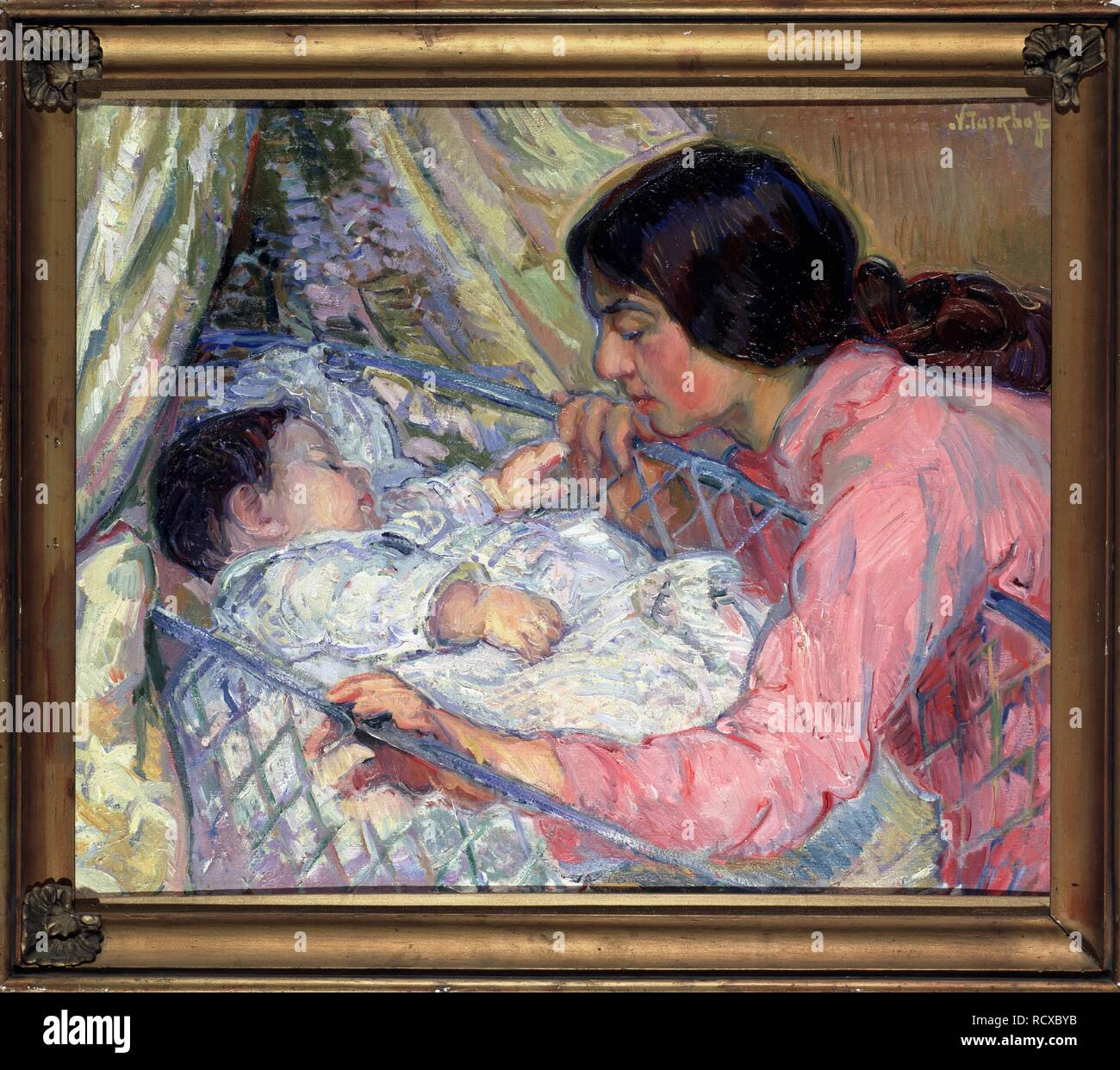 At the Cradle. Museum: State Tretyakov Gallery, Moscow. Author: Tarkhov, Nikolai Alexandrovich. Stock Photohttps://www.alamy.com/image-license-details/?v=1https://www.alamy.com/at-the-cradle-museum-state-tretyakov-gallery-moscow-author-tarkhov-nikolai-alexandrovich-image231690799.html
At the Cradle. Museum: State Tretyakov Gallery, Moscow. Author: Tarkhov, Nikolai Alexandrovich. Stock Photohttps://www.alamy.com/image-license-details/?v=1https://www.alamy.com/at-the-cradle-museum-state-tretyakov-gallery-moscow-author-tarkhov-nikolai-alexandrovich-image231690799.htmlRMRCXBYB–At the Cradle. Museum: State Tretyakov Gallery, Moscow. Author: Tarkhov, Nikolai Alexandrovich.
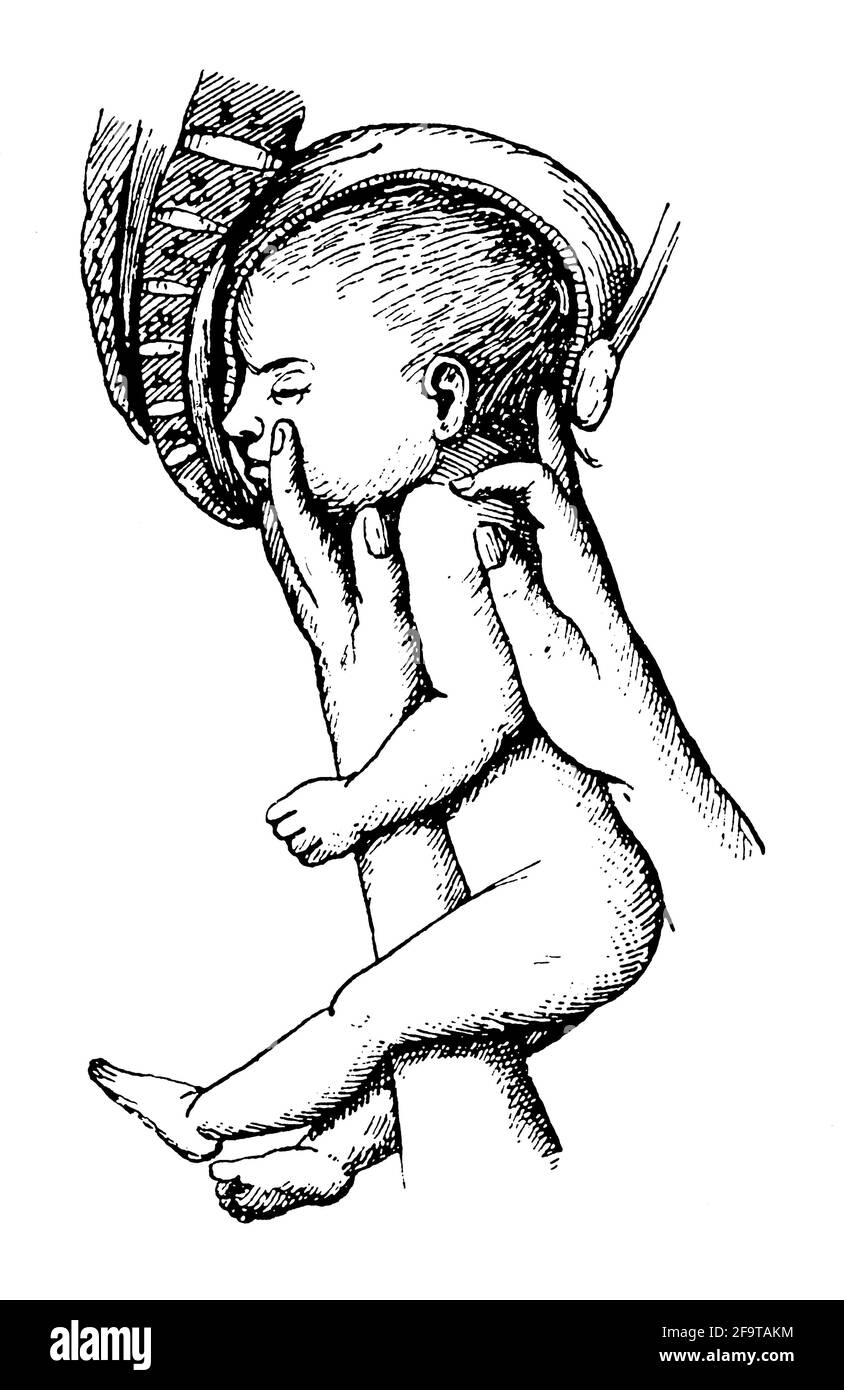 Obstetrics. Childbirth. Illustration of the 19th century. Germany. White background. Stock Photohttps://www.alamy.com/image-license-details/?v=1https://www.alamy.com/obstetrics-childbirth-illustration-of-the-19th-century-germany-white-background-image419115976.html
Obstetrics. Childbirth. Illustration of the 19th century. Germany. White background. Stock Photohttps://www.alamy.com/image-license-details/?v=1https://www.alamy.com/obstetrics-childbirth-illustration-of-the-19th-century-germany-white-background-image419115976.htmlRF2F9TAKM–Obstetrics. Childbirth. Illustration of the 19th century. Germany. White background.
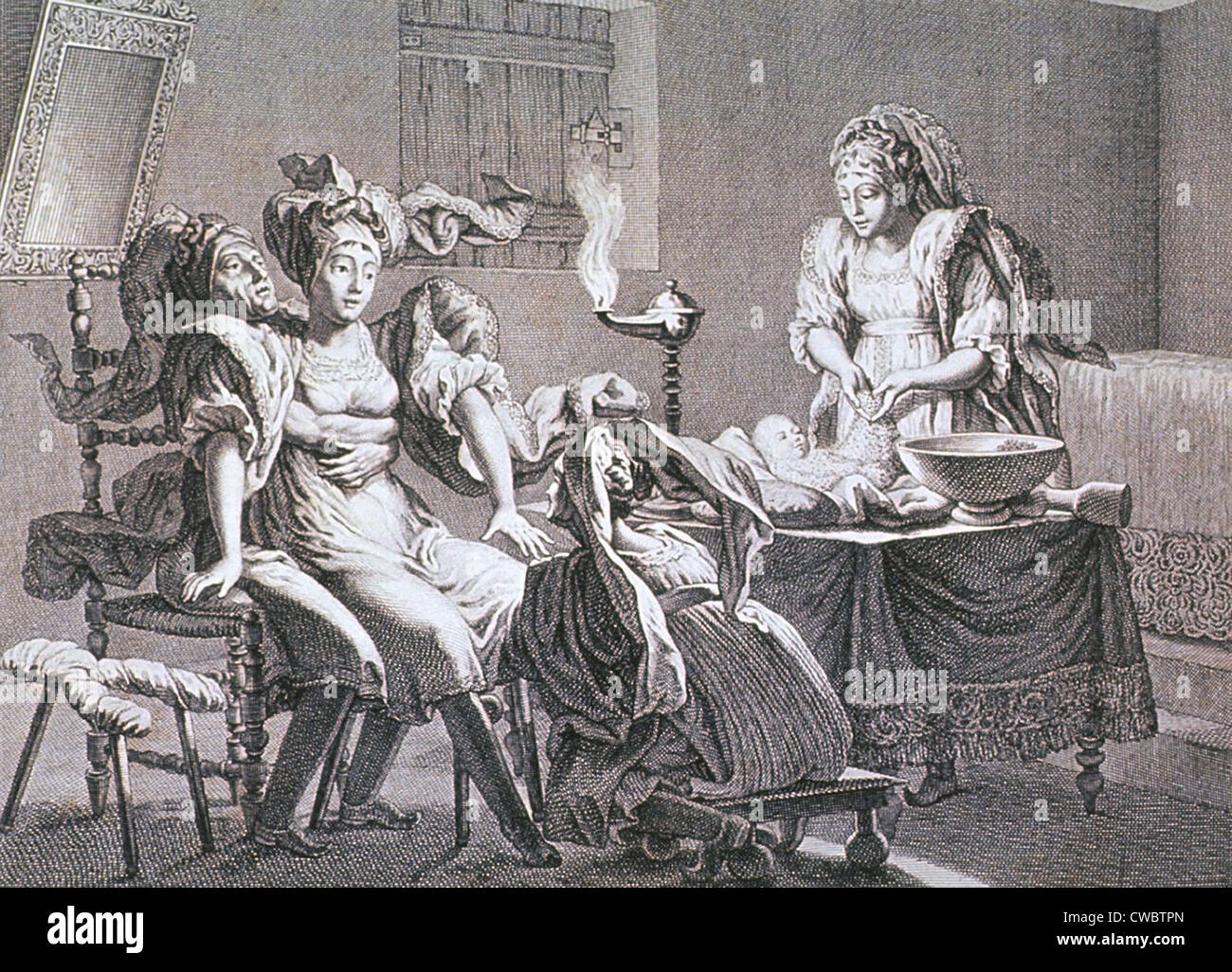 A woman has given birth with the aid of three midwives. She is sitting in the lap of one who has her arms around her; the Stock Photohttps://www.alamy.com/image-license-details/?v=1https://www.alamy.com/stock-photo-a-woman-has-given-birth-with-the-aid-of-three-midwives-she-is-sitting-50048061.html
A woman has given birth with the aid of three midwives. She is sitting in the lap of one who has her arms around her; the Stock Photohttps://www.alamy.com/image-license-details/?v=1https://www.alamy.com/stock-photo-a-woman-has-given-birth-with-the-aid-of-three-midwives-she-is-sitting-50048061.htmlRMCWBTPN–A woman has given birth with the aid of three midwives. She is sitting in the lap of one who has her arms around her; the
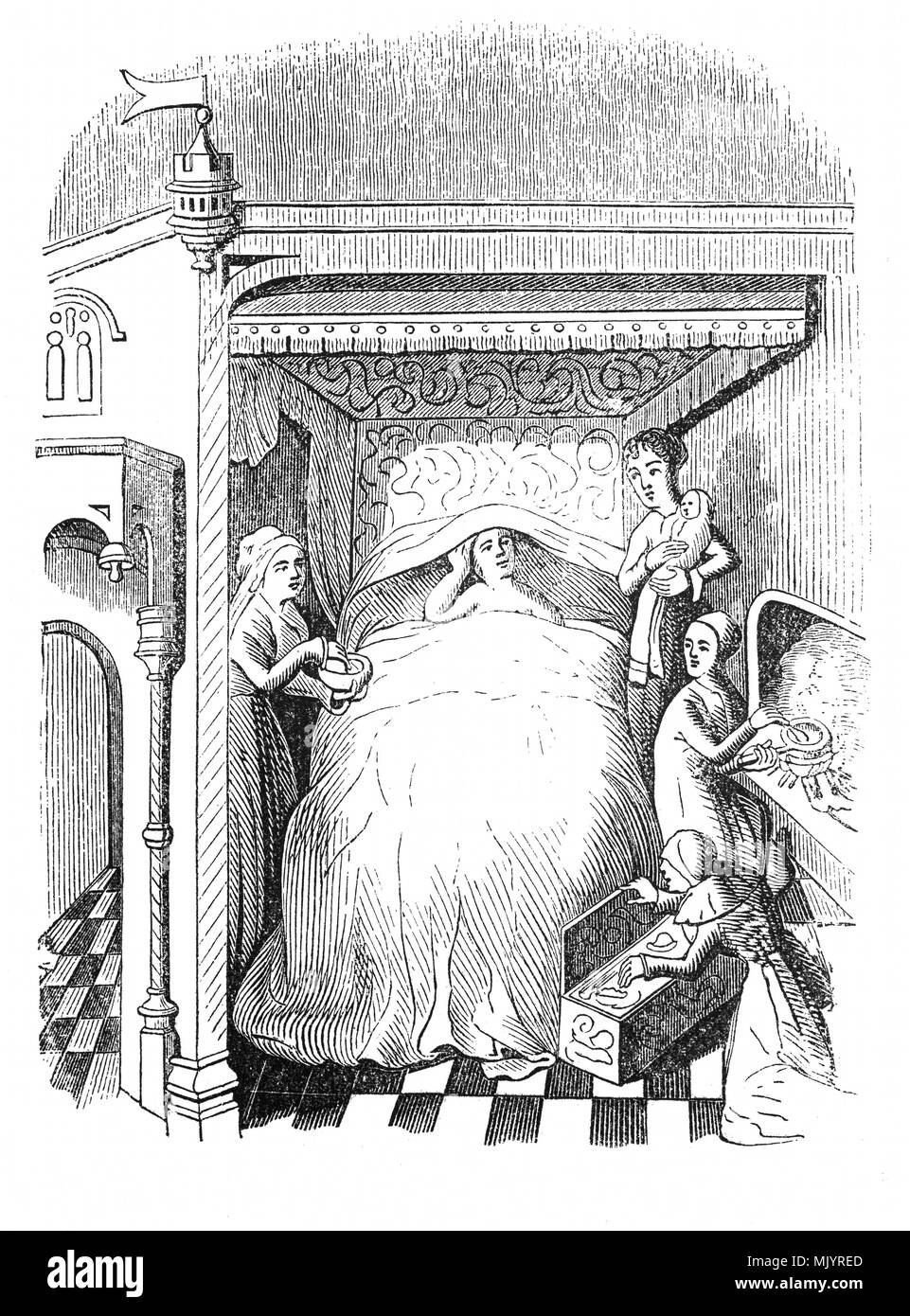 A 15th - 16th century bedroom in which the bed was an opportunity to show off status. Probably belonging to a wealthy family, large, impressive, often encrusted with gold or jewels and ornately carved, beds expanded far beyond a simple platform during the Middle Ages. Typically made of heavy wood, the beds of the wealthy were raised high off the floor, sometimes so high that a stepstool was required to reach them. Note the many ladies in waiting and the nurse with a child, possibly following childbirth. Stock Photohttps://www.alamy.com/image-license-details/?v=1https://www.alamy.com/a-15th-16th-century-bedroom-in-which-the-bed-was-an-opportunity-to-show-off-status-probably-belonging-to-a-wealthy-family-large-impressive-often-encrusted-with-gold-or-jewels-and-ornately-carved-beds-expanded-far-beyond-a-simple-platform-during-the-middle-ages-typically-made-of-heavy-wood-the-beds-of-the-wealthy-were-raised-high-off-the-floor-sometimes-so-high-that-a-stepstool-was-required-to-reach-them-note-the-many-ladies-in-waiting-and-the-nurse-with-a-child-possibly-following-childbirth-image183778629.html
A 15th - 16th century bedroom in which the bed was an opportunity to show off status. Probably belonging to a wealthy family, large, impressive, often encrusted with gold or jewels and ornately carved, beds expanded far beyond a simple platform during the Middle Ages. Typically made of heavy wood, the beds of the wealthy were raised high off the floor, sometimes so high that a stepstool was required to reach them. Note the many ladies in waiting and the nurse with a child, possibly following childbirth. Stock Photohttps://www.alamy.com/image-license-details/?v=1https://www.alamy.com/a-15th-16th-century-bedroom-in-which-the-bed-was-an-opportunity-to-show-off-status-probably-belonging-to-a-wealthy-family-large-impressive-often-encrusted-with-gold-or-jewels-and-ornately-carved-beds-expanded-far-beyond-a-simple-platform-during-the-middle-ages-typically-made-of-heavy-wood-the-beds-of-the-wealthy-were-raised-high-off-the-floor-sometimes-so-high-that-a-stepstool-was-required-to-reach-them-note-the-many-ladies-in-waiting-and-the-nurse-with-a-child-possibly-following-childbirth-image183778629.htmlRMMJYRED–A 15th - 16th century bedroom in which the bed was an opportunity to show off status. Probably belonging to a wealthy family, large, impressive, often encrusted with gold or jewels and ornately carved, beds expanded far beyond a simple platform during the Middle Ages. Typically made of heavy wood, the beds of the wealthy were raised high off the floor, sometimes so high that a stepstool was required to reach them. Note the many ladies in waiting and the nurse with a child, possibly following childbirth.
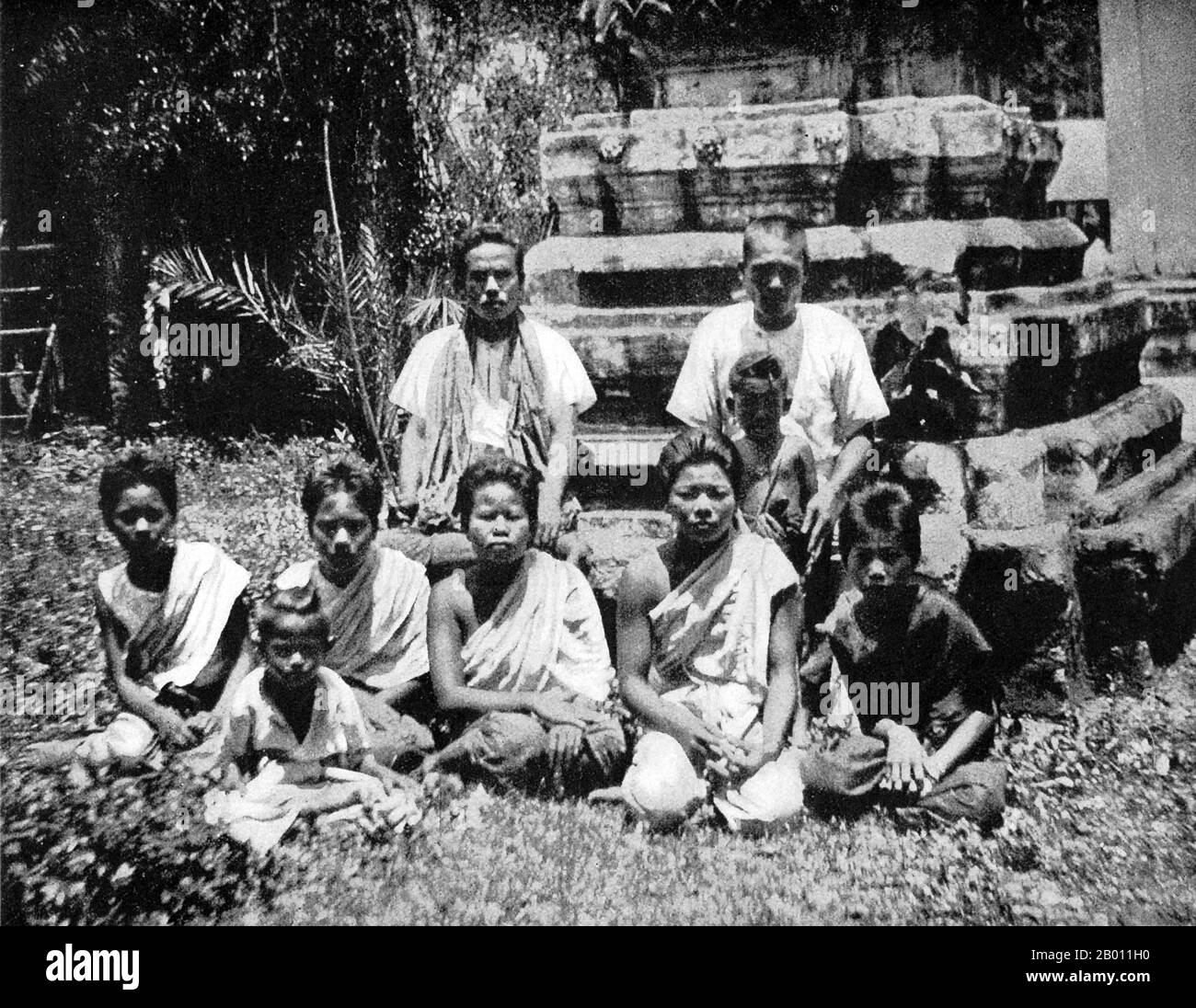 Thailand: Dressed in white mourning robes, family members gather at a funeral chedi to pay respect to the deceased, Siam, late 19th century. In 19th-century Siam, people of all ranks were cremated rather than buried, with the exception of criminals, babies and women who had died in childbirth. Funereal festivities including Chinese theatre and musical shows were held alongside chanting by Buddhist monks to celebrate the reincarnation of the soul as per Buddhist belief. Nearly 95 percent of the Thai population are Theravada Buddhists. Stock Photohttps://www.alamy.com/image-license-details/?v=1https://www.alamy.com/thailand-dressed-in-white-mourning-robes-family-members-gather-at-a-funeral-chedi-to-pay-respect-to-the-deceased-siam-late-19th-century-in-19th-century-siam-people-of-all-ranks-were-cremated-rather-than-buried-with-the-exception-of-criminals-babies-and-women-who-had-died-in-childbirth-funereal-festivities-including-chinese-theatre-and-musical-shows-were-held-alongside-chanting-by-buddhist-monks-to-celebrate-the-reincarnation-of-the-soul-as-per-buddhist-belief-nearly-95-percent-of-the-thai-population-are-theravada-buddhists-image344230572.html
Thailand: Dressed in white mourning robes, family members gather at a funeral chedi to pay respect to the deceased, Siam, late 19th century. In 19th-century Siam, people of all ranks were cremated rather than buried, with the exception of criminals, babies and women who had died in childbirth. Funereal festivities including Chinese theatre and musical shows were held alongside chanting by Buddhist monks to celebrate the reincarnation of the soul as per Buddhist belief. Nearly 95 percent of the Thai population are Theravada Buddhists. Stock Photohttps://www.alamy.com/image-license-details/?v=1https://www.alamy.com/thailand-dressed-in-white-mourning-robes-family-members-gather-at-a-funeral-chedi-to-pay-respect-to-the-deceased-siam-late-19th-century-in-19th-century-siam-people-of-all-ranks-were-cremated-rather-than-buried-with-the-exception-of-criminals-babies-and-women-who-had-died-in-childbirth-funereal-festivities-including-chinese-theatre-and-musical-shows-were-held-alongside-chanting-by-buddhist-monks-to-celebrate-the-reincarnation-of-the-soul-as-per-buddhist-belief-nearly-95-percent-of-the-thai-population-are-theravada-buddhists-image344230572.htmlRM2B011H0–Thailand: Dressed in white mourning robes, family members gather at a funeral chedi to pay respect to the deceased, Siam, late 19th century. In 19th-century Siam, people of all ranks were cremated rather than buried, with the exception of criminals, babies and women who had died in childbirth. Funereal festivities including Chinese theatre and musical shows were held alongside chanting by Buddhist monks to celebrate the reincarnation of the soul as per Buddhist belief. Nearly 95 percent of the Thai population are Theravada Buddhists.
 . English: Our Lady 'Help in childbirth' Русский: Ико́на Бо́жией Ма́тери «Поможе́ние ро́дам» . 19th century. anonimus 492 Pomozhenie rodam Stock Photohttps://www.alamy.com/image-license-details/?v=1https://www.alamy.com/english-our-lady-help-in-childbirth-19th-century-anonimus-492-pomozhenie-rodam-image187950413.html
. English: Our Lady 'Help in childbirth' Русский: Ико́на Бо́жией Ма́тери «Поможе́ние ро́дам» . 19th century. anonimus 492 Pomozhenie rodam Stock Photohttps://www.alamy.com/image-license-details/?v=1https://www.alamy.com/english-our-lady-help-in-childbirth-19th-century-anonimus-492-pomozhenie-rodam-image187950413.htmlRMMWNTJN–. English: Our Lady 'Help in childbirth' Русский: Ико́на Бо́жией Ма́тери «Поможе́ние ро́дам» . 19th century. anonimus 492 Pomozhenie rodam
 Pioneer birth scene of two women and two men assist during childbirth of ca. 1800. Illustration from HISTORY OF BIRTH OF ALL PEOPLES. People, 1887, by Gustave Joseph Witkowski. Stock Photohttps://www.alamy.com/image-license-details/?v=1https://www.alamy.com/stock-photo-pioneer-birth-scene-of-two-women-and-two-men-assist-during-childbirth-38132581.html
Pioneer birth scene of two women and two men assist during childbirth of ca. 1800. Illustration from HISTORY OF BIRTH OF ALL PEOPLES. People, 1887, by Gustave Joseph Witkowski. Stock Photohttps://www.alamy.com/image-license-details/?v=1https://www.alamy.com/stock-photo-pioneer-birth-scene-of-two-women-and-two-men-assist-during-childbirth-38132581.htmlRMC612DW–Pioneer birth scene of two women and two men assist during childbirth of ca. 1800. Illustration from HISTORY OF BIRTH OF ALL PEOPLES. People, 1887, by Gustave Joseph Witkowski.
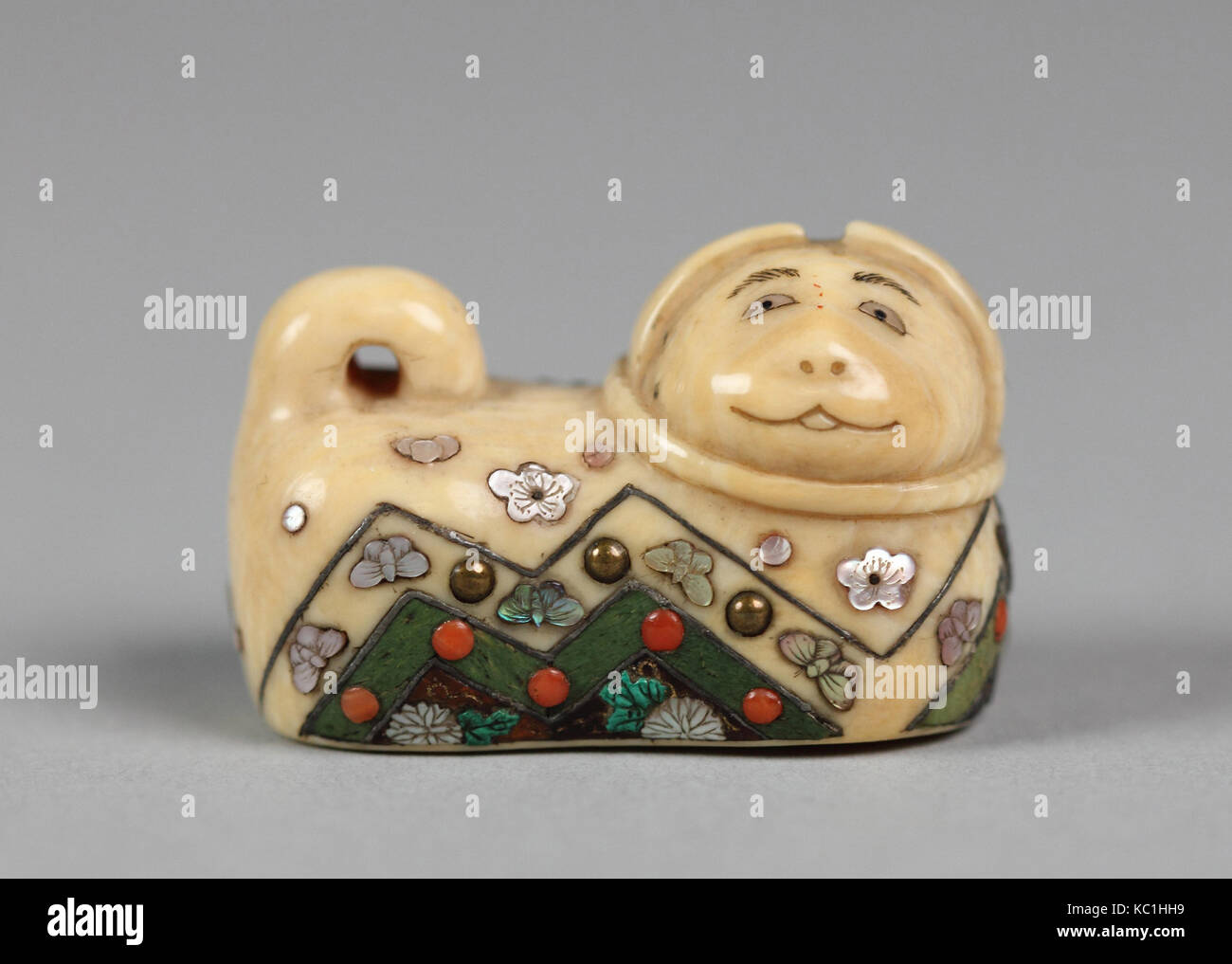 Dog Amulet (Inu Hariko), Shitayama, mid-19th century Stock Photohttps://www.alamy.com/image-license-details/?v=1https://www.alamy.com/stock-image-dog-amulet-inu-hariko-shitayama-mid-19th-century-162304949.html
Dog Amulet (Inu Hariko), Shitayama, mid-19th century Stock Photohttps://www.alamy.com/image-license-details/?v=1https://www.alamy.com/stock-image-dog-amulet-inu-hariko-shitayama-mid-19th-century-162304949.htmlRMKC1HH9–Dog Amulet (Inu Hariko), Shitayama, mid-19th century
 medicine,birth / gynecology,visitors at mother in childbed,Denmark,after painting by Wilhelm Marstrand(1810 - 1873),wood engraving by C.Köhnlein,19th century,19th century,graphic,graphics,mother,mothers,sitting,sit,arm chair,armchair,fauteuil,arm chairs,armchairs,fauteuils,chair,chairs,puerperium,birthing,bear,give birth,delivery,childbearing,childbirth,visit,visits,visitor,visitors,conversation,conversations,talks,talking,talk,medicine,medicines,birth,births,gynecology,gynaecology,childbed,childbeds,historic,hist,Additional-Rights-Clearences-Not Available Stock Photohttps://www.alamy.com/image-license-details/?v=1https://www.alamy.com/medicinebirth-gynecologyvisitors-at-mother-in-childbeddenmarkafter-image60223748.html
medicine,birth / gynecology,visitors at mother in childbed,Denmark,after painting by Wilhelm Marstrand(1810 - 1873),wood engraving by C.Köhnlein,19th century,19th century,graphic,graphics,mother,mothers,sitting,sit,arm chair,armchair,fauteuil,arm chairs,armchairs,fauteuils,chair,chairs,puerperium,birthing,bear,give birth,delivery,childbearing,childbirth,visit,visits,visitor,visitors,conversation,conversations,talks,talking,talk,medicine,medicines,birth,births,gynecology,gynaecology,childbed,childbeds,historic,hist,Additional-Rights-Clearences-Not Available Stock Photohttps://www.alamy.com/image-license-details/?v=1https://www.alamy.com/medicinebirth-gynecologyvisitors-at-mother-in-childbeddenmarkafter-image60223748.htmlRMDDYC04–medicine,birth / gynecology,visitors at mother in childbed,Denmark,after painting by Wilhelm Marstrand(1810 - 1873),wood engraving by C.Köhnlein,19th century,19th century,graphic,graphics,mother,mothers,sitting,sit,arm chair,armchair,fauteuil,arm chairs,armchairs,fauteuils,chair,chairs,puerperium,birthing,bear,give birth,delivery,childbearing,childbirth,visit,visits,visitor,visitors,conversation,conversations,talks,talking,talk,medicine,medicines,birth,births,gynecology,gynaecology,childbed,childbeds,historic,hist,Additional-Rights-Clearences-Not Available
 Princess Charlotte Augusta of Wales, 19th century.Artist: Henry Thomas Ryall Stock Photohttps://www.alamy.com/image-license-details/?v=1https://www.alamy.com/princess-charlotte-augusta-of-wales-19th-centuryartist-henry-thomas-ryall-image262730755.html
Princess Charlotte Augusta of Wales, 19th century.Artist: Henry Thomas Ryall Stock Photohttps://www.alamy.com/image-license-details/?v=1https://www.alamy.com/princess-charlotte-augusta-of-wales-19th-centuryartist-henry-thomas-ryall-image262730755.htmlRMW7CBN7–Princess Charlotte Augusta of Wales, 19th century.Artist: Henry Thomas Ryall
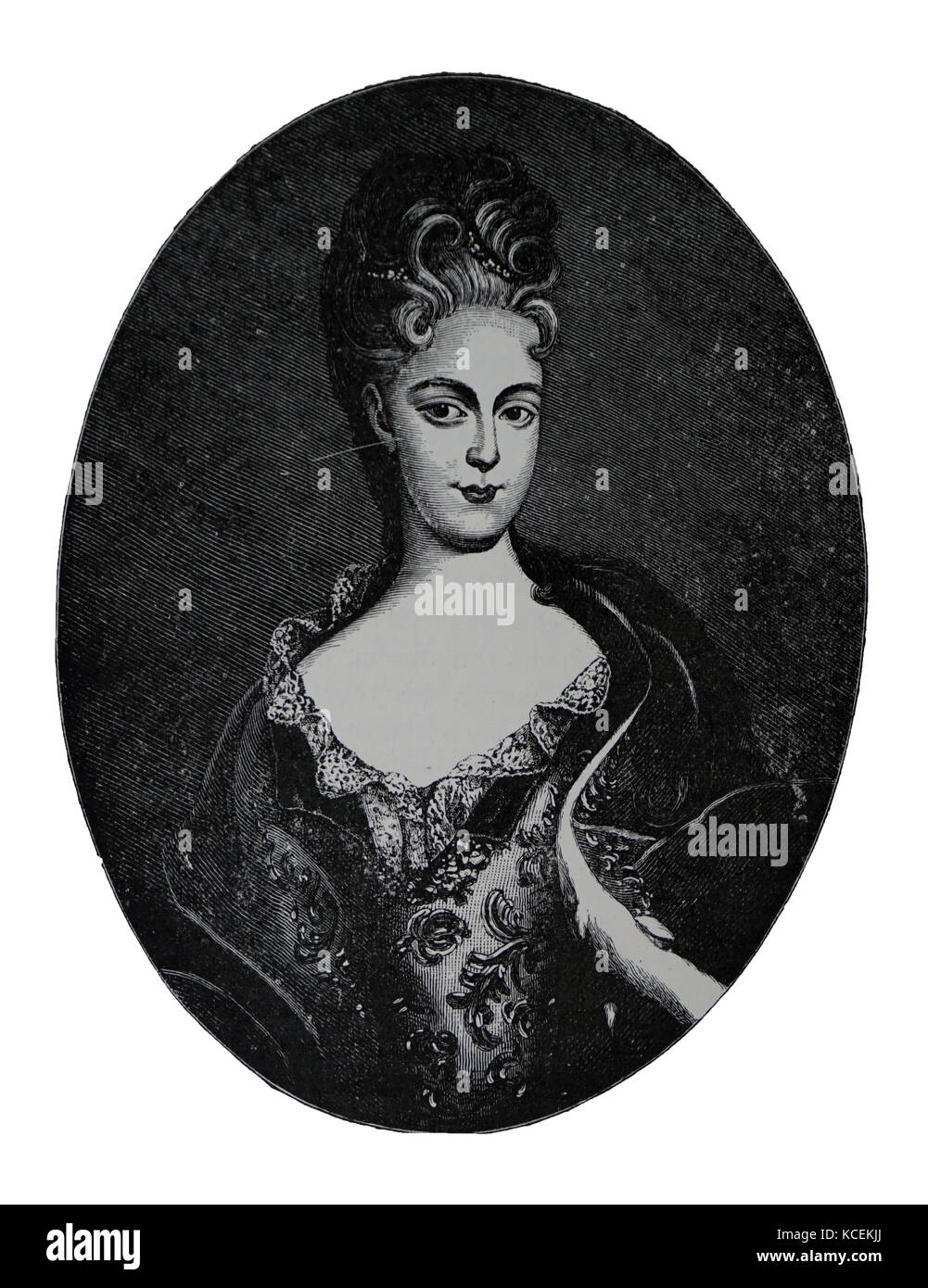 Engraved portrait of Princess Charlotte of Wales (1796-1817) who died during childbirth. Dated 19th Century Stock Photohttps://www.alamy.com/image-license-details/?v=1https://www.alamy.com/stock-image-engraved-portrait-of-princess-charlotte-of-wales-1796-1817-who-died-162591930.html
Engraved portrait of Princess Charlotte of Wales (1796-1817) who died during childbirth. Dated 19th Century Stock Photohttps://www.alamy.com/image-license-details/?v=1https://www.alamy.com/stock-image-engraved-portrait-of-princess-charlotte-of-wales-1796-1817-who-died-162591930.htmlRMKCEKJJ–Engraved portrait of Princess Charlotte of Wales (1796-1817) who died during childbirth. Dated 19th Century
![[ 1890s Japan - Pagoda at Japanese Buddhist Temple, Kobe ] — Mayasan Tenjoji is a Buddhist temple dedicated to Maya, mother of Shakyamuni Buddha at Mount Maya in Kobe, Hyogo Prefecture. An annual festival used to take place on the 7th Day of the 7th Moon, when devotees ascended the mountain by night, giving birth to the English nickname 'Moon Temple.' As Maya is a guardian deity of women, people also came to pray for easy childbirth and good health for their children. 19th century vintage albumen photograph. Stock Photo [ 1890s Japan - Pagoda at Japanese Buddhist Temple, Kobe ] — Mayasan Tenjoji is a Buddhist temple dedicated to Maya, mother of Shakyamuni Buddha at Mount Maya in Kobe, Hyogo Prefecture. An annual festival used to take place on the 7th Day of the 7th Moon, when devotees ascended the mountain by night, giving birth to the English nickname 'Moon Temple.' As Maya is a guardian deity of women, people also came to pray for easy childbirth and good health for their children. 19th century vintage albumen photograph. Stock Photo](https://c8.alamy.com/comp/W2T3M6/1890s-japan-pagoda-at-japanese-buddhist-temple-kobe-mayasan-tenjoji-is-a-buddhist-temple-dedicated-to-maya-mother-of-shakyamuni-buddha-at-mount-maya-in-kobe-hyogo-prefecture-an-annual-festival-used-to-take-place-on-the-7th-day-of-the-7th-moon-when-devotees-ascended-the-mountain-by-night-giving-birth-to-the-english-nickname-moon-temple-as-maya-is-a-guardian-deity-of-women-people-also-came-to-pray-for-easy-childbirth-and-good-health-for-their-children-19th-century-vintage-albumen-photograph-W2T3M6.jpg) [ 1890s Japan - Pagoda at Japanese Buddhist Temple, Kobe ] — Mayasan Tenjoji is a Buddhist temple dedicated to Maya, mother of Shakyamuni Buddha at Mount Maya in Kobe, Hyogo Prefecture. An annual festival used to take place on the 7th Day of the 7th Moon, when devotees ascended the mountain by night, giving birth to the English nickname 'Moon Temple.' As Maya is a guardian deity of women, people also came to pray for easy childbirth and good health for their children. 19th century vintage albumen photograph. Stock Photohttps://www.alamy.com/image-license-details/?v=1https://www.alamy.com/1890s-japan-pagoda-at-japanese-buddhist-temple-kobe-mayasan-tenjoji-is-a-buddhist-temple-dedicated-to-maya-mother-of-shakyamuni-buddha-at-mount-maya-in-kobe-hyogo-prefecture-an-annual-festival-used-to-take-place-on-the-7th-day-of-the-7th-moon-when-devotees-ascended-the-mountain-by-night-giving-birth-to-the-english-nickname-moon-temple-as-maya-is-a-guardian-deity-of-women-people-also-came-to-pray-for-easy-childbirth-and-good-health-for-their-children-19th-century-vintage-albumen-photograph-image259914598.html
[ 1890s Japan - Pagoda at Japanese Buddhist Temple, Kobe ] — Mayasan Tenjoji is a Buddhist temple dedicated to Maya, mother of Shakyamuni Buddha at Mount Maya in Kobe, Hyogo Prefecture. An annual festival used to take place on the 7th Day of the 7th Moon, when devotees ascended the mountain by night, giving birth to the English nickname 'Moon Temple.' As Maya is a guardian deity of women, people also came to pray for easy childbirth and good health for their children. 19th century vintage albumen photograph. Stock Photohttps://www.alamy.com/image-license-details/?v=1https://www.alamy.com/1890s-japan-pagoda-at-japanese-buddhist-temple-kobe-mayasan-tenjoji-is-a-buddhist-temple-dedicated-to-maya-mother-of-shakyamuni-buddha-at-mount-maya-in-kobe-hyogo-prefecture-an-annual-festival-used-to-take-place-on-the-7th-day-of-the-7th-moon-when-devotees-ascended-the-mountain-by-night-giving-birth-to-the-english-nickname-moon-temple-as-maya-is-a-guardian-deity-of-women-people-also-came-to-pray-for-easy-childbirth-and-good-health-for-their-children-19th-century-vintage-albumen-photograph-image259914598.htmlRMW2T3M6–[ 1890s Japan - Pagoda at Japanese Buddhist Temple, Kobe ] — Mayasan Tenjoji is a Buddhist temple dedicated to Maya, mother of Shakyamuni Buddha at Mount Maya in Kobe, Hyogo Prefecture. An annual festival used to take place on the 7th Day of the 7th Moon, when devotees ascended the mountain by night, giving birth to the English nickname 'Moon Temple.' As Maya is a guardian deity of women, people also came to pray for easy childbirth and good health for their children. 19th century vintage albumen photograph.
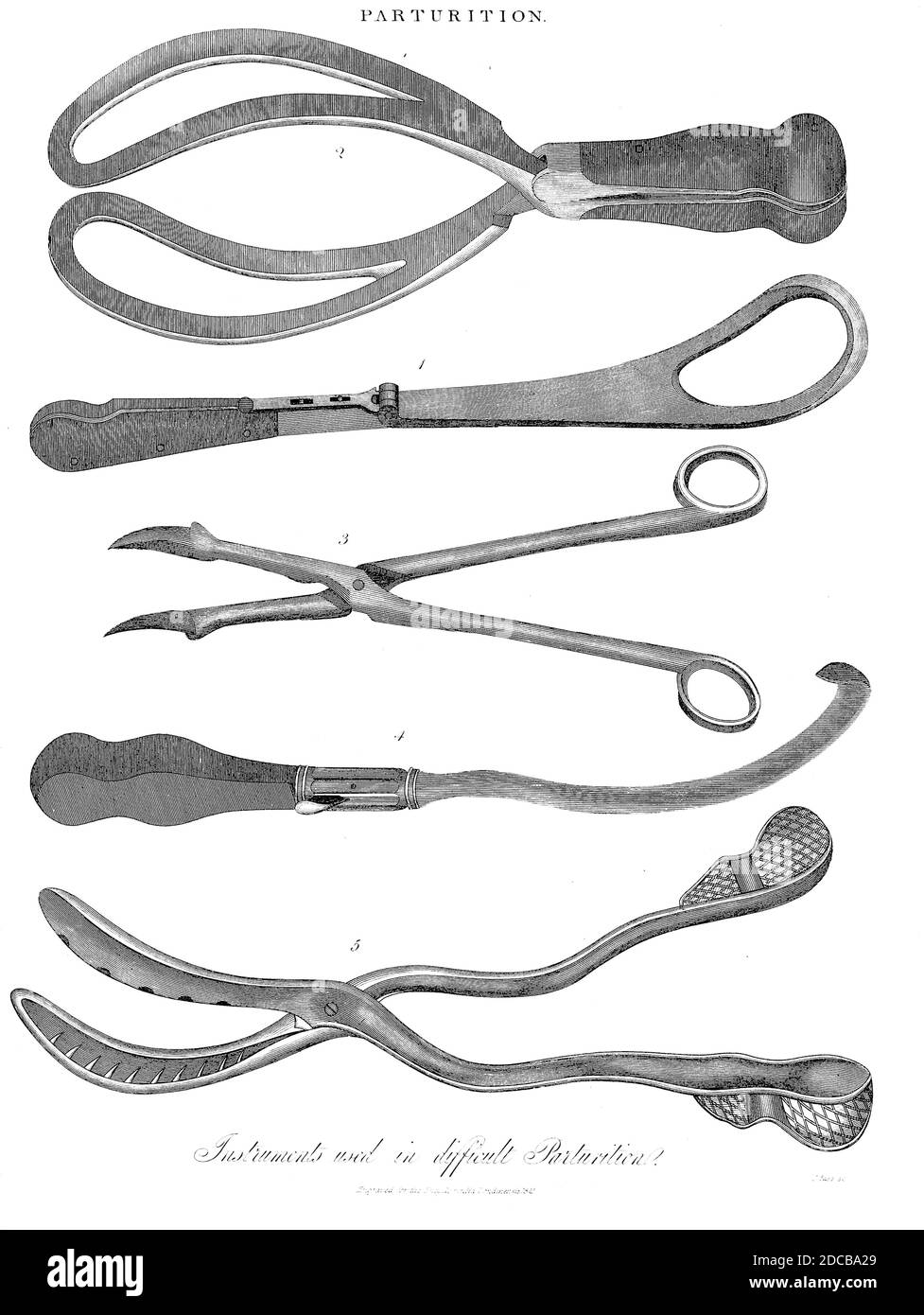 19th century Instruments used in difficult Parturition (Birth) Copperplate engraving From the Encyclopaedia Londinensis or, Universal dictionary of arts, sciences, and literature; Volume XVIII; Edited by Wilkes, John. Published in London in 1821 Stock Photohttps://www.alamy.com/image-license-details/?v=1https://www.alamy.com/19th-century-instruments-used-in-difficult-parturition-birth-copperplate-engraving-from-the-encyclopaedia-londinensis-or-universal-dictionary-of-arts-sciences-and-literature-volume-xviii-edited-by-wilkes-john-published-in-london-in-1821-image386253345.html
19th century Instruments used in difficult Parturition (Birth) Copperplate engraving From the Encyclopaedia Londinensis or, Universal dictionary of arts, sciences, and literature; Volume XVIII; Edited by Wilkes, John. Published in London in 1821 Stock Photohttps://www.alamy.com/image-license-details/?v=1https://www.alamy.com/19th-century-instruments-used-in-difficult-parturition-birth-copperplate-engraving-from-the-encyclopaedia-londinensis-or-universal-dictionary-of-arts-sciences-and-literature-volume-xviii-edited-by-wilkes-john-published-in-london-in-1821-image386253345.htmlRF2DCBA29–19th century Instruments used in difficult Parturition (Birth) Copperplate engraving From the Encyclopaedia Londinensis or, Universal dictionary of arts, sciences, and literature; Volume XVIII; Edited by Wilkes, John. Published in London in 1821
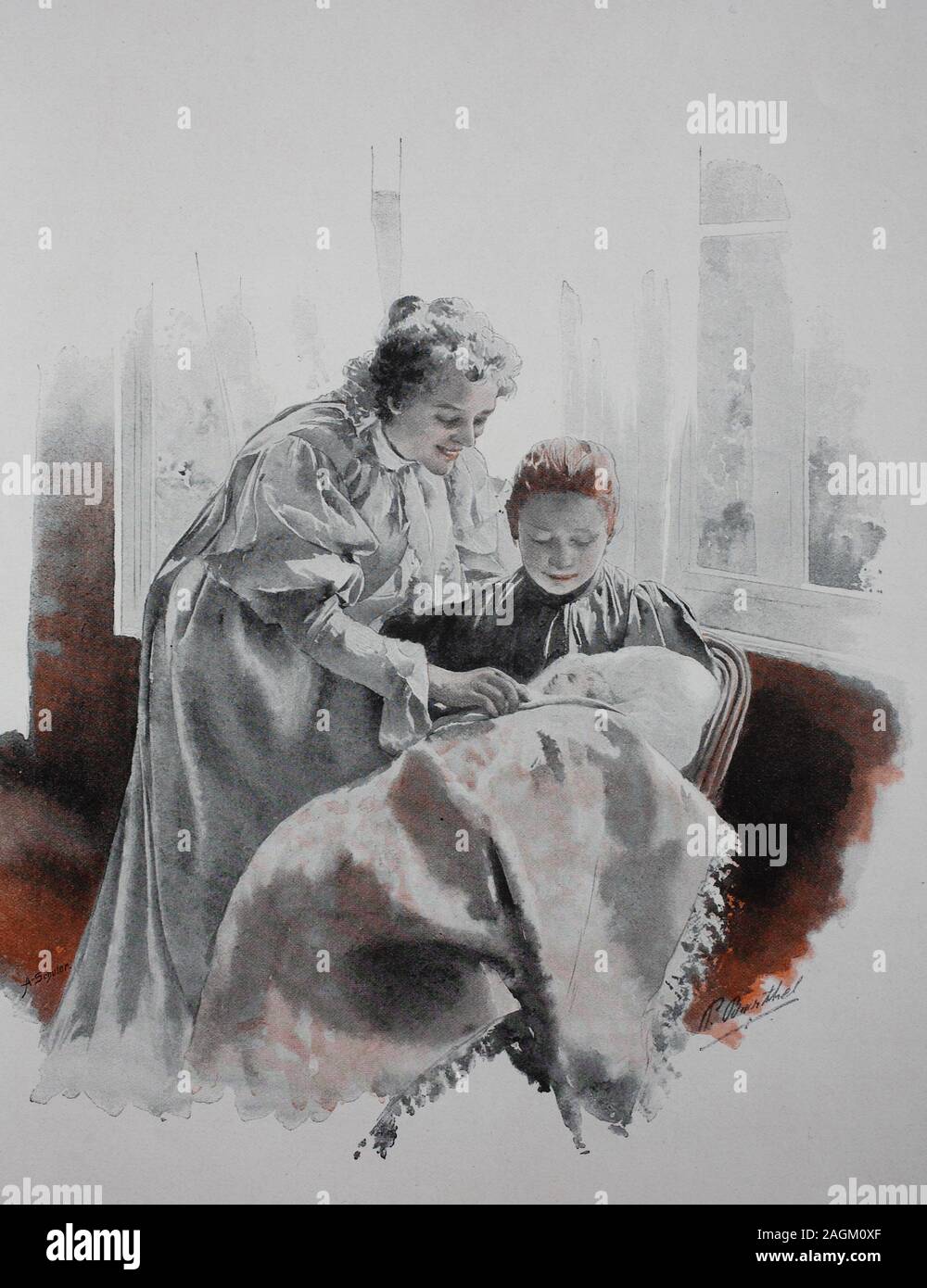 The son and heir, mother and grandmother with a baby, original print from the year 1899, Der Sohn und der Erbe, die Mutter und die Großmutter mit einem Baby, Reproduktion einer Originalvorlage aus dem 19. Jahrhundert, digital verbessert Stock Photohttps://www.alamy.com/image-license-details/?v=1https://www.alamy.com/the-son-and-heir-mother-and-grandmother-with-a-baby-original-print-from-the-year-1899-der-sohn-und-der-erbe-die-mutter-und-die-gromutter-mit-einem-baby-reproduktion-einer-originalvorlage-aus-dem-19-jahrhundert-digital-verbessert-image337271271.html
The son and heir, mother and grandmother with a baby, original print from the year 1899, Der Sohn und der Erbe, die Mutter und die Großmutter mit einem Baby, Reproduktion einer Originalvorlage aus dem 19. Jahrhundert, digital verbessert Stock Photohttps://www.alamy.com/image-license-details/?v=1https://www.alamy.com/the-son-and-heir-mother-and-grandmother-with-a-baby-original-print-from-the-year-1899-der-sohn-und-der-erbe-die-mutter-und-die-gromutter-mit-einem-baby-reproduktion-einer-originalvorlage-aus-dem-19-jahrhundert-digital-verbessert-image337271271.htmlRF2AGM0XF–The son and heir, mother and grandmother with a baby, original print from the year 1899, Der Sohn und der Erbe, die Mutter und die Großmutter mit einem Baby, Reproduktion einer Originalvorlage aus dem 19. Jahrhundert, digital verbessert
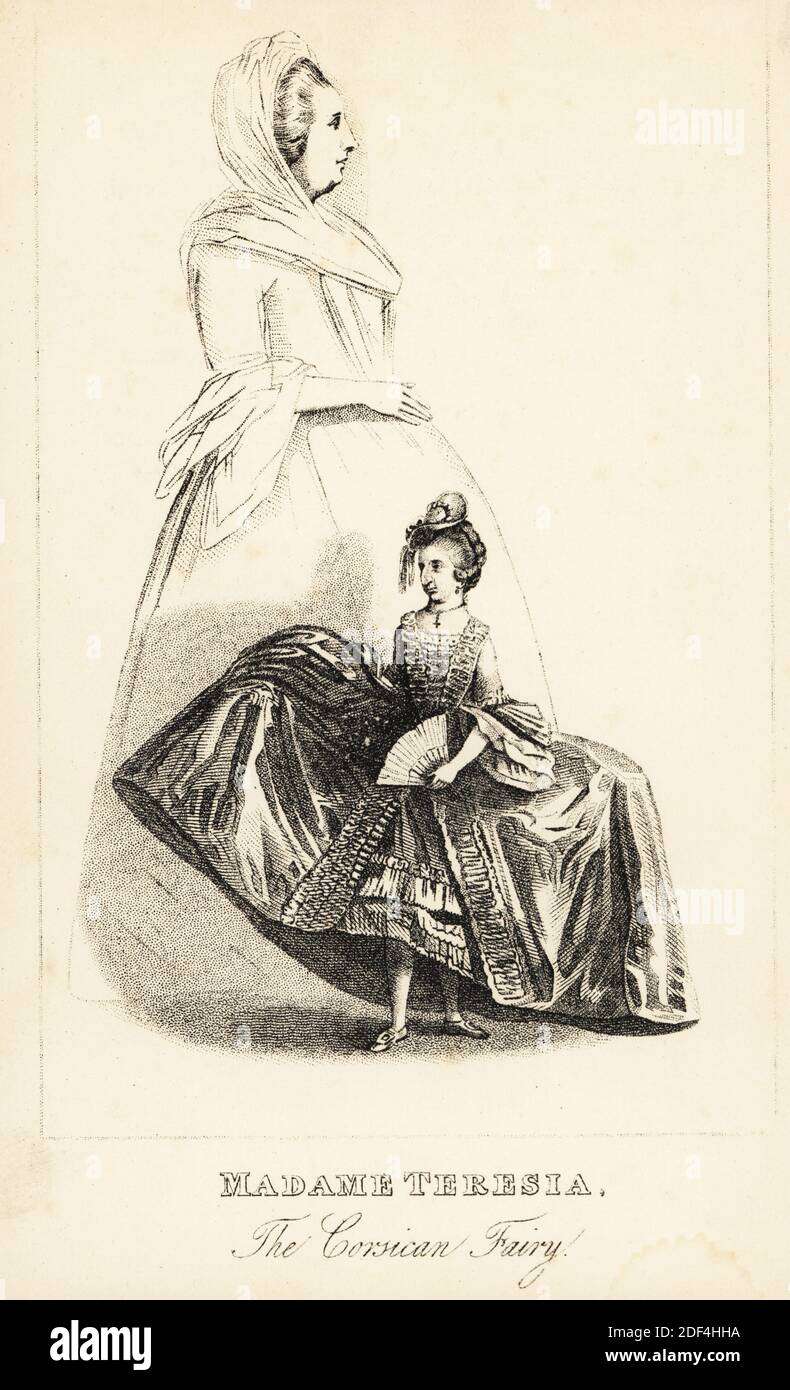 Madame Maria Teresa, the Amazing Corsican Fairy. Depicted with a normal size woman. Born in Corsica in 1743, exhibited at fairs in England from 1770, at her London apartment in 1775, and on stage in Dublin and Edinburgh in 1776 where she danced a minuet and Corsican jig. She died in childbirth in 1790. Madame Teresia, the Corsican Fairy. Lithograph after a stipple engraving by Robert Cooper from Henry Wilson and James Caulfield’s Book of Wonderful Characters, Memoirs and Anecdotes, of Remarkable and Eccentric Persons in all ages and countries, John Camden Hotten, Piccadilly, London, 1869. Stock Photohttps://www.alamy.com/image-license-details/?v=1https://www.alamy.com/madame-maria-teresa-the-amazing-corsican-fairy-depicted-with-a-normal-size-woman-born-in-corsica-in-1743-exhibited-at-fairs-in-england-from-1770-at-her-london-apartment-in-1775-and-on-stage-in-dublin-and-edinburgh-in-1776-where-she-danced-a-minuet-and-corsican-jig-she-died-in-childbirth-in-1790-madame-teresia-the-corsican-fairy-lithograph-after-a-stipple-engraving-by-robert-cooper-from-henry-wilson-and-james-caulfields-book-of-wonderful-characters-memoirs-and-anecdotes-of-remarkable-and-eccentric-persons-in-all-ages-and-countries-john-camden-hotten-piccadilly-london-1869-image387949558.html
Madame Maria Teresa, the Amazing Corsican Fairy. Depicted with a normal size woman. Born in Corsica in 1743, exhibited at fairs in England from 1770, at her London apartment in 1775, and on stage in Dublin and Edinburgh in 1776 where she danced a minuet and Corsican jig. She died in childbirth in 1790. Madame Teresia, the Corsican Fairy. Lithograph after a stipple engraving by Robert Cooper from Henry Wilson and James Caulfield’s Book of Wonderful Characters, Memoirs and Anecdotes, of Remarkable and Eccentric Persons in all ages and countries, John Camden Hotten, Piccadilly, London, 1869. Stock Photohttps://www.alamy.com/image-license-details/?v=1https://www.alamy.com/madame-maria-teresa-the-amazing-corsican-fairy-depicted-with-a-normal-size-woman-born-in-corsica-in-1743-exhibited-at-fairs-in-england-from-1770-at-her-london-apartment-in-1775-and-on-stage-in-dublin-and-edinburgh-in-1776-where-she-danced-a-minuet-and-corsican-jig-she-died-in-childbirth-in-1790-madame-teresia-the-corsican-fairy-lithograph-after-a-stipple-engraving-by-robert-cooper-from-henry-wilson-and-james-caulfields-book-of-wonderful-characters-memoirs-and-anecdotes-of-remarkable-and-eccentric-persons-in-all-ages-and-countries-john-camden-hotten-piccadilly-london-1869-image387949558.htmlRM2DF4HHA–Madame Maria Teresa, the Amazing Corsican Fairy. Depicted with a normal size woman. Born in Corsica in 1743, exhibited at fairs in England from 1770, at her London apartment in 1775, and on stage in Dublin and Edinburgh in 1776 where she danced a minuet and Corsican jig. She died in childbirth in 1790. Madame Teresia, the Corsican Fairy. Lithograph after a stipple engraving by Robert Cooper from Henry Wilson and James Caulfield’s Book of Wonderful Characters, Memoirs and Anecdotes, of Remarkable and Eccentric Persons in all ages and countries, John Camden Hotten, Piccadilly, London, 1869.
 A 19th century image of Hercules slaying the Hydra (From a sculpture in Florence, Italy. Known in Greece as Heracles. The God of strength and heroes, protector of the eak and guardian of children and childbirth - symbols are Club, Nemean Lion, bow and arrows - Etruscan Hercle - Norse, Hercules Magusanus Stock Photohttps://www.alamy.com/image-license-details/?v=1https://www.alamy.com/a-19th-century-image-of-hercules-slaying-the-hydra-from-a-sculpture-in-florence-italy-known-in-greece-as-heracles-the-god-of-strength-and-heroes-protector-of-the-eak-and-guardian-of-children-and-childbirth-symbols-are-club-nemean-lion-bow-and-arrows-etruscan-hercle-norse-hercules-magusanus-image616677729.html
A 19th century image of Hercules slaying the Hydra (From a sculpture in Florence, Italy. Known in Greece as Heracles. The God of strength and heroes, protector of the eak and guardian of children and childbirth - symbols are Club, Nemean Lion, bow and arrows - Etruscan Hercle - Norse, Hercules Magusanus Stock Photohttps://www.alamy.com/image-license-details/?v=1https://www.alamy.com/a-19th-century-image-of-hercules-slaying-the-hydra-from-a-sculpture-in-florence-italy-known-in-greece-as-heracles-the-god-of-strength-and-heroes-protector-of-the-eak-and-guardian-of-children-and-childbirth-symbols-are-club-nemean-lion-bow-and-arrows-etruscan-hercle-norse-hercules-magusanus-image616677729.htmlRM2XR82MH–A 19th century image of Hercules slaying the Hydra (From a sculpture in Florence, Italy. Known in Greece as Heracles. The God of strength and heroes, protector of the eak and guardian of children and childbirth - symbols are Club, Nemean Lion, bow and arrows - Etruscan Hercle - Norse, Hercules Magusanus
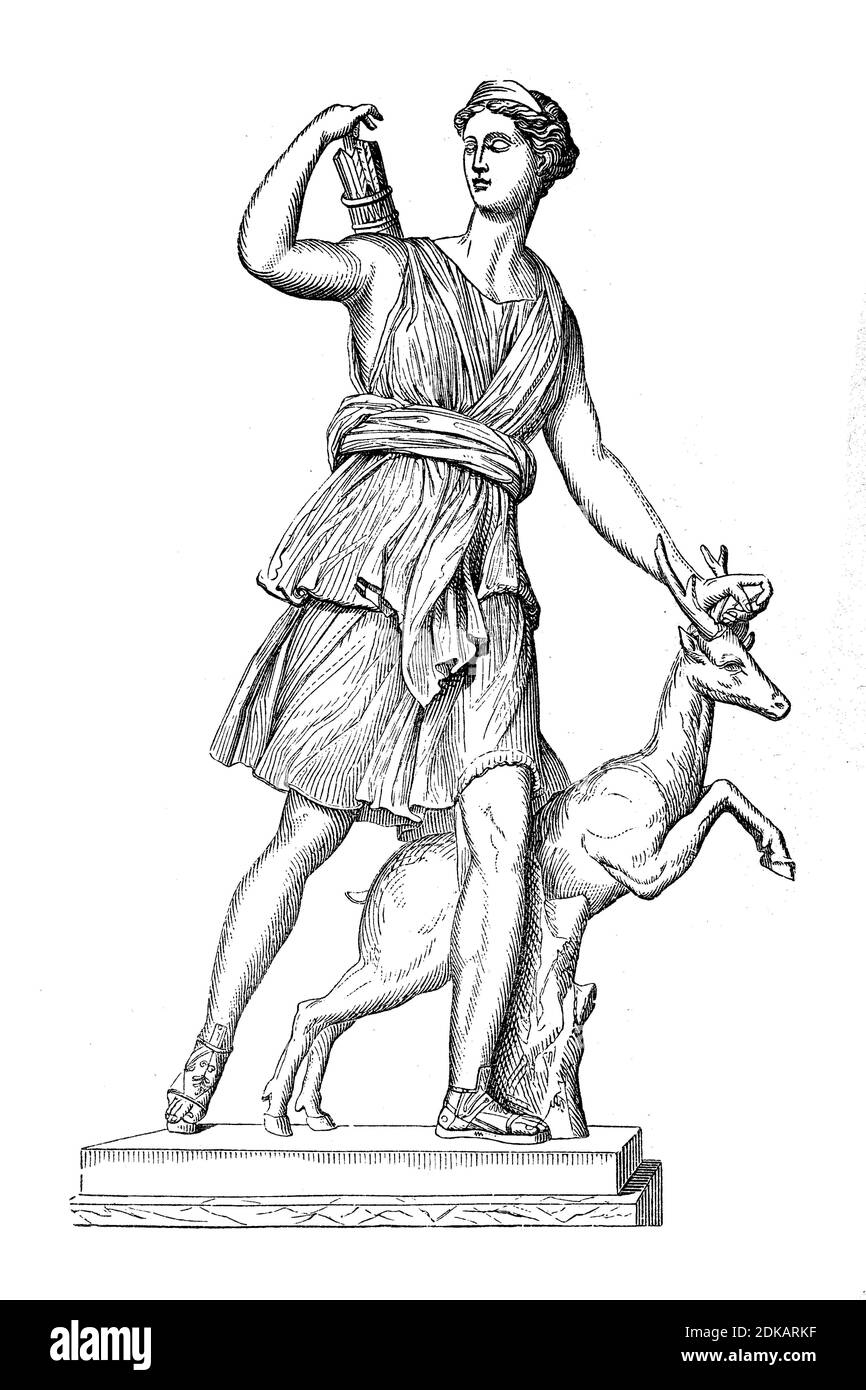 Artemis, in Greek mythology is the goddess of hunting, the forest, childbirth and the moon, as well as the guardian of women and children / Artemis, in der griechischen Mythologie die Göttin der Jagd, des Waldes, der Geburt und des Mondes sowie die Hüterin der Frauen und Kinder, Historisch, historical, digital improved reproduction of an original from the 19th century / digitale Reproduktion einer Originalvorlage aus dem 19. Jahrhundert Stock Photohttps://www.alamy.com/image-license-details/?v=1https://www.alamy.com/artemis-in-greek-mythology-is-the-goddess-of-hunting-the-forest-childbirth-and-the-moon-as-well-as-the-guardian-of-women-and-children-artemis-in-der-griechischen-mythologie-die-gttin-der-jagd-des-waldes-der-geburt-und-des-mondes-sowie-die-hterin-der-frauen-und-kinder-historisch-historical-digital-improved-reproduction-of-an-original-from-the-19th-century-digitale-reproduktion-einer-originalvorlage-aus-dem-19-jahrhundert-image390544659.html
Artemis, in Greek mythology is the goddess of hunting, the forest, childbirth and the moon, as well as the guardian of women and children / Artemis, in der griechischen Mythologie die Göttin der Jagd, des Waldes, der Geburt und des Mondes sowie die Hüterin der Frauen und Kinder, Historisch, historical, digital improved reproduction of an original from the 19th century / digitale Reproduktion einer Originalvorlage aus dem 19. Jahrhundert Stock Photohttps://www.alamy.com/image-license-details/?v=1https://www.alamy.com/artemis-in-greek-mythology-is-the-goddess-of-hunting-the-forest-childbirth-and-the-moon-as-well-as-the-guardian-of-women-and-children-artemis-in-der-griechischen-mythologie-die-gttin-der-jagd-des-waldes-der-geburt-und-des-mondes-sowie-die-hterin-der-frauen-und-kinder-historisch-historical-digital-improved-reproduction-of-an-original-from-the-19th-century-digitale-reproduktion-einer-originalvorlage-aus-dem-19-jahrhundert-image390544659.htmlRF2DKARKF–Artemis, in Greek mythology is the goddess of hunting, the forest, childbirth and the moon, as well as the guardian of women and children / Artemis, in der griechischen Mythologie die Göttin der Jagd, des Waldes, der Geburt und des Mondes sowie die Hüterin der Frauen und Kinder, Historisch, historical, digital improved reproduction of an original from the 19th century / digitale Reproduktion einer Originalvorlage aus dem 19. Jahrhundert
 1890 ca , Paris , France : The celebrated french scientist Doctor Stephane TARNIER ( 1828 – 1897 ), photo by Pierre Petit , Paris . Tarnier studied medicine in Paris and became the doyen of obstetrics in France during the second half of the 19th century . He pioneered many advances and encouraged a perinatal approach to childbirth that was further developed by his disciples, Budin and Pinard . Tarnier was the inventor of incubator for babies in 1883 . - foto storiche - foto storica - scienziato - scientist - portrait - ritratto - FRANCIA - barba - beard - cravatta - tie bow - papillon - DO Stock Photohttps://www.alamy.com/image-license-details/?v=1https://www.alamy.com/1890-ca-paris-france-the-celebrated-french-scientist-doctor-stephane-tarnier-1828-1897-photo-by-pierre-petit-paris-tarnier-studied-medicine-in-paris-and-became-the-doyen-of-obstetrics-in-france-during-the-second-half-of-the-19th-century-he-pioneered-many-advances-and-encouraged-a-perinatal-approach-to-childbirth-that-was-further-developed-by-his-disciples-budin-and-pinard-tarnier-was-the-inventor-of-incubator-for-babies-in-1883-foto-storiche-foto-storica-scienziato-scientist-portrait-ritratto-francia-barba-beard-cravatta-tie-bow-papillon-do-image538325256.html
1890 ca , Paris , France : The celebrated french scientist Doctor Stephane TARNIER ( 1828 – 1897 ), photo by Pierre Petit , Paris . Tarnier studied medicine in Paris and became the doyen of obstetrics in France during the second half of the 19th century . He pioneered many advances and encouraged a perinatal approach to childbirth that was further developed by his disciples, Budin and Pinard . Tarnier was the inventor of incubator for babies in 1883 . - foto storiche - foto storica - scienziato - scientist - portrait - ritratto - FRANCIA - barba - beard - cravatta - tie bow - papillon - DO Stock Photohttps://www.alamy.com/image-license-details/?v=1https://www.alamy.com/1890-ca-paris-france-the-celebrated-french-scientist-doctor-stephane-tarnier-1828-1897-photo-by-pierre-petit-paris-tarnier-studied-medicine-in-paris-and-became-the-doyen-of-obstetrics-in-france-during-the-second-half-of-the-19th-century-he-pioneered-many-advances-and-encouraged-a-perinatal-approach-to-childbirth-that-was-further-developed-by-his-disciples-budin-and-pinard-tarnier-was-the-inventor-of-incubator-for-babies-in-1883-foto-storiche-foto-storica-scienziato-scientist-portrait-ritratto-francia-barba-beard-cravatta-tie-bow-papillon-do-image538325256.htmlRM2P7PRA0–1890 ca , Paris , France : The celebrated french scientist Doctor Stephane TARNIER ( 1828 – 1897 ), photo by Pierre Petit , Paris . Tarnier studied medicine in Paris and became the doyen of obstetrics in France during the second half of the 19th century . He pioneered many advances and encouraged a perinatal approach to childbirth that was further developed by his disciples, Budin and Pinard . Tarnier was the inventor of incubator for babies in 1883 . - foto storiche - foto storica - scienziato - scientist - portrait - ritratto - FRANCIA - barba - beard - cravatta - tie bow - papillon - DO
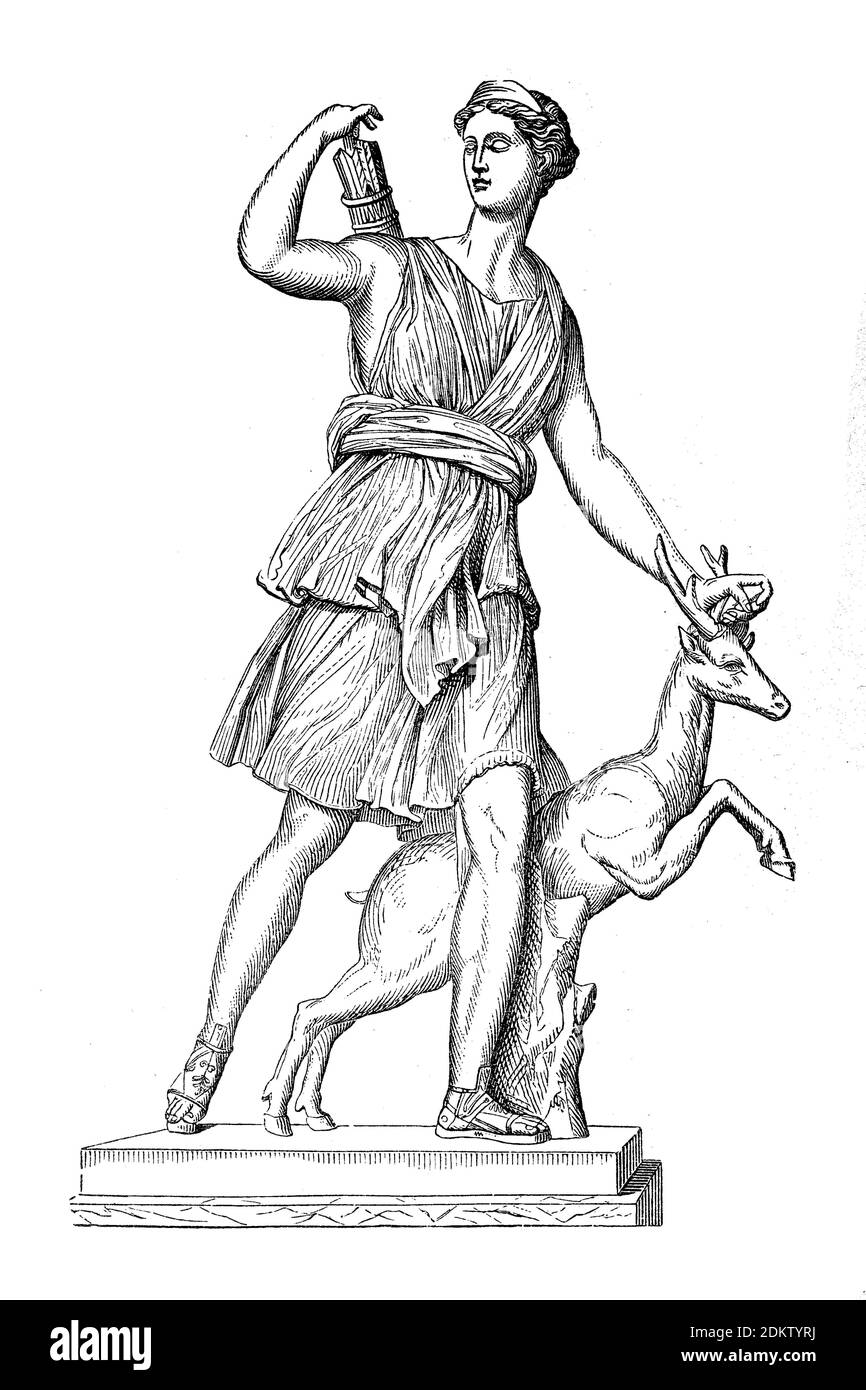 Artemis, in Greek mythology is the goddess of hunting, the forest, childbirth and the moon, as well as the guardian of women and children / Artemis, in der griechischen Mythologie die Göttin der Jagd, des Waldes, der Geburt und des Mondes sowie die Hüterin der Frauen und Kinder, Historisch, historical, digital improved reproduction of an original from the 19th century / digitale Reproduktion einer Originalvorlage aus dem 19. Jahrhundert Stock Photohttps://www.alamy.com/image-license-details/?v=1https://www.alamy.com/artemis-in-greek-mythology-is-the-goddess-of-hunting-the-forest-childbirth-and-the-moon-as-well-as-the-guardian-of-women-and-children-artemis-in-der-griechischen-mythologie-die-gttin-der-jagd-des-waldes-der-geburt-und-des-mondes-sowie-die-hterin-der-frauen-und-kinder-historisch-historical-digital-improved-reproduction-of-an-original-from-the-19th-century-digitale-reproduktion-einer-originalvorlage-aus-dem-19-jahrhundert-image390855238.html
Artemis, in Greek mythology is the goddess of hunting, the forest, childbirth and the moon, as well as the guardian of women and children / Artemis, in der griechischen Mythologie die Göttin der Jagd, des Waldes, der Geburt und des Mondes sowie die Hüterin der Frauen und Kinder, Historisch, historical, digital improved reproduction of an original from the 19th century / digitale Reproduktion einer Originalvorlage aus dem 19. Jahrhundert Stock Photohttps://www.alamy.com/image-license-details/?v=1https://www.alamy.com/artemis-in-greek-mythology-is-the-goddess-of-hunting-the-forest-childbirth-and-the-moon-as-well-as-the-guardian-of-women-and-children-artemis-in-der-griechischen-mythologie-die-gttin-der-jagd-des-waldes-der-geburt-und-des-mondes-sowie-die-hterin-der-frauen-und-kinder-historisch-historical-digital-improved-reproduction-of-an-original-from-the-19th-century-digitale-reproduktion-einer-originalvorlage-aus-dem-19-jahrhundert-image390855238.htmlRF2DKTYRJ–Artemis, in Greek mythology is the goddess of hunting, the forest, childbirth and the moon, as well as the guardian of women and children / Artemis, in der griechischen Mythologie die Göttin der Jagd, des Waldes, der Geburt und des Mondes sowie die Hüterin der Frauen und Kinder, Historisch, historical, digital improved reproduction of an original from the 19th century / digitale Reproduktion einer Originalvorlage aus dem 19. Jahrhundert
 The Kiss. Museum: State B. Kustodiev Art Gallery, Astrakhan. Author: Tarkhov, Nikolai Alexandrovich. Stock Photohttps://www.alamy.com/image-license-details/?v=1https://www.alamy.com/the-kiss-museum-state-b-kustodiev-art-gallery-astrakhan-author-tarkhov-nikolai-alexandrovich-image231957357.html
The Kiss. Museum: State B. Kustodiev Art Gallery, Astrakhan. Author: Tarkhov, Nikolai Alexandrovich. Stock Photohttps://www.alamy.com/image-license-details/?v=1https://www.alamy.com/the-kiss-museum-state-b-kustodiev-art-gallery-astrakhan-author-tarkhov-nikolai-alexandrovich-image231957357.htmlRMRDAFY9–The Kiss. Museum: State B. Kustodiev Art Gallery, Astrakhan. Author: Tarkhov, Nikolai Alexandrovich.
 Obstetrics. Childbirth. Illustration of the 19th century. Germany. White background. Stock Photohttps://www.alamy.com/image-license-details/?v=1https://www.alamy.com/obstetrics-childbirth-illustration-of-the-19th-century-germany-white-background-image419115970.html
Obstetrics. Childbirth. Illustration of the 19th century. Germany. White background. Stock Photohttps://www.alamy.com/image-license-details/?v=1https://www.alamy.com/obstetrics-childbirth-illustration-of-the-19th-century-germany-white-background-image419115970.htmlRF2F9TAKE–Obstetrics. Childbirth. Illustration of the 19th century. Germany. White background.
 A wooden birthing table with adjustable back and leg supports, an opening in the seat, and a foot stool. Illustration in a Stock Photohttps://www.alamy.com/image-license-details/?v=1https://www.alamy.com/stock-photo-a-wooden-birthing-table-with-adjustable-back-and-leg-supports-an-opening-50048058.html
A wooden birthing table with adjustable back and leg supports, an opening in the seat, and a foot stool. Illustration in a Stock Photohttps://www.alamy.com/image-license-details/?v=1https://www.alamy.com/stock-photo-a-wooden-birthing-table-with-adjustable-back-and-leg-supports-an-opening-50048058.htmlRMCWBTPJ–A wooden birthing table with adjustable back and leg supports, an opening in the seat, and a foot stool. Illustration in a
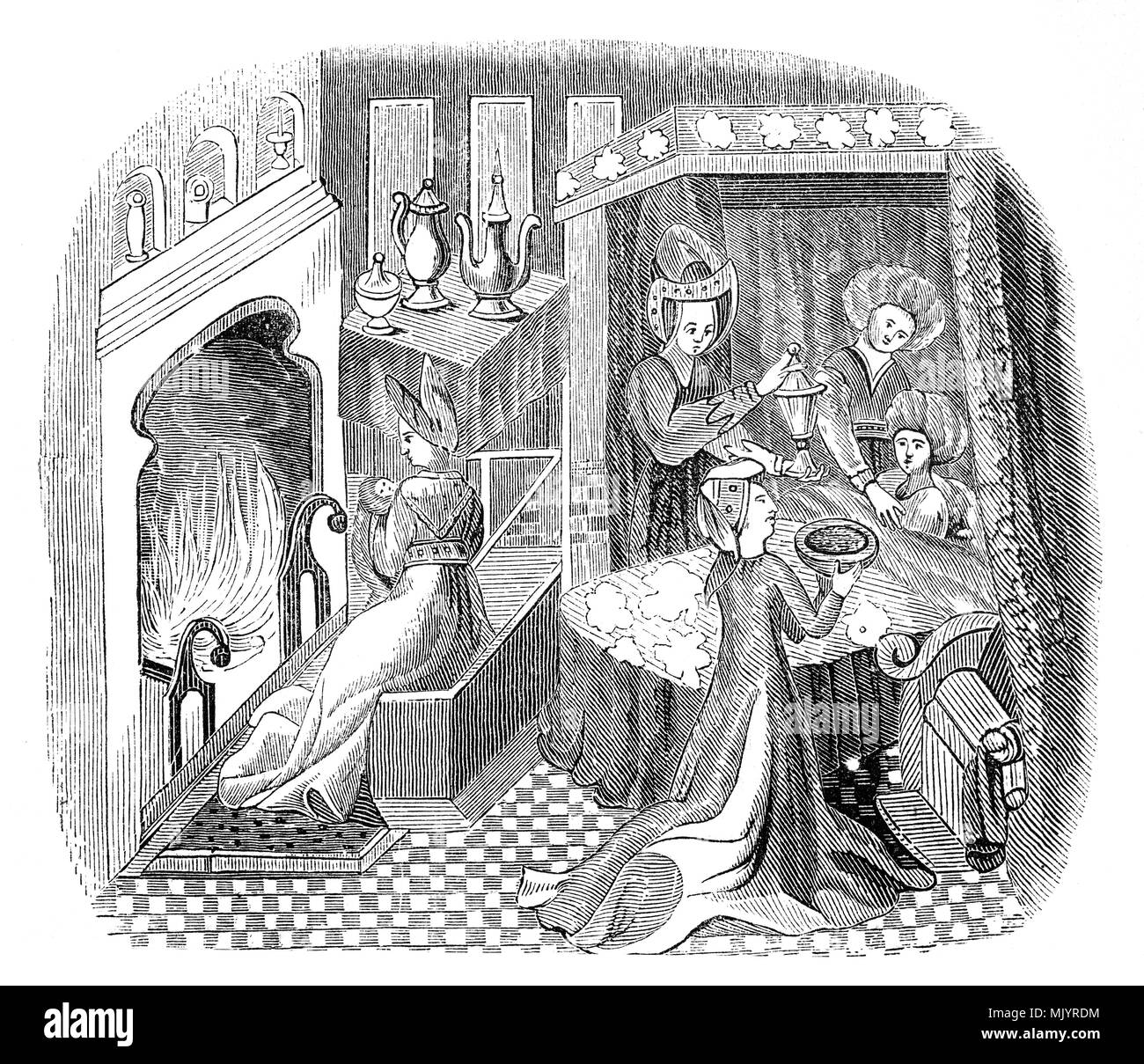 A 15th - 16th century bedroom in which the bed was an opportunity to show off status. Probably belonging to a wealthy family, large, impressive, often encrusted with gold or jewels and ornately carved, beds expanded far beyond a simple platform during the Middle Ages. Typically made of heavy wood, the beds of the wealthy were raised high off the floor, sometimes so high that a stepstool was required to reach them. Note the many ladies in waiting and the nurse with a child, possibly following childbirth. Stock Photohttps://www.alamy.com/image-license-details/?v=1https://www.alamy.com/a-15th-16th-century-bedroom-in-which-the-bed-was-an-opportunity-to-show-off-status-probably-belonging-to-a-wealthy-family-large-impressive-often-encrusted-with-gold-or-jewels-and-ornately-carved-beds-expanded-far-beyond-a-simple-platform-during-the-middle-ages-typically-made-of-heavy-wood-the-beds-of-the-wealthy-were-raised-high-off-the-floor-sometimes-so-high-that-a-stepstool-was-required-to-reach-them-note-the-many-ladies-in-waiting-and-the-nurse-with-a-child-possibly-following-childbirth-image183778608.html
A 15th - 16th century bedroom in which the bed was an opportunity to show off status. Probably belonging to a wealthy family, large, impressive, often encrusted with gold or jewels and ornately carved, beds expanded far beyond a simple platform during the Middle Ages. Typically made of heavy wood, the beds of the wealthy were raised high off the floor, sometimes so high that a stepstool was required to reach them. Note the many ladies in waiting and the nurse with a child, possibly following childbirth. Stock Photohttps://www.alamy.com/image-license-details/?v=1https://www.alamy.com/a-15th-16th-century-bedroom-in-which-the-bed-was-an-opportunity-to-show-off-status-probably-belonging-to-a-wealthy-family-large-impressive-often-encrusted-with-gold-or-jewels-and-ornately-carved-beds-expanded-far-beyond-a-simple-platform-during-the-middle-ages-typically-made-of-heavy-wood-the-beds-of-the-wealthy-were-raised-high-off-the-floor-sometimes-so-high-that-a-stepstool-was-required-to-reach-them-note-the-many-ladies-in-waiting-and-the-nurse-with-a-child-possibly-following-childbirth-image183778608.htmlRMMJYRDM–A 15th - 16th century bedroom in which the bed was an opportunity to show off status. Probably belonging to a wealthy family, large, impressive, often encrusted with gold or jewels and ornately carved, beds expanded far beyond a simple platform during the Middle Ages. Typically made of heavy wood, the beds of the wealthy were raised high off the floor, sometimes so high that a stepstool was required to reach them. Note the many ladies in waiting and the nurse with a child, possibly following childbirth.
 Artemis, of Ephesus, in Greek mythology is the goddess of hunting, the forest, childbirth and the moon, as well as the guardian of women and children / Artemis, von Ephesus, ist in der griechischen Mythologie die Göttin der Jagd, des Waldes, der Geburt und des Mondes sowie die Hüterin der Frauen und Kinder, Historisch, historical, digital improved reproduction of an original from the 19th century / digitale Reproduktion einer Originalvorlage aus dem 19. Jahrhundert Stock Photohttps://www.alamy.com/image-license-details/?v=1https://www.alamy.com/artemis-of-ephesus-in-greek-mythology-is-the-goddess-of-hunting-the-forest-childbirth-and-the-moon-as-well-as-the-guardian-of-women-and-children-artemis-von-ephesus-ist-in-der-griechischen-mythologie-die-gttin-der-jagd-des-waldes-der-geburt-und-des-mondes-sowie-die-hterin-der-frauen-und-kinder-historisch-historical-digital-improved-reproduction-of-an-original-from-the-19th-century-digitale-reproduktion-einer-originalvorlage-aus-dem-19-jahrhundert-image390544666.html
Artemis, of Ephesus, in Greek mythology is the goddess of hunting, the forest, childbirth and the moon, as well as the guardian of women and children / Artemis, von Ephesus, ist in der griechischen Mythologie die Göttin der Jagd, des Waldes, der Geburt und des Mondes sowie die Hüterin der Frauen und Kinder, Historisch, historical, digital improved reproduction of an original from the 19th century / digitale Reproduktion einer Originalvorlage aus dem 19. Jahrhundert Stock Photohttps://www.alamy.com/image-license-details/?v=1https://www.alamy.com/artemis-of-ephesus-in-greek-mythology-is-the-goddess-of-hunting-the-forest-childbirth-and-the-moon-as-well-as-the-guardian-of-women-and-children-artemis-von-ephesus-ist-in-der-griechischen-mythologie-die-gttin-der-jagd-des-waldes-der-geburt-und-des-mondes-sowie-die-hterin-der-frauen-und-kinder-historisch-historical-digital-improved-reproduction-of-an-original-from-the-19th-century-digitale-reproduktion-einer-originalvorlage-aus-dem-19-jahrhundert-image390544666.htmlRF2DKARKP–Artemis, of Ephesus, in Greek mythology is the goddess of hunting, the forest, childbirth and the moon, as well as the guardian of women and children / Artemis, von Ephesus, ist in der griechischen Mythologie die Göttin der Jagd, des Waldes, der Geburt und des Mondes sowie die Hüterin der Frauen und Kinder, Historisch, historical, digital improved reproduction of an original from the 19th century / digitale Reproduktion einer Originalvorlage aus dem 19. Jahrhundert
 . English: Our Lady 'Help in childbirth' Русский: Ико́на Бо́жией Ма́тери «Поможе́ние ро́дам» . 19th century. anonimus 429 Pomozhenie rodam Stock Photohttps://www.alamy.com/image-license-details/?v=1https://www.alamy.com/english-our-lady-help-in-childbirth-19th-century-anonimus-429-pomozhenie-rodam-image189172750.html
. English: Our Lady 'Help in childbirth' Русский: Ико́на Бо́жией Ма́тери «Поможе́ние ро́дам» . 19th century. anonimus 429 Pomozhenie rodam Stock Photohttps://www.alamy.com/image-license-details/?v=1https://www.alamy.com/english-our-lady-help-in-childbirth-19th-century-anonimus-429-pomozhenie-rodam-image189172750.htmlRMMYNFNJ–. English: Our Lady 'Help in childbirth' Русский: Ико́на Бо́жией Ма́тери «Поможе́ние ро́дам» . 19th century. anonimus 429 Pomozhenie rodam
 A portrait of Jane Seymour (1508 – 1537),Queen of England from 1536 to 1537 as the third wife of King Henry VIII. She succeeded Anne Boleyn as queen consort following the latter's execution in May 1536. She died of postnatal complications less than two weeks after the birth of her only child, a son who became King Edward VI. She was the only one of Henry's wives to receive a queen's funeral, and his only consort to be buried beside him in St George's Chapel at Windsor Castle. Stock Photohttps://www.alamy.com/image-license-details/?v=1https://www.alamy.com/a-portrait-of-jane-seymour-1508-1537queen-of-england-from-1536-to-1537-as-the-third-wife-of-king-henry-viii-she-succeeded-anne-boleyn-as-queen-consort-following-the-latters-execution-in-may-1536-she-died-of-postnatal-complications-less-than-two-weeks-after-the-birth-of-her-only-child-a-son-who-became-king-edward-vi-she-was-the-only-one-of-henrys-wives-to-receive-a-queens-funeral-and-his-only-consort-to-be-buried-beside-him-in-st-georges-chapel-at-windsor-castle-image212430622.html
A portrait of Jane Seymour (1508 – 1537),Queen of England from 1536 to 1537 as the third wife of King Henry VIII. She succeeded Anne Boleyn as queen consort following the latter's execution in May 1536. She died of postnatal complications less than two weeks after the birth of her only child, a son who became King Edward VI. She was the only one of Henry's wives to receive a queen's funeral, and his only consort to be buried beside him in St George's Chapel at Windsor Castle. Stock Photohttps://www.alamy.com/image-license-details/?v=1https://www.alamy.com/a-portrait-of-jane-seymour-1508-1537queen-of-england-from-1536-to-1537-as-the-third-wife-of-king-henry-viii-she-succeeded-anne-boleyn-as-queen-consort-following-the-latters-execution-in-may-1536-she-died-of-postnatal-complications-less-than-two-weeks-after-the-birth-of-her-only-child-a-son-who-became-king-edward-vi-she-was-the-only-one-of-henrys-wives-to-receive-a-queens-funeral-and-his-only-consort-to-be-buried-beside-him-in-st-georges-chapel-at-windsor-castle-image212430622.htmlRMP9H1BX–A portrait of Jane Seymour (1508 – 1537),Queen of England from 1536 to 1537 as the third wife of King Henry VIII. She succeeded Anne Boleyn as queen consort following the latter's execution in May 1536. She died of postnatal complications less than two weeks after the birth of her only child, a son who became King Edward VI. She was the only one of Henry's wives to receive a queen's funeral, and his only consort to be buried beside him in St George's Chapel at Windsor Castle.
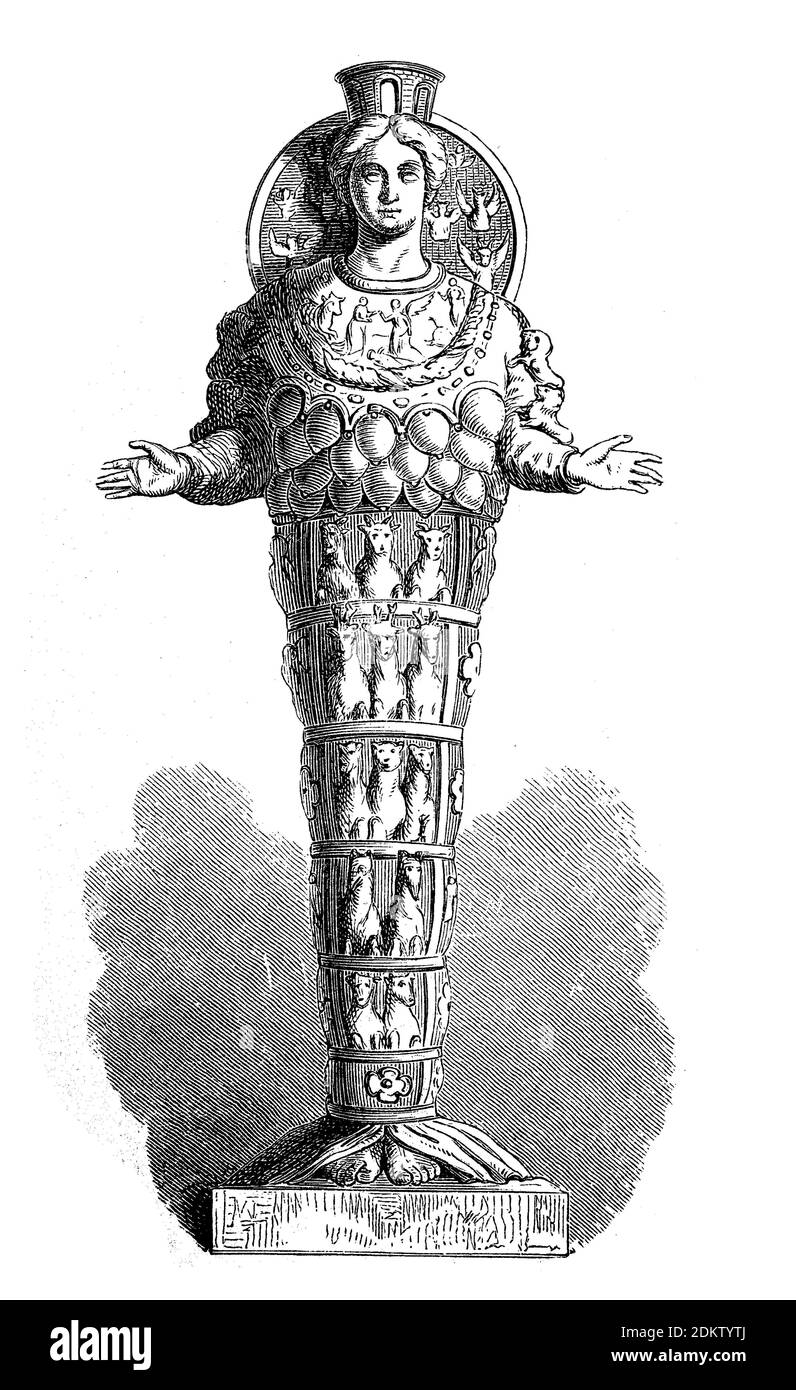 Artemis, of Ephesus, in Greek mythology is the goddess of hunting, the forest, childbirth and the moon, as well as the guardian of women and children / Artemis, von Ephesus, ist in der griechischen Mythologie die Göttin der Jagd, des Waldes, der Geburt und des Mondes sowie die Hüterin der Frauen und Kinder, Historisch, historical, digital improved reproduction of an original from the 19th century / digitale Reproduktion einer Originalvorlage aus dem 19. Jahrhundert Stock Photohttps://www.alamy.com/image-license-details/?v=1https://www.alamy.com/artemis-of-ephesus-in-greek-mythology-is-the-goddess-of-hunting-the-forest-childbirth-and-the-moon-as-well-as-the-guardian-of-women-and-children-artemis-von-ephesus-ist-in-der-griechischen-mythologie-die-gttin-der-jagd-des-waldes-der-geburt-und-des-mondes-sowie-die-hterin-der-frauen-und-kinder-historisch-historical-digital-improved-reproduction-of-an-original-from-the-19th-century-digitale-reproduktion-einer-originalvorlage-aus-dem-19-jahrhundert-image390855266.html
Artemis, of Ephesus, in Greek mythology is the goddess of hunting, the forest, childbirth and the moon, as well as the guardian of women and children / Artemis, von Ephesus, ist in der griechischen Mythologie die Göttin der Jagd, des Waldes, der Geburt und des Mondes sowie die Hüterin der Frauen und Kinder, Historisch, historical, digital improved reproduction of an original from the 19th century / digitale Reproduktion einer Originalvorlage aus dem 19. Jahrhundert Stock Photohttps://www.alamy.com/image-license-details/?v=1https://www.alamy.com/artemis-of-ephesus-in-greek-mythology-is-the-goddess-of-hunting-the-forest-childbirth-and-the-moon-as-well-as-the-guardian-of-women-and-children-artemis-von-ephesus-ist-in-der-griechischen-mythologie-die-gttin-der-jagd-des-waldes-der-geburt-und-des-mondes-sowie-die-hterin-der-frauen-und-kinder-historisch-historical-digital-improved-reproduction-of-an-original-from-the-19th-century-digitale-reproduktion-einer-originalvorlage-aus-dem-19-jahrhundert-image390855266.htmlRF2DKTYTJ–Artemis, of Ephesus, in Greek mythology is the goddess of hunting, the forest, childbirth and the moon, as well as the guardian of women and children / Artemis, von Ephesus, ist in der griechischen Mythologie die Göttin der Jagd, des Waldes, der Geburt und des Mondes sowie die Hüterin der Frauen und Kinder, Historisch, historical, digital improved reproduction of an original from the 19th century / digitale Reproduktion einer Originalvorlage aus dem 19. Jahrhundert
 medicine, gynaecology, obstetrics, birth with forceps, wood engraving, 19th century, childbirth, birthing, instrumental delivery, historic, historical, gynecology, people, Stock Photohttps://www.alamy.com/image-license-details/?v=1https://www.alamy.com/stock-photo-medicine-gynaecology-obstetrics-birth-with-forceps-wood-engraving-24441694.html
medicine, gynaecology, obstetrics, birth with forceps, wood engraving, 19th century, childbirth, birthing, instrumental delivery, historic, historical, gynecology, people, Stock Photohttps://www.alamy.com/image-license-details/?v=1https://www.alamy.com/stock-photo-medicine-gynaecology-obstetrics-birth-with-forceps-wood-engraving-24441694.htmlRMBBNBHJ–medicine, gynaecology, obstetrics, birth with forceps, wood engraving, 19th century, childbirth, birthing, instrumental delivery, historic, historical, gynecology, people,
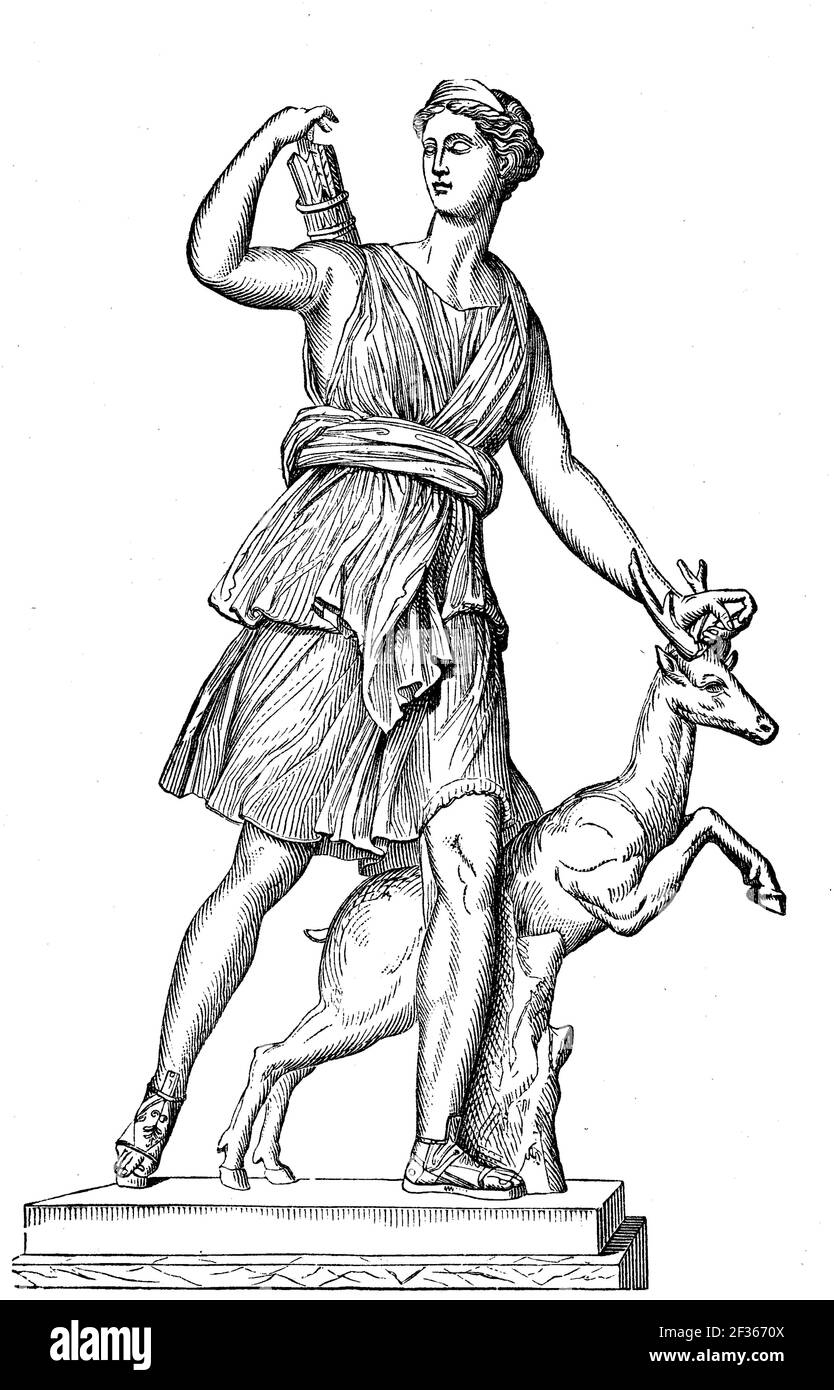 Diana is the goddess of hunting, moon and childbirth in Roman mythology, protector of women and girls, after a statue in Versailles, France, illustration from 1880 / Diana ist in der römischen Mythologie die Göttin der Jagd, des Mondes und der Geburt, Beschützerin der Frauen und Mädchen, nach einer Statue in Versailles, Frankreich, Illustration aus 1880, Historisch, historical, digital improved reproduction of an original from the 19th century / digitale Reproduktion einer Originalvorlage aus dem 19. Jahrhundert, Stock Photohttps://www.alamy.com/image-license-details/?v=1https://www.alamy.com/diana-is-the-goddess-of-hunting-moon-and-childbirth-in-roman-mythology-protector-of-women-and-girls-after-a-statue-in-versailles-france-illustration-from-1880-diana-ist-in-der-rmischen-mythologie-die-gttin-der-jagd-des-mondes-und-der-geburt-beschtzerin-der-frauen-und-mdchen-nach-einer-statue-in-versailles-frankreich-illustration-aus-1880-historisch-historical-digital-improved-reproduction-of-an-original-from-the-19th-century-digitale-reproduktion-einer-originalvorlage-aus-dem-19-jahrhundert-image415030026.html
Diana is the goddess of hunting, moon and childbirth in Roman mythology, protector of women and girls, after a statue in Versailles, France, illustration from 1880 / Diana ist in der römischen Mythologie die Göttin der Jagd, des Mondes und der Geburt, Beschützerin der Frauen und Mädchen, nach einer Statue in Versailles, Frankreich, Illustration aus 1880, Historisch, historical, digital improved reproduction of an original from the 19th century / digitale Reproduktion einer Originalvorlage aus dem 19. Jahrhundert, Stock Photohttps://www.alamy.com/image-license-details/?v=1https://www.alamy.com/diana-is-the-goddess-of-hunting-moon-and-childbirth-in-roman-mythology-protector-of-women-and-girls-after-a-statue-in-versailles-france-illustration-from-1880-diana-ist-in-der-rmischen-mythologie-die-gttin-der-jagd-des-mondes-und-der-geburt-beschtzerin-der-frauen-und-mdchen-nach-einer-statue-in-versailles-frankreich-illustration-aus-1880-historisch-historical-digital-improved-reproduction-of-an-original-from-the-19th-century-digitale-reproduktion-einer-originalvorlage-aus-dem-19-jahrhundert-image415030026.htmlRF2F3670X–Diana is the goddess of hunting, moon and childbirth in Roman mythology, protector of women and girls, after a statue in Versailles, France, illustration from 1880 / Diana ist in der römischen Mythologie die Göttin der Jagd, des Mondes und der Geburt, Beschützerin der Frauen und Mädchen, nach einer Statue in Versailles, Frankreich, Illustration aus 1880, Historisch, historical, digital improved reproduction of an original from the 19th century / digitale Reproduktion einer Originalvorlage aus dem 19. Jahrhundert,
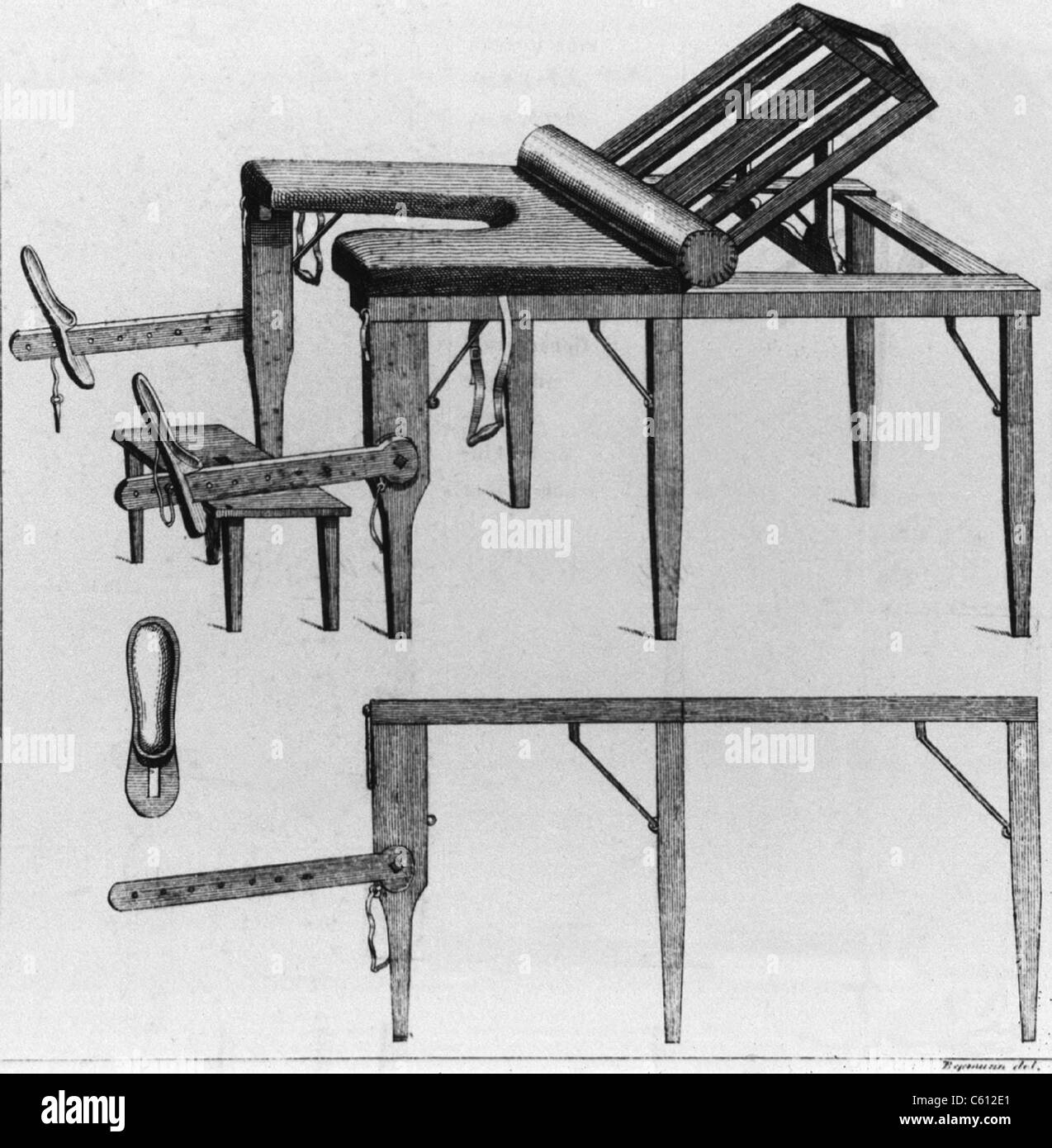 A wooden birthing table with adjustable back and leg supports, an opening in the seat, and a foot stool. Illustration in a text by German obstetrician, Friedrich Benjamin Osiander (1759–1822). Stock Photohttps://www.alamy.com/image-license-details/?v=1https://www.alamy.com/stock-photo-a-wooden-birthing-table-with-adjustable-back-and-leg-supports-an-opening-38132585.html
A wooden birthing table with adjustable back and leg supports, an opening in the seat, and a foot stool. Illustration in a text by German obstetrician, Friedrich Benjamin Osiander (1759–1822). Stock Photohttps://www.alamy.com/image-license-details/?v=1https://www.alamy.com/stock-photo-a-wooden-birthing-table-with-adjustable-back-and-leg-supports-an-opening-38132585.htmlRMC612E1–A wooden birthing table with adjustable back and leg supports, an opening in the seat, and a foot stool. Illustration in a text by German obstetrician, Friedrich Benjamin Osiander (1759–1822).
 (140325) -- JERUSALEM, March 25, 2014 (Xinhua) -- A model presents a creation designed by Israeli designer Medusa in front of a ceremonial dress (lulwi) worn after childbirth in Sanaa, Yemen, in late 19th century, during the 'Dress Codes: Revealing the Jewish Wardrobe' exhibition at the Israel Museum in Jerusalem, on March 25, 2014. Israeli designers presented here on Tuesday creations inspired by the Israel Museum's exhibition 'Dress Codes: Revealing the Jewish Wardrobe' to showcase examples of how modern fashion has been nurtured and influenced by trends and styles that were celebrated centu Stock Photohttps://www.alamy.com/image-license-details/?v=1https://www.alamy.com/140325-jerusalem-march-25-2014-xinhua-a-model-presents-a-creation-image67944408.html
(140325) -- JERUSALEM, March 25, 2014 (Xinhua) -- A model presents a creation designed by Israeli designer Medusa in front of a ceremonial dress (lulwi) worn after childbirth in Sanaa, Yemen, in late 19th century, during the 'Dress Codes: Revealing the Jewish Wardrobe' exhibition at the Israel Museum in Jerusalem, on March 25, 2014. Israeli designers presented here on Tuesday creations inspired by the Israel Museum's exhibition 'Dress Codes: Revealing the Jewish Wardrobe' to showcase examples of how modern fashion has been nurtured and influenced by trends and styles that were celebrated centu Stock Photohttps://www.alamy.com/image-license-details/?v=1https://www.alamy.com/140325-jerusalem-march-25-2014-xinhua-a-model-presents-a-creation-image67944408.htmlRMDXF3P0–(140325) -- JERUSALEM, March 25, 2014 (Xinhua) -- A model presents a creation designed by Israeli designer Medusa in front of a ceremonial dress (lulwi) worn after childbirth in Sanaa, Yemen, in late 19th century, during the 'Dress Codes: Revealing the Jewish Wardrobe' exhibition at the Israel Museum in Jerusalem, on March 25, 2014. Israeli designers presented here on Tuesday creations inspired by the Israel Museum's exhibition 'Dress Codes: Revealing the Jewish Wardrobe' to showcase examples of how modern fashion has been nurtured and influenced by trends and styles that were celebrated centu
 Birth of a Prince, Francesco Jacovacci, Italian, 1838-1908, Oil on canvas, Italy, 1876, 21 1/8 x 30 1/8 in., 53.7 x 76.5 cm, 1876, 19th, attendants, baldaquin, bed, bedroom, birth, cape, century, child, childbirth, court, courtiers, doorway, european, family, figures, heir, interior, italian, Italian Painting, Italy, lying-in, nobility, not private, oil on canvas, prince, public viewing, royal birth, tights Stock Photohttps://www.alamy.com/image-license-details/?v=1https://www.alamy.com/birth-of-a-prince-francesco-jacovacci-italian-1838-1908-oil-on-canvas-italy-1876-21-18-x-30-18-in-537-x-765-cm-1876-19th-attendants-baldaquin-bed-bedroom-birth-cape-century-child-childbirth-court-courtiers-doorway-european-family-figures-heir-interior-italian-italian-painting-italy-lying-in-nobility-not-private-oil-on-canvas-prince-public-viewing-royal-birth-tights-image454275787.html
Birth of a Prince, Francesco Jacovacci, Italian, 1838-1908, Oil on canvas, Italy, 1876, 21 1/8 x 30 1/8 in., 53.7 x 76.5 cm, 1876, 19th, attendants, baldaquin, bed, bedroom, birth, cape, century, child, childbirth, court, courtiers, doorway, european, family, figures, heir, interior, italian, Italian Painting, Italy, lying-in, nobility, not private, oil on canvas, prince, public viewing, royal birth, tights Stock Photohttps://www.alamy.com/image-license-details/?v=1https://www.alamy.com/birth-of-a-prince-francesco-jacovacci-italian-1838-1908-oil-on-canvas-italy-1876-21-18-x-30-18-in-537-x-765-cm-1876-19th-attendants-baldaquin-bed-bedroom-birth-cape-century-child-childbirth-court-courtiers-doorway-european-family-figures-heir-interior-italian-italian-painting-italy-lying-in-nobility-not-private-oil-on-canvas-prince-public-viewing-royal-birth-tights-image454275787.htmlRM2HB21B7–Birth of a Prince, Francesco Jacovacci, Italian, 1838-1908, Oil on canvas, Italy, 1876, 21 1/8 x 30 1/8 in., 53.7 x 76.5 cm, 1876, 19th, attendants, baldaquin, bed, bedroom, birth, cape, century, child, childbirth, court, courtiers, doorway, european, family, figures, heir, interior, italian, Italian Painting, Italy, lying-in, nobility, not private, oil on canvas, prince, public viewing, royal birth, tights
 Inspired by Birth of a Prince, Francesco Jacovacci, Italian, 1838-1908, Oil on canvas, Italy, 1876, 21 1/8 x 30 1/8 in., 53.7 x 76.5 cm, 1876, 19th, attendants, baldaquin, bed, bedroom, birth, cape, century, child, childbirth, court, courtiers, doorway, european, family, figures, heir, interior, Reimagined by Artotop. Classic art reinvented with a modern twist. Design of warm cheerful glowing of brightness and light ray radiance. Photography inspired by surrealism and futurism, embracing dynamic energy of modern technology, movement, speed and revolutionize culture Stock Photohttps://www.alamy.com/image-license-details/?v=1https://www.alamy.com/inspired-by-birth-of-a-prince-francesco-jacovacci-italian-1838-1908-oil-on-canvas-italy-1876-21-18-x-30-18-in-537-x-765-cm-1876-19th-attendants-baldaquin-bed-bedroom-birth-cape-century-child-childbirth-court-courtiers-doorway-european-family-figures-heir-interior-reimagined-by-artotop-classic-art-reinvented-with-a-modern-twist-design-of-warm-cheerful-glowing-of-brightness-and-light-ray-radiance-photography-inspired-by-surrealism-and-futurism-embracing-dynamic-energy-of-modern-technology-movement-speed-and-revolutionize-culture-image459254321.html
Inspired by Birth of a Prince, Francesco Jacovacci, Italian, 1838-1908, Oil on canvas, Italy, 1876, 21 1/8 x 30 1/8 in., 53.7 x 76.5 cm, 1876, 19th, attendants, baldaquin, bed, bedroom, birth, cape, century, child, childbirth, court, courtiers, doorway, european, family, figures, heir, interior, Reimagined by Artotop. Classic art reinvented with a modern twist. Design of warm cheerful glowing of brightness and light ray radiance. Photography inspired by surrealism and futurism, embracing dynamic energy of modern technology, movement, speed and revolutionize culture Stock Photohttps://www.alamy.com/image-license-details/?v=1https://www.alamy.com/inspired-by-birth-of-a-prince-francesco-jacovacci-italian-1838-1908-oil-on-canvas-italy-1876-21-18-x-30-18-in-537-x-765-cm-1876-19th-attendants-baldaquin-bed-bedroom-birth-cape-century-child-childbirth-court-courtiers-doorway-european-family-figures-heir-interior-reimagined-by-artotop-classic-art-reinvented-with-a-modern-twist-design-of-warm-cheerful-glowing-of-brightness-and-light-ray-radiance-photography-inspired-by-surrealism-and-futurism-embracing-dynamic-energy-of-modern-technology-movement-speed-and-revolutionize-culture-image459254321.htmlRF2HK4RG1–Inspired by Birth of a Prince, Francesco Jacovacci, Italian, 1838-1908, Oil on canvas, Italy, 1876, 21 1/8 x 30 1/8 in., 53.7 x 76.5 cm, 1876, 19th, attendants, baldaquin, bed, bedroom, birth, cape, century, child, childbirth, court, courtiers, doorway, european, family, figures, heir, interior, Reimagined by Artotop. Classic art reinvented with a modern twist. Design of warm cheerful glowing of brightness and light ray radiance. Photography inspired by surrealism and futurism, embracing dynamic energy of modern technology, movement, speed and revolutionize culture
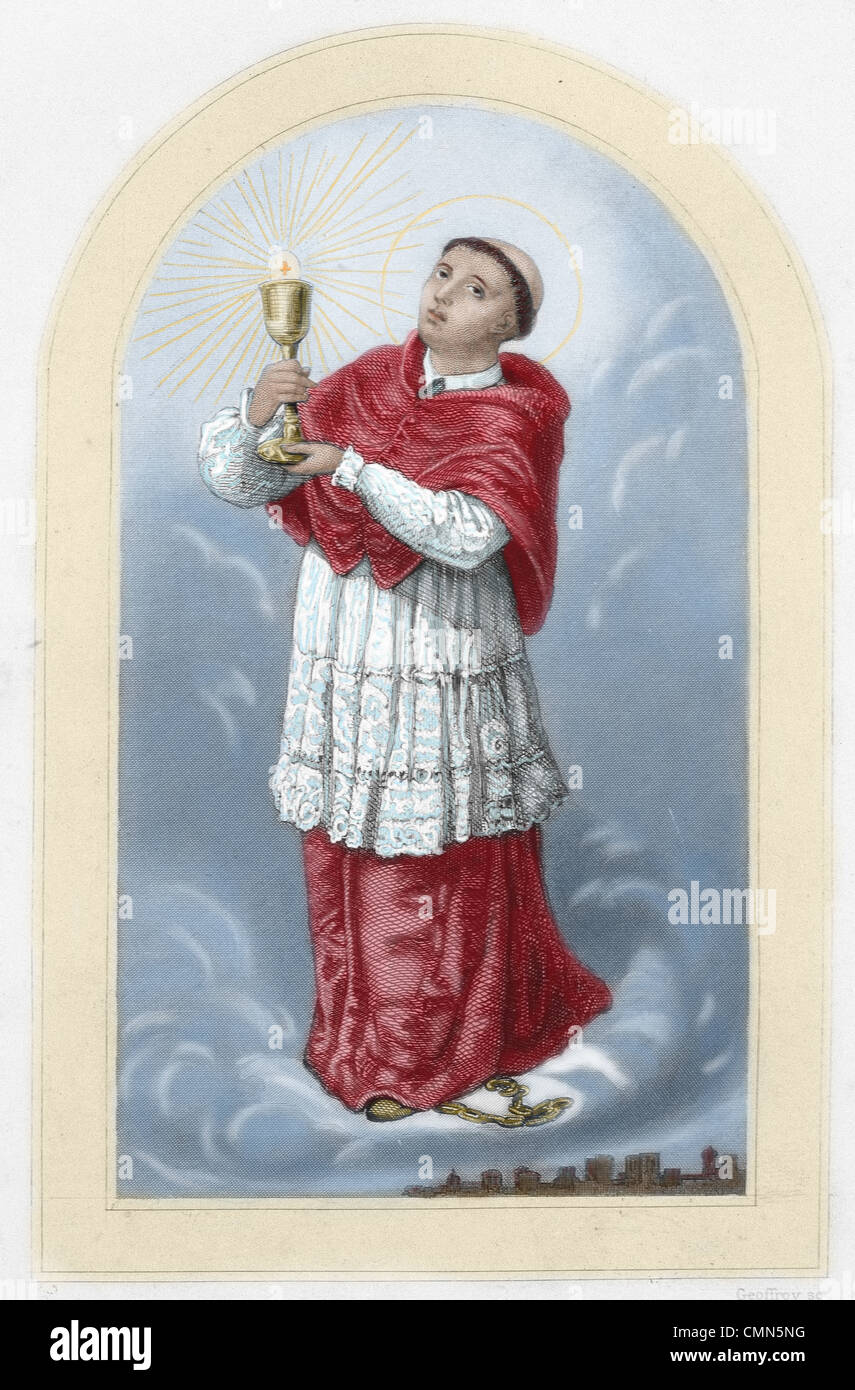 Saint Raymond Nonnatus (1204–1240). Saint from Catalonia in Spain. Colored engraving. 19th century. Stock Photohttps://www.alamy.com/image-license-details/?v=1https://www.alamy.com/stock-photo-saint-raymond-nonnatus-12041240-saint-from-catalonia-in-spain-colored-47179372.html
Saint Raymond Nonnatus (1204–1240). Saint from Catalonia in Spain. Colored engraving. 19th century. Stock Photohttps://www.alamy.com/image-license-details/?v=1https://www.alamy.com/stock-photo-saint-raymond-nonnatus-12041240-saint-from-catalonia-in-spain-colored-47179372.htmlRMCMN5NG–Saint Raymond Nonnatus (1204–1240). Saint from Catalonia in Spain. Colored engraving. 19th century.
 A street scene near Westminster Abbey on the day that Henry VIII's second wife, Anne Boleyn, was crowned queen consort on 1 June 1533 The queen gave birth to a daughter slightly prematurely on 7 September 1533. The child was christened Elizabeth, in honour of Henry's mother, Elizabeth of York. Stock Photohttps://www.alamy.com/image-license-details/?v=1https://www.alamy.com/a-street-scene-near-westminster-abbey-on-the-day-that-henry-viiis-second-wife-anne-boleyn-was-crowned-queen-consort-on-1-june-1533-the-queen-gave-birth-to-a-daughter-slightly-prematurely-on-7-september-1533-the-child-was-christened-elizabeth-in-honour-of-henrys-mother-elizabeth-of-york-image213383204.html
A street scene near Westminster Abbey on the day that Henry VIII's second wife, Anne Boleyn, was crowned queen consort on 1 June 1533 The queen gave birth to a daughter slightly prematurely on 7 September 1533. The child was christened Elizabeth, in honour of Henry's mother, Elizabeth of York. Stock Photohttps://www.alamy.com/image-license-details/?v=1https://www.alamy.com/a-street-scene-near-westminster-abbey-on-the-day-that-henry-viiis-second-wife-anne-boleyn-was-crowned-queen-consort-on-1-june-1533-the-queen-gave-birth-to-a-daughter-slightly-prematurely-on-7-september-1533-the-child-was-christened-elizabeth-in-honour-of-henrys-mother-elizabeth-of-york-image213383204.htmlRMPB4CCM–A street scene near Westminster Abbey on the day that Henry VIII's second wife, Anne Boleyn, was crowned queen consort on 1 June 1533 The queen gave birth to a daughter slightly prematurely on 7 September 1533. The child was christened Elizabeth, in honour of Henry's mother, Elizabeth of York.
 (140325) -- JERUSALEM, March 25, 2014 (Xinhua) -- A model presents a creation designed by Israeli designer Medusa in front of a ceremonial dress (lulwi) worn after childbirth in Sanaa, Yemen, in late 19th century, during the Dress Codes: Revealing the Jewish Wardrobe exhibition at the Israel Museum in Jerusalem, on March 25, 2014. Israeli designers presented here on Tuesday creations inspired by the Israel Museum s exhibition Dress Codes: Revealing the Jewish Wardrobe to showcase examples of how modern fashion has been nurtured and influenced by trends and styles that were celebrated centuries Stock Photohttps://www.alamy.com/image-license-details/?v=1https://www.alamy.com/140325-jerusalem-march-25-2014-xinhua-a-model-presents-a-creation-designed-by-israeli-designer-medusa-in-front-of-a-ceremonial-dress-lulwi-worn-after-childbirth-in-sanaa-yemen-in-late-19th-century-during-the-dress-codes-revealing-the-jewish-wardrobe-exhibition-at-the-israel-museum-in-jerusalem-on-march-25-2014-israeli-designers-presented-here-on-tuesday-creations-inspired-by-the-israel-museum-s-exhibition-dress-codes-revealing-the-jewish-wardrobe-to-showcase-examples-of-how-modern-fashion-has-been-nurtured-and-influenced-by-trends-and-styles-that-were-celebrated-centuries-image563202788.html
(140325) -- JERUSALEM, March 25, 2014 (Xinhua) -- A model presents a creation designed by Israeli designer Medusa in front of a ceremonial dress (lulwi) worn after childbirth in Sanaa, Yemen, in late 19th century, during the Dress Codes: Revealing the Jewish Wardrobe exhibition at the Israel Museum in Jerusalem, on March 25, 2014. Israeli designers presented here on Tuesday creations inspired by the Israel Museum s exhibition Dress Codes: Revealing the Jewish Wardrobe to showcase examples of how modern fashion has been nurtured and influenced by trends and styles that were celebrated centuries Stock Photohttps://www.alamy.com/image-license-details/?v=1https://www.alamy.com/140325-jerusalem-march-25-2014-xinhua-a-model-presents-a-creation-designed-by-israeli-designer-medusa-in-front-of-a-ceremonial-dress-lulwi-worn-after-childbirth-in-sanaa-yemen-in-late-19th-century-during-the-dress-codes-revealing-the-jewish-wardrobe-exhibition-at-the-israel-museum-in-jerusalem-on-march-25-2014-israeli-designers-presented-here-on-tuesday-creations-inspired-by-the-israel-museum-s-exhibition-dress-codes-revealing-the-jewish-wardrobe-to-showcase-examples-of-how-modern-fashion-has-been-nurtured-and-influenced-by-trends-and-styles-that-were-celebrated-centuries-image563202788.htmlRM2RM82W8–(140325) -- JERUSALEM, March 25, 2014 (Xinhua) -- A model presents a creation designed by Israeli designer Medusa in front of a ceremonial dress (lulwi) worn after childbirth in Sanaa, Yemen, in late 19th century, during the Dress Codes: Revealing the Jewish Wardrobe exhibition at the Israel Museum in Jerusalem, on March 25, 2014. Israeli designers presented here on Tuesday creations inspired by the Israel Museum s exhibition Dress Codes: Revealing the Jewish Wardrobe to showcase examples of how modern fashion has been nurtured and influenced by trends and styles that were celebrated centuries
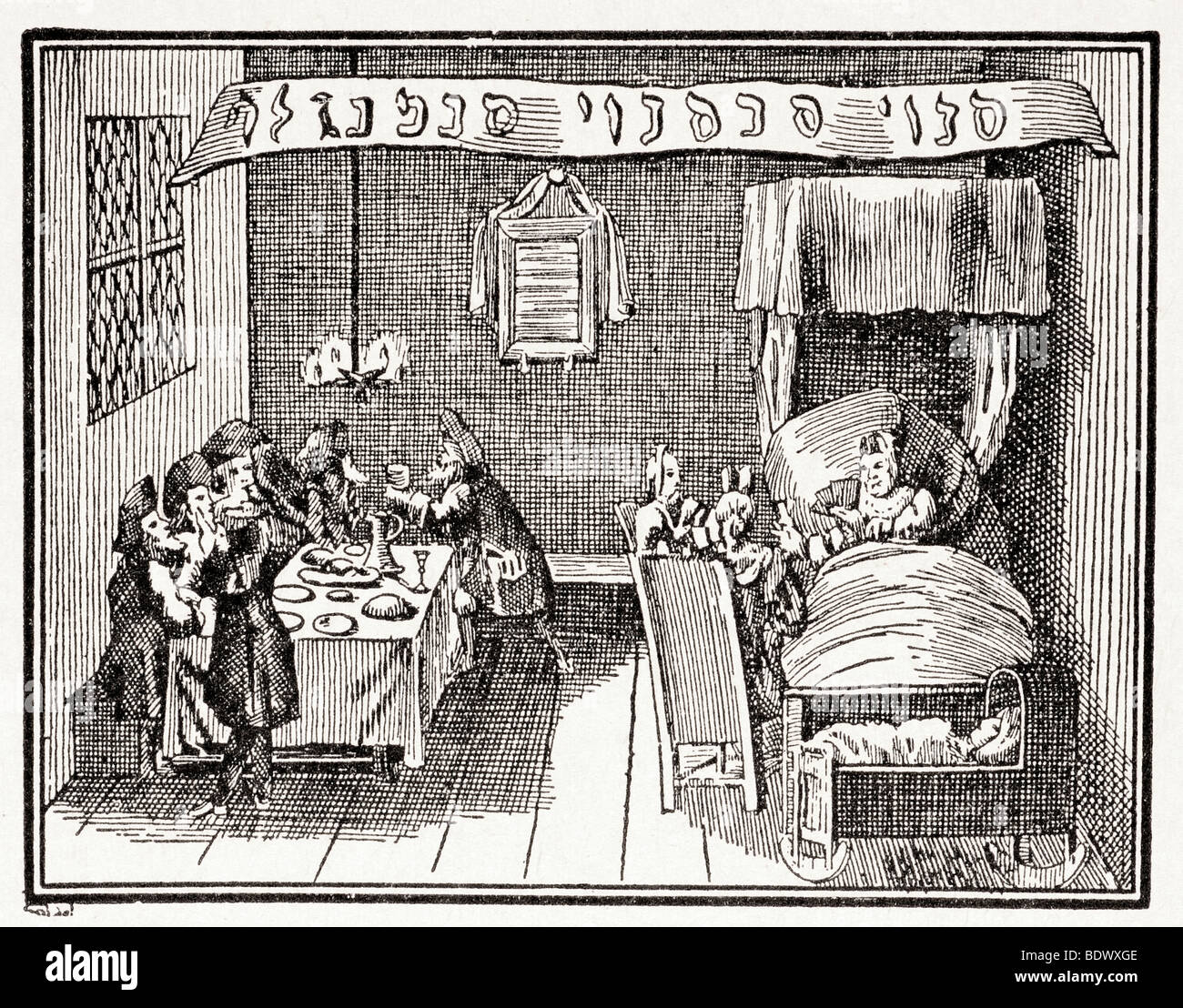 jewish celebratory feast at childbirth Stock Photohttps://www.alamy.com/image-license-details/?v=1https://www.alamy.com/stock-photo-jewish-celebratory-feast-at-childbirth-25770542.html
jewish celebratory feast at childbirth Stock Photohttps://www.alamy.com/image-license-details/?v=1https://www.alamy.com/stock-photo-jewish-celebratory-feast-at-childbirth-25770542.htmlRMBDWXGE–jewish celebratory feast at childbirth
 Egypt. Karnak. The Temple of Opet. Dedicated to the hippopotamus goddess, Opet. Engraving. 19th century. Stock Photohttps://www.alamy.com/image-license-details/?v=1https://www.alamy.com/stock-photo-egypt-karnak-the-temple-of-opet-dedicated-to-the-hippopotamus-goddess-138982144.html
Egypt. Karnak. The Temple of Opet. Dedicated to the hippopotamus goddess, Opet. Engraving. 19th century. Stock Photohttps://www.alamy.com/image-license-details/?v=1https://www.alamy.com/stock-photo-egypt-karnak-the-temple-of-opet-dedicated-to-the-hippopotamus-goddess-138982144.htmlRMJ23540–Egypt. Karnak. The Temple of Opet. Dedicated to the hippopotamus goddess, Opet. Engraving. 19th century.
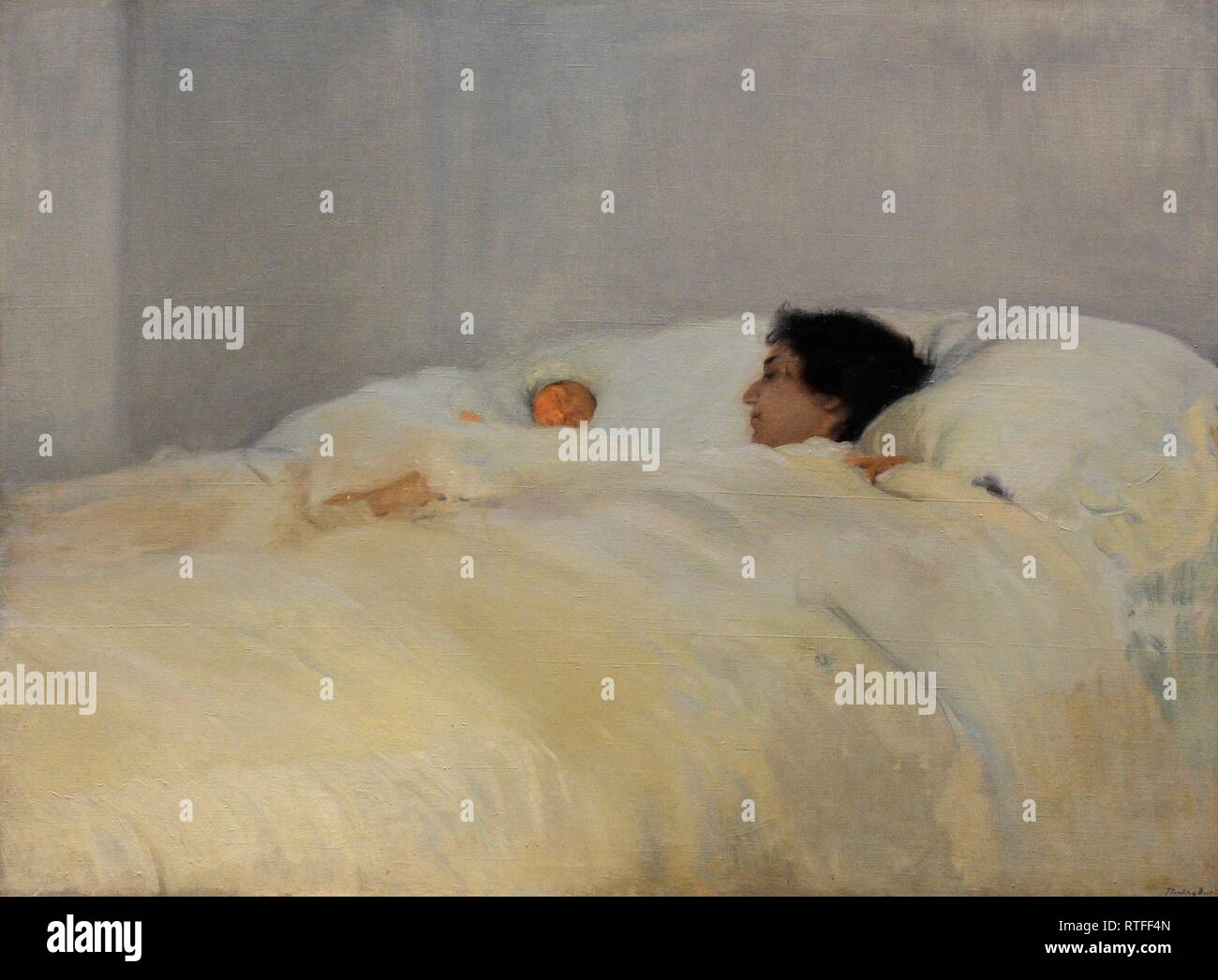 Joaquín Sorolla y Bastida (1863-1923). Pintor español. Madre, 1900. Pintura que homenajea a su esposa Clotilde con ocasión del nacimiento de su hija menor, Elena, el 12 de julio de 1895. Oleo sobre lienzo, 125 x 169 cm. Museo Sorolla. Madrid. España. Stock Photohttps://www.alamy.com/image-license-details/?v=1https://www.alamy.com/joaqun-sorolla-y-bastida-1863-1923-pintor-espaol-madre-1900-pintura-que-homenajea-a-su-esposa-clotilde-con-ocasin-del-nacimiento-de-su-hija-menor-elena-el-12-de-julio-de-1895-oleo-sobre-lienzo-125-x-169-cm-museo-sorolla-madrid-espaa-image238827701.html
Joaquín Sorolla y Bastida (1863-1923). Pintor español. Madre, 1900. Pintura que homenajea a su esposa Clotilde con ocasión del nacimiento de su hija menor, Elena, el 12 de julio de 1895. Oleo sobre lienzo, 125 x 169 cm. Museo Sorolla. Madrid. España. Stock Photohttps://www.alamy.com/image-license-details/?v=1https://www.alamy.com/joaqun-sorolla-y-bastida-1863-1923-pintor-espaol-madre-1900-pintura-que-homenajea-a-su-esposa-clotilde-con-ocasin-del-nacimiento-de-su-hija-menor-elena-el-12-de-julio-de-1895-oleo-sobre-lienzo-125-x-169-cm-museo-sorolla-madrid-espaa-image238827701.htmlRMRTFF4N–Joaquín Sorolla y Bastida (1863-1923). Pintor español. Madre, 1900. Pintura que homenajea a su esposa Clotilde con ocasión del nacimiento de su hija menor, Elena, el 12 de julio de 1895. Oleo sobre lienzo, 125 x 169 cm. Museo Sorolla. Madrid. España.
 Obstetrics. Childbirth. Illustration of the 19th century. Germany. White background. Stock Photohttps://www.alamy.com/image-license-details/?v=1https://www.alamy.com/obstetrics-childbirth-illustration-of-the-19th-century-germany-white-background-image419115960.html
Obstetrics. Childbirth. Illustration of the 19th century. Germany. White background. Stock Photohttps://www.alamy.com/image-license-details/?v=1https://www.alamy.com/obstetrics-childbirth-illustration-of-the-19th-century-germany-white-background-image419115960.htmlRF2F9TAK4–Obstetrics. Childbirth. Illustration of the 19th century. Germany. White background.
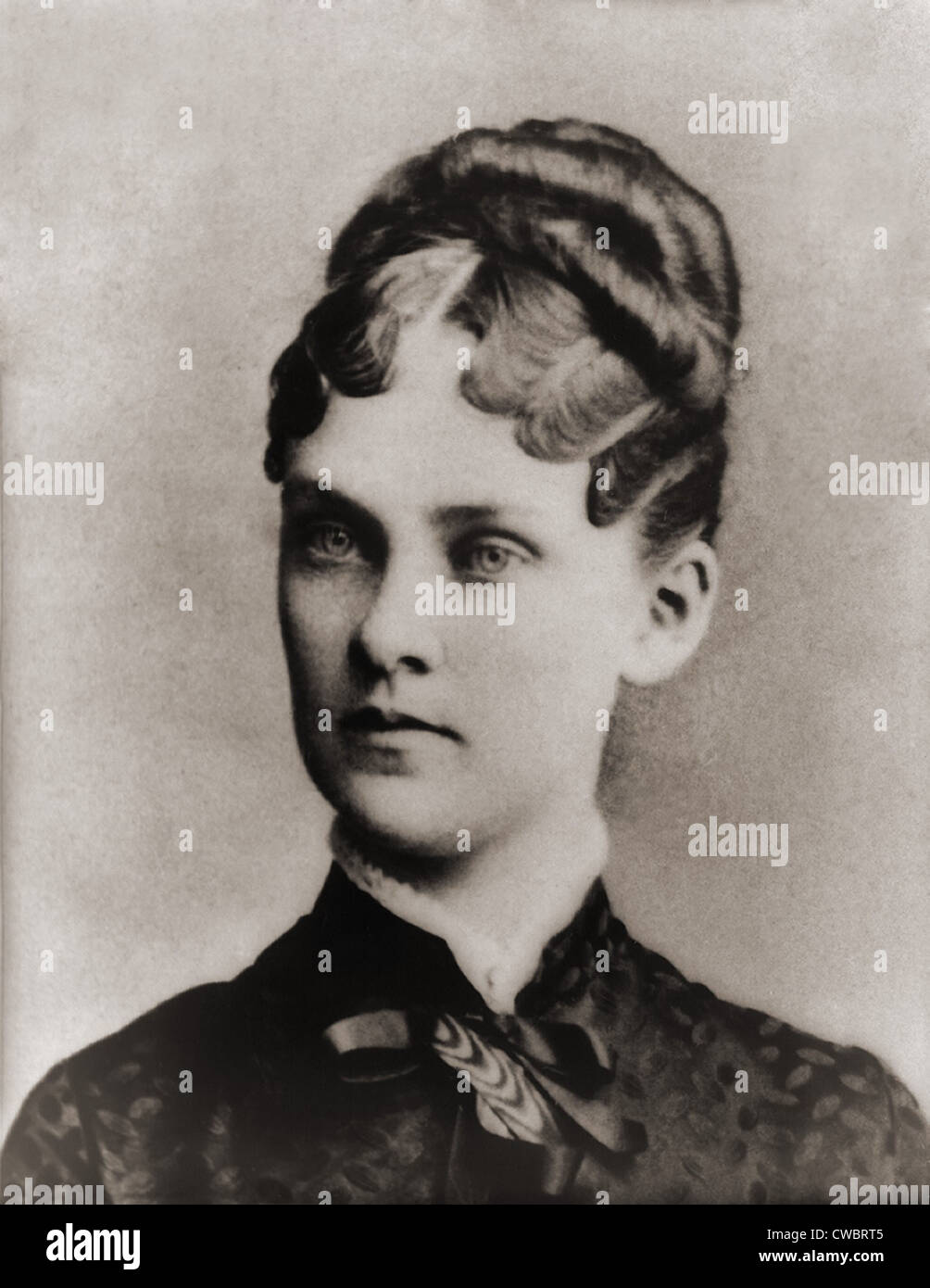 Alice Hathaway Lee Roosevelt (1861-1884), 1st wife of President T.R. Roosevelt, died at age 22 , after the birth of their only Stock Photohttps://www.alamy.com/image-license-details/?v=1https://www.alamy.com/stock-photo-alice-hathaway-lee-roosevelt-1861-1884-1st-wife-of-president-tr-roosevelt-50047317.html
Alice Hathaway Lee Roosevelt (1861-1884), 1st wife of President T.R. Roosevelt, died at age 22 , after the birth of their only Stock Photohttps://www.alamy.com/image-license-details/?v=1https://www.alamy.com/stock-photo-alice-hathaway-lee-roosevelt-1861-1884-1st-wife-of-president-tr-roosevelt-50047317.htmlRMCWBRT5–Alice Hathaway Lee Roosevelt (1861-1884), 1st wife of President T.R. Roosevelt, died at age 22 , after the birth of their only
 The Presentation of Jesus at the Temple Stock Photohttps://www.alamy.com/image-license-details/?v=1https://www.alamy.com/the-presentation-of-jesus-at-the-temple-image208515485.html
The Presentation of Jesus at the Temple Stock Photohttps://www.alamy.com/image-license-details/?v=1https://www.alamy.com/the-presentation-of-jesus-at-the-temple-image208515485.htmlRMP36KHH–The Presentation of Jesus at the Temple
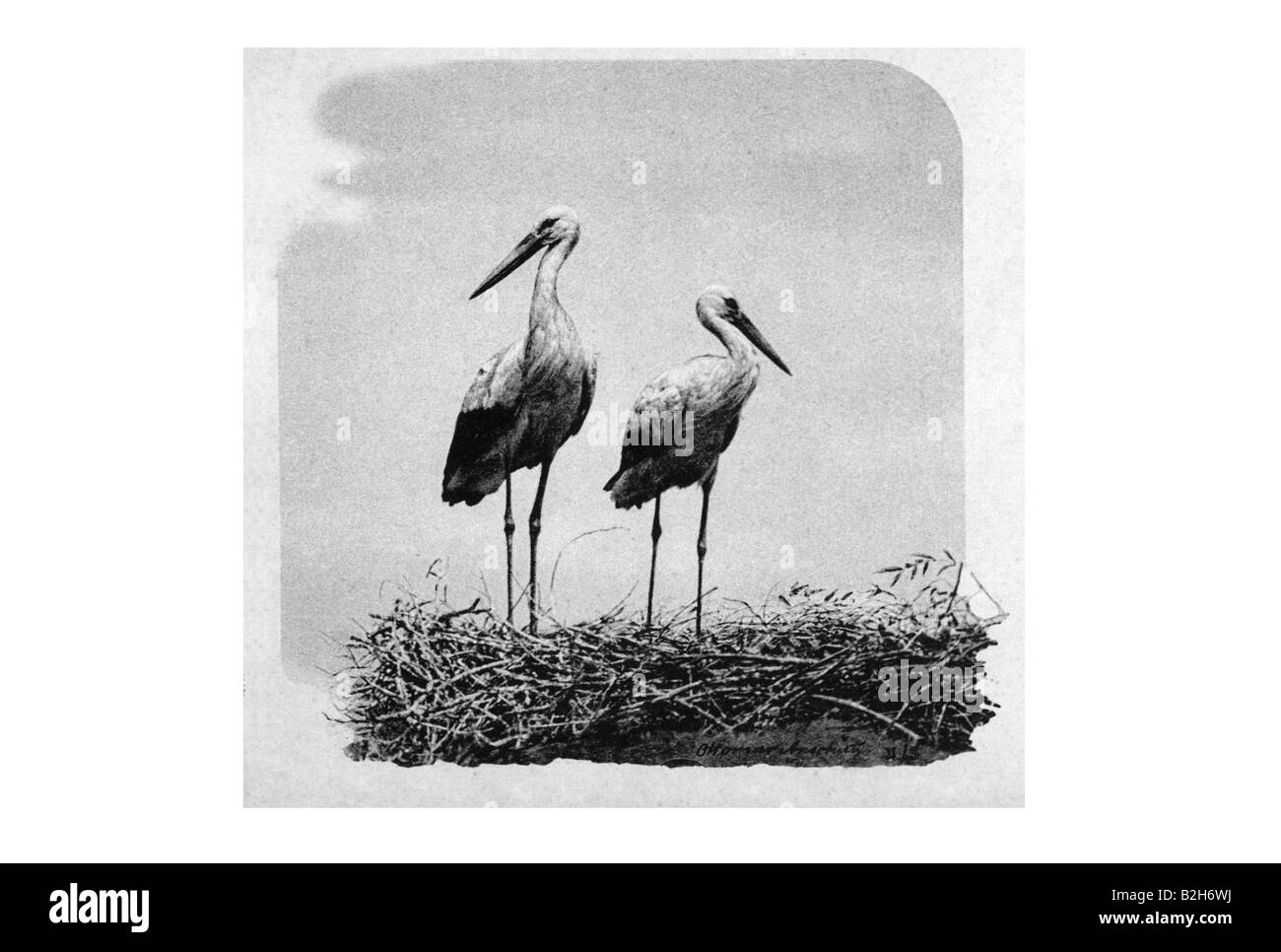 Postcard motive 19th century Germany Stock Photohttps://www.alamy.com/image-license-details/?v=1https://www.alamy.com/stock-photo-postcard-motive-19th-century-germany-18818286.html
Postcard motive 19th century Germany Stock Photohttps://www.alamy.com/image-license-details/?v=1https://www.alamy.com/stock-photo-postcard-motive-19th-century-germany-18818286.htmlRMB2H6WJ–Postcard motive 19th century Germany
 . English: Our Lady 'Help in childbirth' Русский: Ико́на Бо́жией Ма́тери «Поможе́ние ро́дам» . 19th century. anonimus 491 Pomozhenie rodam Stock Photohttps://www.alamy.com/image-license-details/?v=1https://www.alamy.com/english-our-lady-help-in-childbirth-19th-century-anonimus-491-pomozhenie-rodam-image187456218.html
. English: Our Lady 'Help in childbirth' Русский: Ико́на Бо́жией Ма́тери «Поможе́ние ро́дам» . 19th century. anonimus 491 Pomozhenie rodam Stock Photohttps://www.alamy.com/image-license-details/?v=1https://www.alamy.com/english-our-lady-help-in-childbirth-19th-century-anonimus-491-pomozhenie-rodam-image187456218.htmlRMMTYA8X–. English: Our Lady 'Help in childbirth' Русский: Ико́на Бо́жией Ма́тери «Поможе́ние ро́дам» . 19th century. anonimus 491 Pomozhenie rodam
 Jean-Baptiste Carpeaux (1827-1875). 'Childbirth scene'. Museum of Fine Arts of the City of Paris, Petit Palais. 33427-1 Childbirth, give birth, candle, chiaroscuro, contortion body, scream, doctor, pain, give birth, woman, birth, birth, midwife, dark, suffering, 19th XIX 19th 19th 19th 19th century Stock Photohttps://www.alamy.com/image-license-details/?v=1https://www.alamy.com/jean-baptiste-carpeaux-1827-1875-childbirth-scene-museum-of-fine-arts-of-the-city-of-paris-petit-palais-33427-1-childbirth-give-birth-candle-chiaroscuro-contortion-body-scream-doctor-pain-give-birth-woman-birth-birth-midwife-dark-suffering-19th-xix-19th-19th-19th-19th-century-image596753401.html
Jean-Baptiste Carpeaux (1827-1875). 'Childbirth scene'. Museum of Fine Arts of the City of Paris, Petit Palais. 33427-1 Childbirth, give birth, candle, chiaroscuro, contortion body, scream, doctor, pain, give birth, woman, birth, birth, midwife, dark, suffering, 19th XIX 19th 19th 19th 19th century Stock Photohttps://www.alamy.com/image-license-details/?v=1https://www.alamy.com/jean-baptiste-carpeaux-1827-1875-childbirth-scene-museum-of-fine-arts-of-the-city-of-paris-petit-palais-33427-1-childbirth-give-birth-candle-chiaroscuro-contortion-body-scream-doctor-pain-give-birth-woman-birth-birth-midwife-dark-suffering-19th-xix-19th-19th-19th-19th-century-image596753401.htmlRM2WJTD1D–Jean-Baptiste Carpeaux (1827-1875). 'Childbirth scene'. Museum of Fine Arts of the City of Paris, Petit Palais. 33427-1 Childbirth, give birth, candle, chiaroscuro, contortion body, scream, doctor, pain, give birth, woman, birth, birth, midwife, dark, suffering, 19th XIX 19th 19th 19th 19th century
 PRINCESS CHARLOTTE OF WALES: Daughter of King George IV. Died in childbirth 1853 Stock Photohttps://www.alamy.com/image-license-details/?v=1https://www.alamy.com/stock-photo-princess-charlotte-of-wales-daughter-of-king-george-iv-died-in-childbirth-106764370.html
PRINCESS CHARLOTTE OF WALES: Daughter of King George IV. Died in childbirth 1853 Stock Photohttps://www.alamy.com/image-license-details/?v=1https://www.alamy.com/stock-photo-princess-charlotte-of-wales-daughter-of-king-george-iv-died-in-childbirth-106764370.htmlRFG5KF16–PRINCESS CHARLOTTE OF WALES: Daughter of King George IV. Died in childbirth 1853
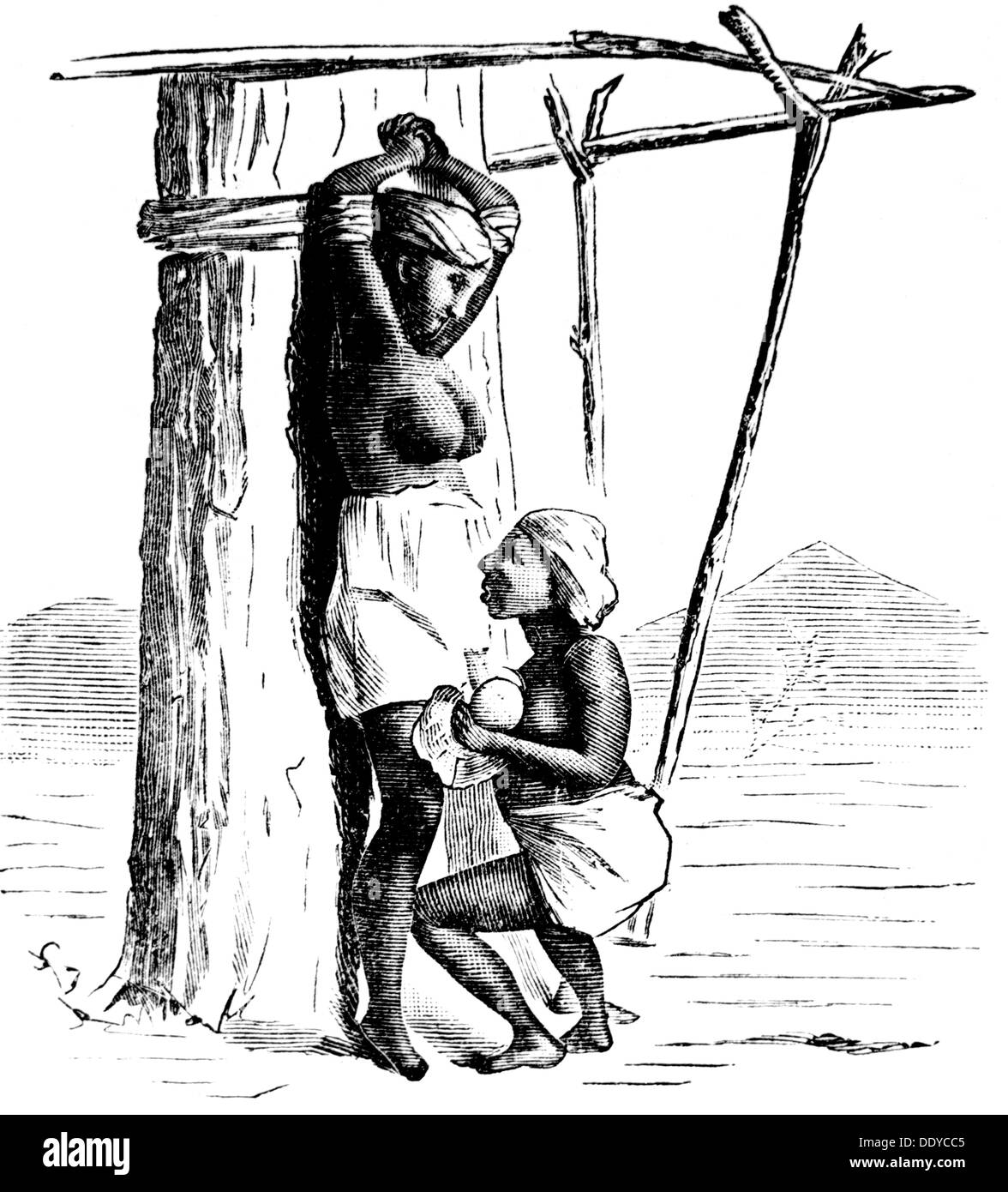 medicine,birth / gynecology,pregnant woman bound on tree delivering child with midwife,Serang,after Engelmann,wood engraving,19th century,19th century,graphic,graphics,South-East Asia,South East Asia,Southeast Asia,Far East,Indonesia,Java,half length,standing,tree,trees,obstetrics,birthing,bear,give birth,delivery,childbearing,childbirth,baby,babies,nurseling,nursling,medicine,medicines,birth,births,gynecology,gynaecology,pregnant woman,pregnant women,midwife,midwives,historic,historical,woman,women,female,people,Additional-Rights-Clearences-Not Available Stock Photohttps://www.alamy.com/image-license-details/?v=1https://www.alamy.com/medicinebirth-gynecologypregnant-woman-bound-on-tree-delivering-child-image60224085.html
medicine,birth / gynecology,pregnant woman bound on tree delivering child with midwife,Serang,after Engelmann,wood engraving,19th century,19th century,graphic,graphics,South-East Asia,South East Asia,Southeast Asia,Far East,Indonesia,Java,half length,standing,tree,trees,obstetrics,birthing,bear,give birth,delivery,childbearing,childbirth,baby,babies,nurseling,nursling,medicine,medicines,birth,births,gynecology,gynaecology,pregnant woman,pregnant women,midwife,midwives,historic,historical,woman,women,female,people,Additional-Rights-Clearences-Not Available Stock Photohttps://www.alamy.com/image-license-details/?v=1https://www.alamy.com/medicinebirth-gynecologypregnant-woman-bound-on-tree-delivering-child-image60224085.htmlRMDDYCC5–medicine,birth / gynecology,pregnant woman bound on tree delivering child with midwife,Serang,after Engelmann,wood engraving,19th century,19th century,graphic,graphics,South-East Asia,South East Asia,Southeast Asia,Far East,Indonesia,Java,half length,standing,tree,trees,obstetrics,birthing,bear,give birth,delivery,childbearing,childbirth,baby,babies,nurseling,nursling,medicine,medicines,birth,births,gynecology,gynaecology,pregnant woman,pregnant women,midwife,midwives,historic,historical,woman,women,female,people,Additional-Rights-Clearences-Not Available
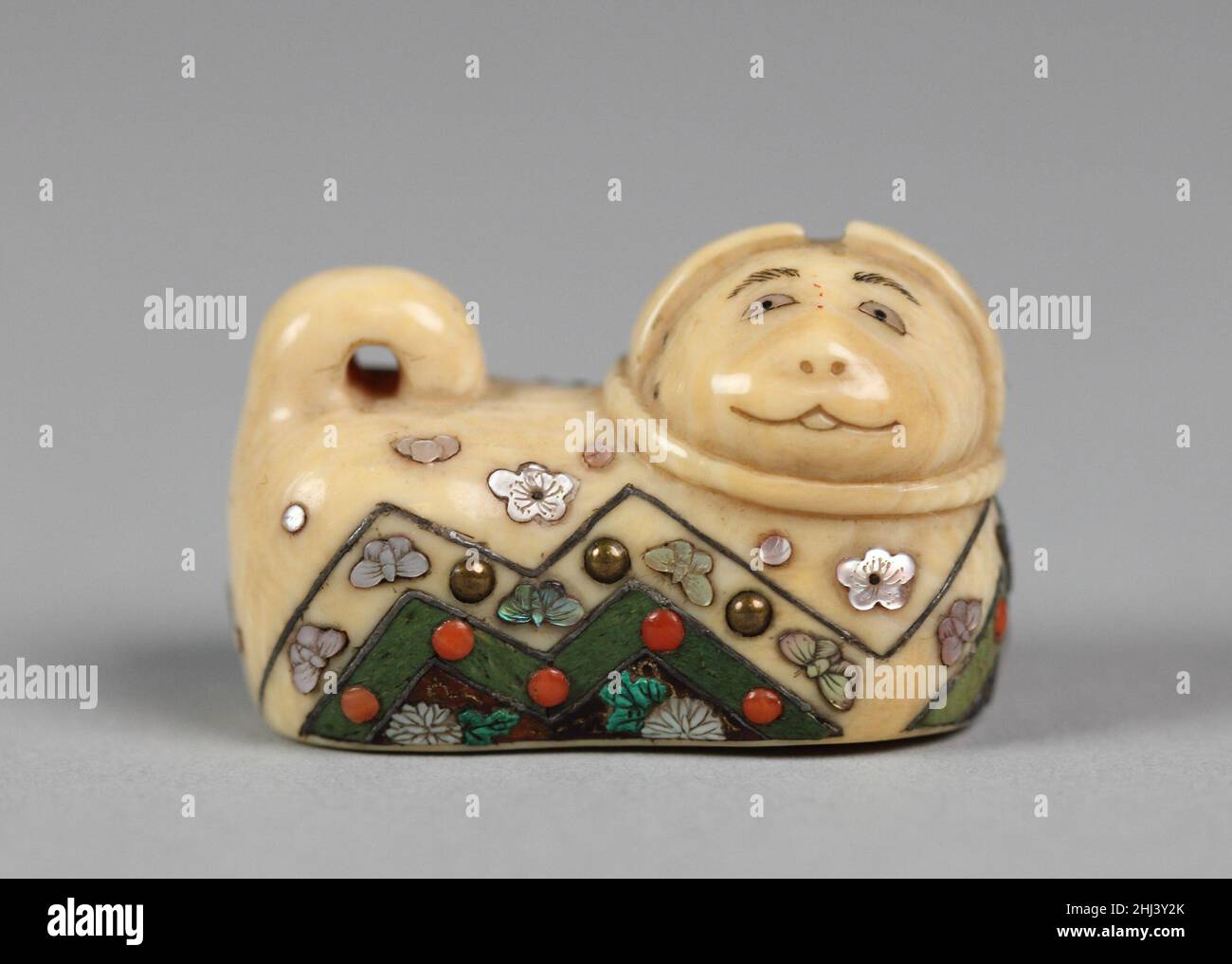 Dog Amulet (Inu Hariko) mid-19th century Shitayama Inlaid with mother-of-pearl and cloisonné, this netsuke resembles a benevolent dog amulet (inu hariko). These box-shaped charms were given to women in childbirth and to young girls to insure good fortune and a safe home.. Dog Amulet (Inu Hariko). Shitayama. Japan. mid-19th century. Ivory inlaid with mother-of-pearl, metal and cloisonné. Edo period (1615–1868)–Meiji period (1868–1912). Netsuke Stock Photohttps://www.alamy.com/image-license-details/?v=1https://www.alamy.com/dog-amulet-inu-hariko-mid-19th-century-shitayama-inlaid-with-mother-of-pearl-and-cloisonn-this-netsuke-resembles-a-benevolent-dog-amulet-inu-hariko-these-box-shaped-charms-were-given-to-women-in-childbirth-and-to-young-girls-to-insure-good-fortune-and-a-safe-home-dog-amulet-inu-hariko-shitayama-japan-mid-19th-century-ivory-inlaid-with-mother-of-pearl-metal-and-cloisonn-edo-period-16151868meiji-period-18681912-netsuke-image458620475.html
Dog Amulet (Inu Hariko) mid-19th century Shitayama Inlaid with mother-of-pearl and cloisonné, this netsuke resembles a benevolent dog amulet (inu hariko). These box-shaped charms were given to women in childbirth and to young girls to insure good fortune and a safe home.. Dog Amulet (Inu Hariko). Shitayama. Japan. mid-19th century. Ivory inlaid with mother-of-pearl, metal and cloisonné. Edo period (1615–1868)–Meiji period (1868–1912). Netsuke Stock Photohttps://www.alamy.com/image-license-details/?v=1https://www.alamy.com/dog-amulet-inu-hariko-mid-19th-century-shitayama-inlaid-with-mother-of-pearl-and-cloisonn-this-netsuke-resembles-a-benevolent-dog-amulet-inu-hariko-these-box-shaped-charms-were-given-to-women-in-childbirth-and-to-young-girls-to-insure-good-fortune-and-a-safe-home-dog-amulet-inu-hariko-shitayama-japan-mid-19th-century-ivory-inlaid-with-mother-of-pearl-metal-and-cloisonn-edo-period-16151868meiji-period-18681912-netsuke-image458620475.htmlRM2HJ3Y2K–Dog Amulet (Inu Hariko) mid-19th century Shitayama Inlaid with mother-of-pearl and cloisonné, this netsuke resembles a benevolent dog amulet (inu hariko). These box-shaped charms were given to women in childbirth and to young girls to insure good fortune and a safe home.. Dog Amulet (Inu Hariko). Shitayama. Japan. mid-19th century. Ivory inlaid with mother-of-pearl, metal and cloisonné. Edo period (1615–1868)–Meiji period (1868–1912). Netsuke
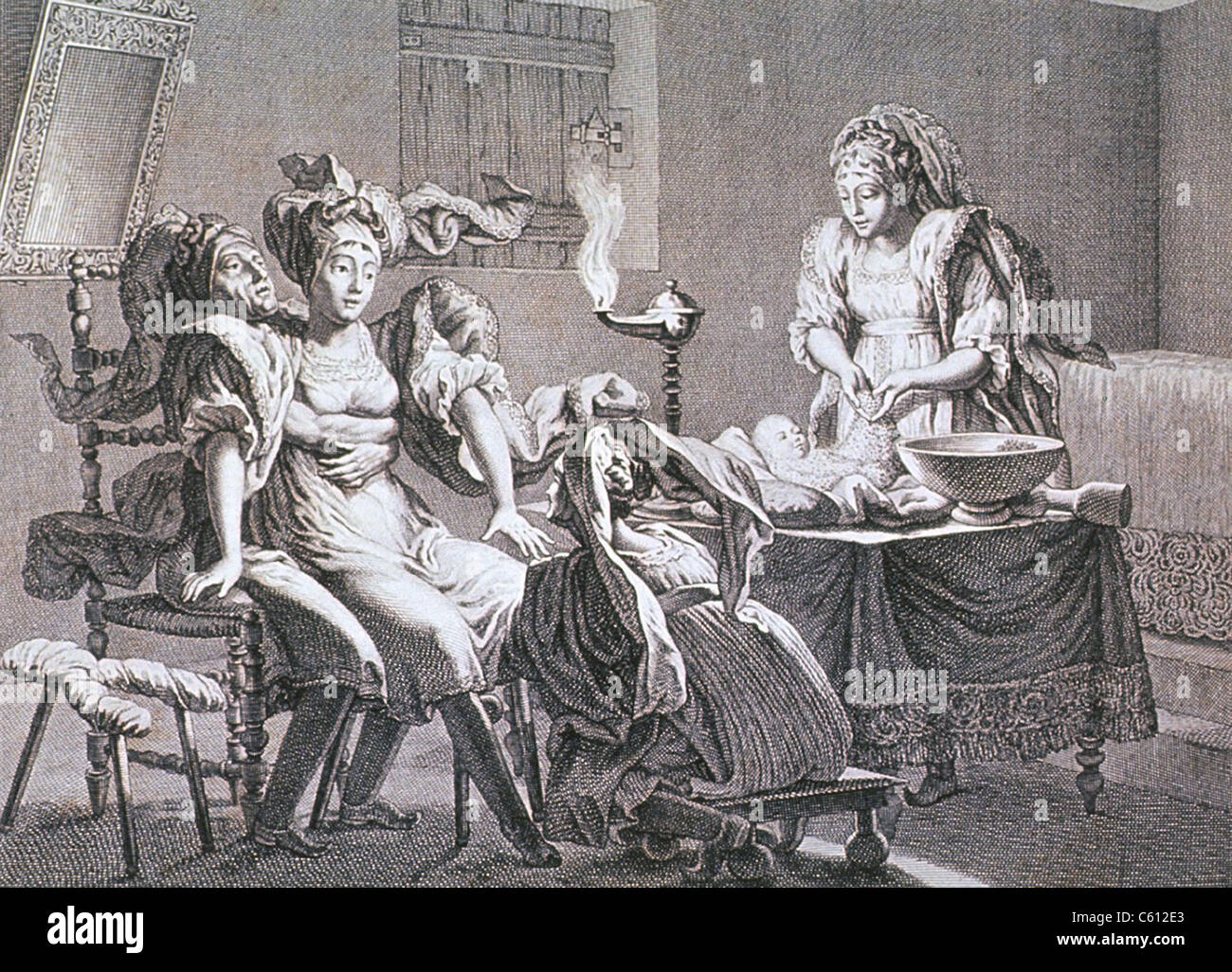 A woman has given birth with the aid of three midwives. She is sitting in the lap of one who has her arms around her; the second, sitting on a low stool, is reaching under her dress; and the third is standing at a table with a newborn infant. French engraving, ca. 1800. Stock Photohttps://www.alamy.com/image-license-details/?v=1https://www.alamy.com/stock-photo-a-woman-has-given-birth-with-the-aid-of-three-midwives-she-is-sitting-38132587.html
A woman has given birth with the aid of three midwives. She is sitting in the lap of one who has her arms around her; the second, sitting on a low stool, is reaching under her dress; and the third is standing at a table with a newborn infant. French engraving, ca. 1800. Stock Photohttps://www.alamy.com/image-license-details/?v=1https://www.alamy.com/stock-photo-a-woman-has-given-birth-with-the-aid-of-three-midwives-she-is-sitting-38132587.htmlRMC612E3–A woman has given birth with the aid of three midwives. She is sitting in the lap of one who has her arms around her; the second, sitting on a low stool, is reaching under her dress; and the third is standing at a table with a newborn infant. French engraving, ca. 1800.
 Pendant (Hei-tiki), 1800s. Polynesia, New Zealand, Maori people, 19th century. Nephrite (greenstone); overall: 11.2 x 5.5 cm (4 7/16 x 2 3/16 in.). Among the M?ori, leaders are hereditary and imbued with mana, power and prestige that can be embodied and passed down in the artworks associated with them. Hei-tiki are among these treasured, mana-charged heirlooms, which connect the living to ancestors of the islands’ pre-European past. They may represent Hine-te-Iwaiwa, a legendary ancestress who is the exemplar of M?ori womanhood and the patron of childbirth. Stock Photohttps://www.alamy.com/image-license-details/?v=1https://www.alamy.com/pendant-hei-tiki-1800s-polynesia-new-zealand-maori-people-19th-century-nephrite-greenstone-overall-112-x-55-cm-4-716-x-2-316-in-among-the-mori-leaders-are-hereditary-and-imbued-with-mana-power-and-prestige-that-can-be-embodied-and-passed-down-in-the-artworks-associated-with-them-hei-tiki-are-among-these-treasured-mana-charged-heirlooms-which-connect-the-living-to-ancestors-of-the-islands-pre-european-past-they-may-represent-hine-te-iwaiwa-a-legendary-ancestress-who-is-the-exemplar-of-mori-womanhood-and-the-patron-of-childbirth-image448088988.html
Pendant (Hei-tiki), 1800s. Polynesia, New Zealand, Maori people, 19th century. Nephrite (greenstone); overall: 11.2 x 5.5 cm (4 7/16 x 2 3/16 in.). Among the M?ori, leaders are hereditary and imbued with mana, power and prestige that can be embodied and passed down in the artworks associated with them. Hei-tiki are among these treasured, mana-charged heirlooms, which connect the living to ancestors of the islands’ pre-European past. They may represent Hine-te-Iwaiwa, a legendary ancestress who is the exemplar of M?ori womanhood and the patron of childbirth. Stock Photohttps://www.alamy.com/image-license-details/?v=1https://www.alamy.com/pendant-hei-tiki-1800s-polynesia-new-zealand-maori-people-19th-century-nephrite-greenstone-overall-112-x-55-cm-4-716-x-2-316-in-among-the-mori-leaders-are-hereditary-and-imbued-with-mana-power-and-prestige-that-can-be-embodied-and-passed-down-in-the-artworks-associated-with-them-hei-tiki-are-among-these-treasured-mana-charged-heirlooms-which-connect-the-living-to-ancestors-of-the-islands-pre-european-past-they-may-represent-hine-te-iwaiwa-a-legendary-ancestress-who-is-the-exemplar-of-mori-womanhood-and-the-patron-of-childbirth-image448088988.htmlRM2H10624–Pendant (Hei-tiki), 1800s. Polynesia, New Zealand, Maori people, 19th century. Nephrite (greenstone); overall: 11.2 x 5.5 cm (4 7/16 x 2 3/16 in.). Among the M?ori, leaders are hereditary and imbued with mana, power and prestige that can be embodied and passed down in the artworks associated with them. Hei-tiki are among these treasured, mana-charged heirlooms, which connect the living to ancestors of the islands’ pre-European past. They may represent Hine-te-Iwaiwa, a legendary ancestress who is the exemplar of M?ori womanhood and the patron of childbirth.
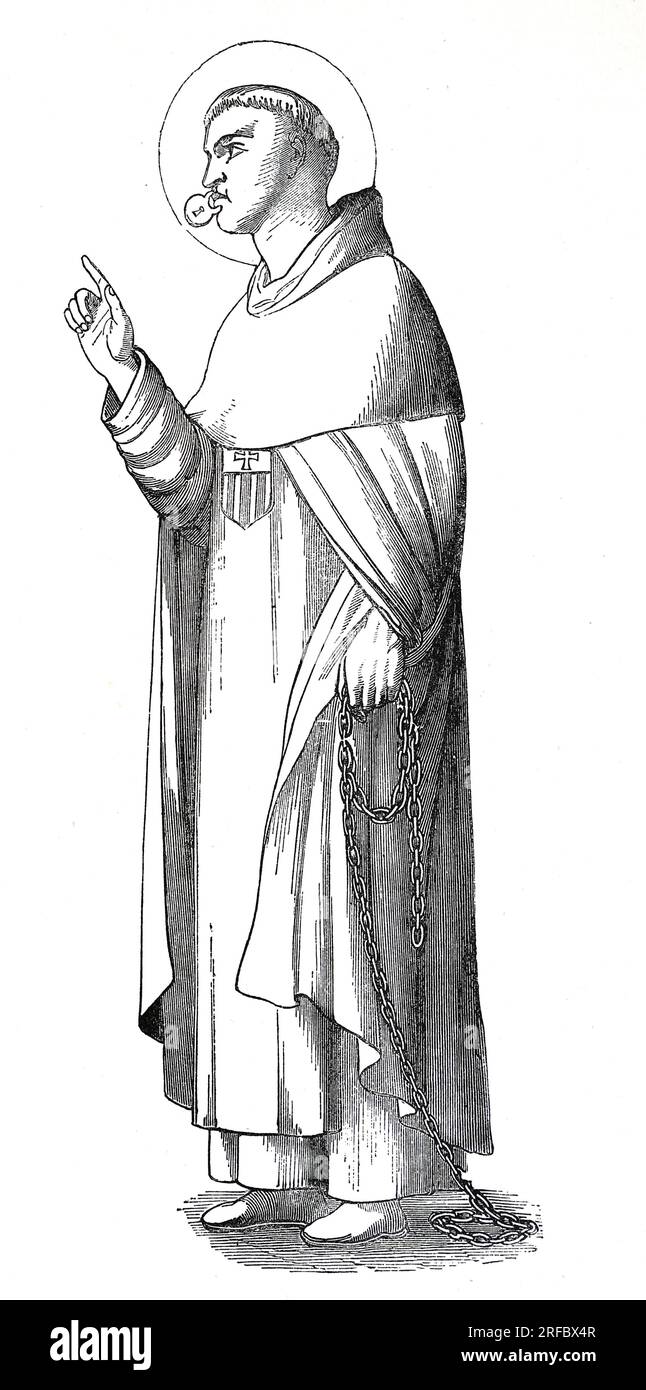 Portrait of St. Raymond (or Raymund) Nonnatus. He is the patron saint of childbirth, midwives, children, pregnant women, and priests defending the confidentiality of confession. He is shown with a padlocked mouth as he suffered in captivity as a legend states that the Moors bored a hole through his lips with a hot iron, and padlocked his mouth to prevent him from preaching. Engraving from Lives of the Saints by Sabin Baring-Gould. Stock Photohttps://www.alamy.com/image-license-details/?v=1https://www.alamy.com/portrait-of-st-raymond-or-raymund-nonnatus-he-is-the-patron-saint-of-childbirth-midwives-children-pregnant-women-and-priests-defending-the-confidentiality-of-confession-he-is-shown-with-a-padlocked-mouth-as-he-suffered-in-captivity-as-a-legend-states-that-the-moors-bored-a-hole-through-his-lips-with-a-hot-iron-and-padlocked-his-mouth-to-prevent-him-from-preaching-engraving-from-lives-of-the-saints-by-sabin-baring-gould-image560213607.html
Portrait of St. Raymond (or Raymund) Nonnatus. He is the patron saint of childbirth, midwives, children, pregnant women, and priests defending the confidentiality of confession. He is shown with a padlocked mouth as he suffered in captivity as a legend states that the Moors bored a hole through his lips with a hot iron, and padlocked his mouth to prevent him from preaching. Engraving from Lives of the Saints by Sabin Baring-Gould. Stock Photohttps://www.alamy.com/image-license-details/?v=1https://www.alamy.com/portrait-of-st-raymond-or-raymund-nonnatus-he-is-the-patron-saint-of-childbirth-midwives-children-pregnant-women-and-priests-defending-the-confidentiality-of-confession-he-is-shown-with-a-padlocked-mouth-as-he-suffered-in-captivity-as-a-legend-states-that-the-moors-bored-a-hole-through-his-lips-with-a-hot-iron-and-padlocked-his-mouth-to-prevent-him-from-preaching-engraving-from-lives-of-the-saints-by-sabin-baring-gould-image560213607.htmlRM2RFBX4R–Portrait of St. Raymond (or Raymund) Nonnatus. He is the patron saint of childbirth, midwives, children, pregnant women, and priests defending the confidentiality of confession. He is shown with a padlocked mouth as he suffered in captivity as a legend states that the Moors bored a hole through his lips with a hot iron, and padlocked his mouth to prevent him from preaching. Engraving from Lives of the Saints by Sabin Baring-Gould.
 Art inspired by Birth of a Prince, Francesco Jacovacci, Italian, 1838-1908, Oil on canvas, Italy, 1876, 21 1/8 x 30 1/8 in., 53.7 x 76.5 cm, 1876, 19th, attendants, baldaquin, bed, bedroom, birth, cape, century, child, childbirth, court, courtiers, doorway, european, family, figures, Classic works modernized by Artotop with a splash of modernity. Shapes, color and value, eye-catching visual impact on art. Emotions through freedom of artworks in a contemporary way. A timeless message pursuing a wildly creative new direction. Artists turning to the digital medium and creating the Artotop NFT Stock Photohttps://www.alamy.com/image-license-details/?v=1https://www.alamy.com/art-inspired-by-birth-of-a-prince-francesco-jacovacci-italian-1838-1908-oil-on-canvas-italy-1876-21-18-x-30-18-in-537-x-765-cm-1876-19th-attendants-baldaquin-bed-bedroom-birth-cape-century-child-childbirth-court-courtiers-doorway-european-family-figures-classic-works-modernized-by-artotop-with-a-splash-of-modernity-shapes-color-and-value-eye-catching-visual-impact-on-art-emotions-through-freedom-of-artworks-in-a-contemporary-way-a-timeless-message-pursuing-a-wildly-creative-new-direction-artists-turning-to-the-digital-medium-and-creating-the-artotop-nft-image459568748.html
Art inspired by Birth of a Prince, Francesco Jacovacci, Italian, 1838-1908, Oil on canvas, Italy, 1876, 21 1/8 x 30 1/8 in., 53.7 x 76.5 cm, 1876, 19th, attendants, baldaquin, bed, bedroom, birth, cape, century, child, childbirth, court, courtiers, doorway, european, family, figures, Classic works modernized by Artotop with a splash of modernity. Shapes, color and value, eye-catching visual impact on art. Emotions through freedom of artworks in a contemporary way. A timeless message pursuing a wildly creative new direction. Artists turning to the digital medium and creating the Artotop NFT Stock Photohttps://www.alamy.com/image-license-details/?v=1https://www.alamy.com/art-inspired-by-birth-of-a-prince-francesco-jacovacci-italian-1838-1908-oil-on-canvas-italy-1876-21-18-x-30-18-in-537-x-765-cm-1876-19th-attendants-baldaquin-bed-bedroom-birth-cape-century-child-childbirth-court-courtiers-doorway-european-family-figures-classic-works-modernized-by-artotop-with-a-splash-of-modernity-shapes-color-and-value-eye-catching-visual-impact-on-art-emotions-through-freedom-of-artworks-in-a-contemporary-way-a-timeless-message-pursuing-a-wildly-creative-new-direction-artists-turning-to-the-digital-medium-and-creating-the-artotop-nft-image459568748.htmlRF2HKK4HG–Art inspired by Birth of a Prince, Francesco Jacovacci, Italian, 1838-1908, Oil on canvas, Italy, 1876, 21 1/8 x 30 1/8 in., 53.7 x 76.5 cm, 1876, 19th, attendants, baldaquin, bed, bedroom, birth, cape, century, child, childbirth, court, courtiers, doorway, european, family, figures, Classic works modernized by Artotop with a splash of modernity. Shapes, color and value, eye-catching visual impact on art. Emotions through freedom of artworks in a contemporary way. A timeless message pursuing a wildly creative new direction. Artists turning to the digital medium and creating the Artotop NFT
 Memorial to Étienne Stéphane Tarnier French 19th Century obstetrician Place Camille Jullian Paris France Stock Photohttps://www.alamy.com/image-license-details/?v=1https://www.alamy.com/stock-photo-memorial-to-tienne-stphane-tarnier-french-19th-century-obstetrician-17385209.html
Memorial to Étienne Stéphane Tarnier French 19th Century obstetrician Place Camille Jullian Paris France Stock Photohttps://www.alamy.com/image-license-details/?v=1https://www.alamy.com/stock-photo-memorial-to-tienne-stphane-tarnier-french-19th-century-obstetrician-17385209.htmlRMB07Y09–Memorial to Étienne Stéphane Tarnier French 19th Century obstetrician Place Camille Jullian Paris France
 Title: The Natchez Creator: Eugène Delacroix Date: 1823 Medium: oil on canvas Dimensions: 90.2 x 116.8 cms Location: Metropolitan Museum of Art, New York, USA Stock Photohttps://www.alamy.com/image-license-details/?v=1https://www.alamy.com/title-the-natchez-creator-eugne-delacroix-date-1823-medium-oil-on-canvas-dimensions-902-x-1168-cms-location-metropolitan-museum-of-art-new-york-usa-image432859323.html
Title: The Natchez Creator: Eugène Delacroix Date: 1823 Medium: oil on canvas Dimensions: 90.2 x 116.8 cms Location: Metropolitan Museum of Art, New York, USA Stock Photohttps://www.alamy.com/image-license-details/?v=1https://www.alamy.com/title-the-natchez-creator-eugne-delacroix-date-1823-medium-oil-on-canvas-dimensions-902-x-1168-cms-location-metropolitan-museum-of-art-new-york-usa-image432859323.htmlRM2G46CDF–Title: The Natchez Creator: Eugène Delacroix Date: 1823 Medium: oil on canvas Dimensions: 90.2 x 116.8 cms Location: Metropolitan Museum of Art, New York, USA
 Roman era. Religion. Matronalia or Matronales Feriae. Festival celebration to honour Juno Lucina, the goddess of childbirth and the motherhood and women in general. The women participated in rituals at the temple to Juno Lucina. Chromolithography. La Civilizacion (The Civilization), tome II, 1881. Stock Photohttps://www.alamy.com/image-license-details/?v=1https://www.alamy.com/roman-era-religion-matronalia-or-matronales-feriae-festival-celebration-to-honour-juno-lucina-the-goddess-of-childbirth-and-the-motherhood-and-women-in-general-the-women-participated-in-rituals-at-the-temple-to-juno-lucina-chromolithography-la-civilizacion-the-civilization-tome-ii-1881-image227247077.html
Roman era. Religion. Matronalia or Matronales Feriae. Festival celebration to honour Juno Lucina, the goddess of childbirth and the motherhood and women in general. The women participated in rituals at the temple to Juno Lucina. Chromolithography. La Civilizacion (The Civilization), tome II, 1881. Stock Photohttps://www.alamy.com/image-license-details/?v=1https://www.alamy.com/roman-era-religion-matronalia-or-matronales-feriae-festival-celebration-to-honour-juno-lucina-the-goddess-of-childbirth-and-the-motherhood-and-women-in-general-the-women-participated-in-rituals-at-the-temple-to-juno-lucina-chromolithography-la-civilizacion-the-civilization-tome-ii-1881-image227247077.htmlRMR5KYY1–Roman era. Religion. Matronalia or Matronales Feriae. Festival celebration to honour Juno Lucina, the goddess of childbirth and the motherhood and women in general. The women participated in rituals at the temple to Juno Lucina. Chromolithography. La Civilizacion (The Civilization), tome II, 1881.
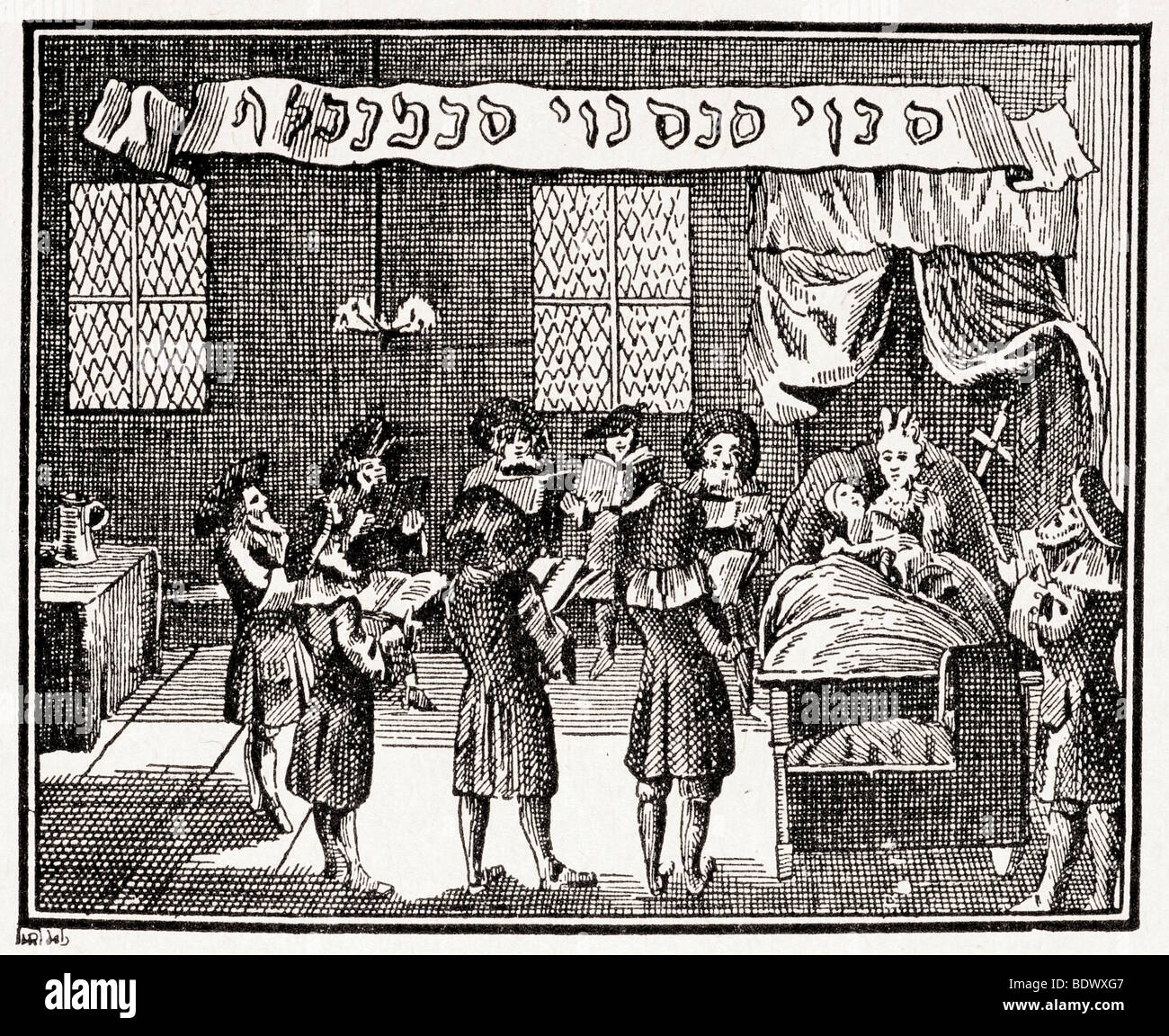 reciting the ha mal ak ha go el prayer at childbirth Stock Photohttps://www.alamy.com/image-license-details/?v=1https://www.alamy.com/stock-photo-reciting-the-ha-mal-ak-ha-go-el-prayer-at-childbirth-25770535.html
reciting the ha mal ak ha go el prayer at childbirth Stock Photohttps://www.alamy.com/image-license-details/?v=1https://www.alamy.com/stock-photo-reciting-the-ha-mal-ak-ha-go-el-prayer-at-childbirth-25770535.htmlRMBDWXG7–reciting the ha mal ak ha go el prayer at childbirth
 The Birth of the Buddha, 19th Century. Stock Photohttps://www.alamy.com/image-license-details/?v=1https://www.alamy.com/the-birth-of-the-buddha-19th-century-image571916503.html
The Birth of the Buddha, 19th Century. Stock Photohttps://www.alamy.com/image-license-details/?v=1https://www.alamy.com/the-birth-of-the-buddha-19th-century-image571916503.htmlRM2T6D19B–The Birth of the Buddha, 19th Century.
 Madonna and Child. Date: 19th century. oil on wood. Museum: Smithsonian American Art Museum. Stock Photohttps://www.alamy.com/image-license-details/?v=1https://www.alamy.com/madonna-and-child-date-19th-century-oil-on-wood-museum-smithsonian-american-art-museum-image554740910.html
Madonna and Child. Date: 19th century. oil on wood. Museum: Smithsonian American Art Museum. Stock Photohttps://www.alamy.com/image-license-details/?v=1https://www.alamy.com/madonna-and-child-date-19th-century-oil-on-wood-museum-smithsonian-american-art-museum-image554740910.htmlRM2R6EHKA–Madonna and Child. Date: 19th century. oil on wood. Museum: Smithsonian American Art Museum.
 Obstetrics. Childbirth. Illustration of the 19th century. Germany. White background. Stock Photohttps://www.alamy.com/image-license-details/?v=1https://www.alamy.com/obstetrics-childbirth-illustration-of-the-19th-century-germany-white-background-image419115983.html
Obstetrics. Childbirth. Illustration of the 19th century. Germany. White background. Stock Photohttps://www.alamy.com/image-license-details/?v=1https://www.alamy.com/obstetrics-childbirth-illustration-of-the-19th-century-germany-white-background-image419115983.htmlRF2F9TAKY–Obstetrics. Childbirth. Illustration of the 19th century. Germany. White background.
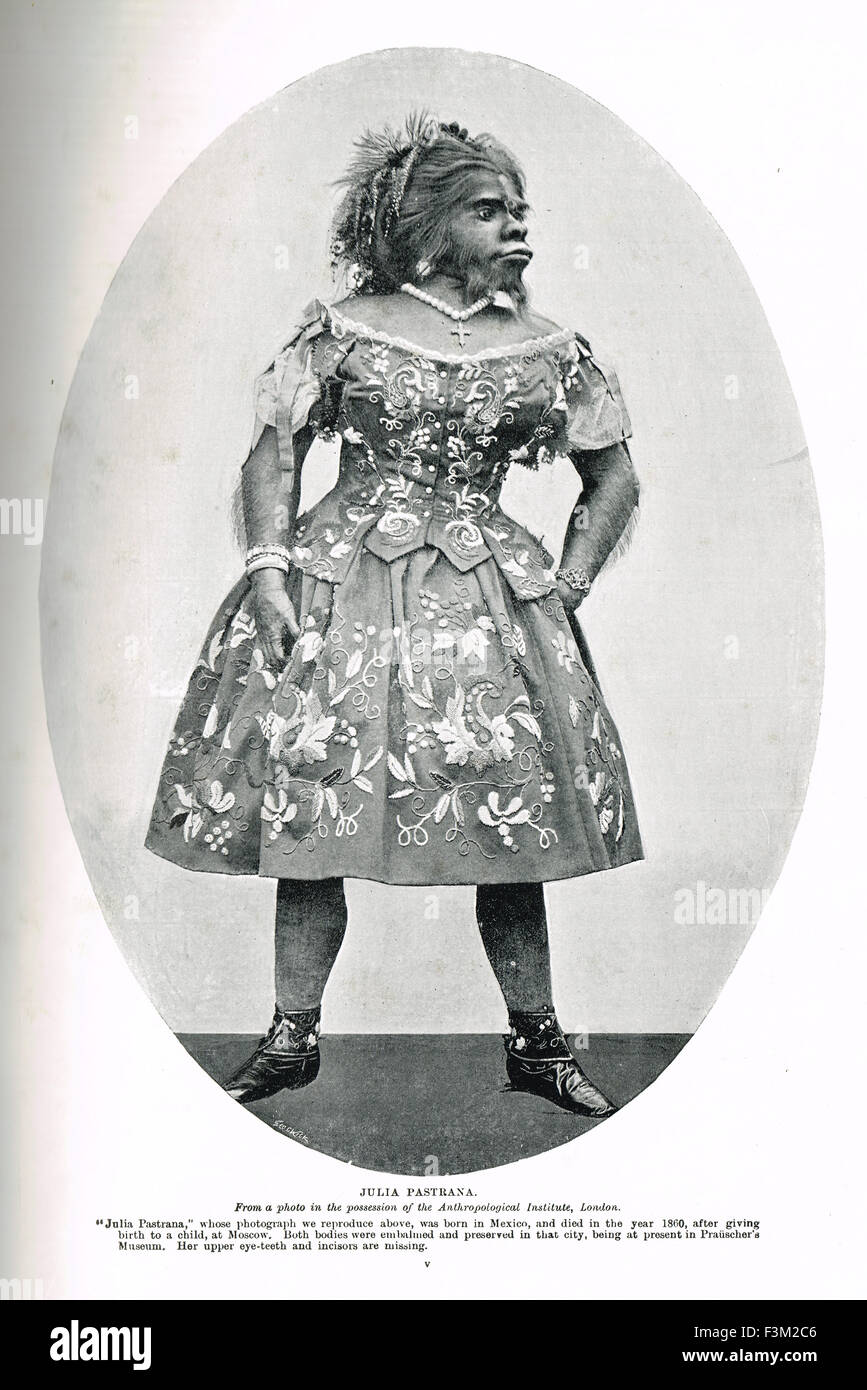 Julia Pastrana Mexican Woman exhibited as the Bearded Lady, The Ape Woman, The Bear Woman & The Baboon Lady in the Nineteenth Century Stock Photohttps://www.alamy.com/image-license-details/?v=1https://www.alamy.com/stock-photo-julia-pastrana-mexican-woman-exhibited-as-the-bearded-lady-the-ape-88336758.html
Julia Pastrana Mexican Woman exhibited as the Bearded Lady, The Ape Woman, The Bear Woman & The Baboon Lady in the Nineteenth Century Stock Photohttps://www.alamy.com/image-license-details/?v=1https://www.alamy.com/stock-photo-julia-pastrana-mexican-woman-exhibited-as-the-bearded-lady-the-ape-88336758.htmlRMF3M2C6–Julia Pastrana Mexican Woman exhibited as the Bearded Lady, The Ape Woman, The Bear Woman & The Baboon Lady in the Nineteenth Century
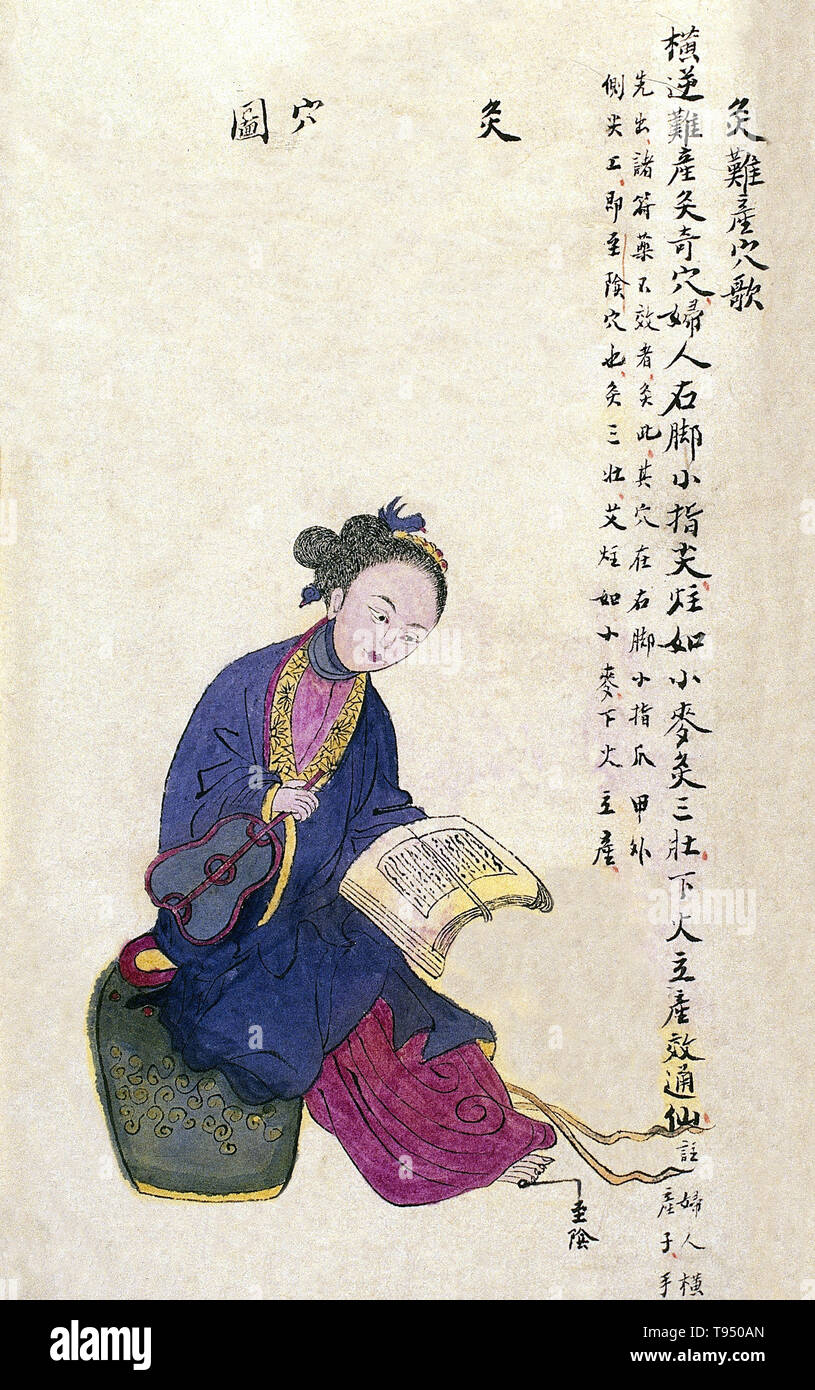 Acu-moxa point chart, showing the zhiyin (Reaching Yin) point, here also described as the 'difficult birth' point, from Chuanwu lingji lu (Record of Sovereign Teachings), by Zhang Youheng, a treatise on acu-moxa in two volumes. This work survives only in a manuscript draft, completed in 1869 (8th year of the Tongzhi reign period of the Qing dynasty). The text states: The zhiyin point is located on the outer side of the little toe beside the corner of the toenail. This point is moxibusted with three moxa cones, the size of a grain of wheat. It can cure severe complications of childbirth. Stock Photohttps://www.alamy.com/image-license-details/?v=1https://www.alamy.com/acu-moxa-point-chart-showing-the-zhiyin-reaching-yin-point-here-also-described-as-the-difficult-birth-point-from-chuanwu-lingji-lu-record-of-sovereign-teachings-by-zhang-youheng-a-treatise-on-acu-moxa-in-two-volumes-this-work-survives-only-in-a-manuscript-draft-completed-in-1869-8th-year-of-the-tongzhi-reign-period-of-the-qing-dynasty-the-text-states-the-zhiyin-point-is-located-on-the-outer-side-of-the-little-toe-beside-the-corner-of-the-toenail-this-point-is-moxibusted-with-three-moxa-cones-the-size-of-a-grain-of-wheat-it-can-cure-severe-complications-of-childbirth-image246587117.html
Acu-moxa point chart, showing the zhiyin (Reaching Yin) point, here also described as the 'difficult birth' point, from Chuanwu lingji lu (Record of Sovereign Teachings), by Zhang Youheng, a treatise on acu-moxa in two volumes. This work survives only in a manuscript draft, completed in 1869 (8th year of the Tongzhi reign period of the Qing dynasty). The text states: The zhiyin point is located on the outer side of the little toe beside the corner of the toenail. This point is moxibusted with three moxa cones, the size of a grain of wheat. It can cure severe complications of childbirth. Stock Photohttps://www.alamy.com/image-license-details/?v=1https://www.alamy.com/acu-moxa-point-chart-showing-the-zhiyin-reaching-yin-point-here-also-described-as-the-difficult-birth-point-from-chuanwu-lingji-lu-record-of-sovereign-teachings-by-zhang-youheng-a-treatise-on-acu-moxa-in-two-volumes-this-work-survives-only-in-a-manuscript-draft-completed-in-1869-8th-year-of-the-tongzhi-reign-period-of-the-qing-dynasty-the-text-states-the-zhiyin-point-is-located-on-the-outer-side-of-the-little-toe-beside-the-corner-of-the-toenail-this-point-is-moxibusted-with-three-moxa-cones-the-size-of-a-grain-of-wheat-it-can-cure-severe-complications-of-childbirth-image246587117.htmlRMT950AN–Acu-moxa point chart, showing the zhiyin (Reaching Yin) point, here also described as the 'difficult birth' point, from Chuanwu lingji lu (Record of Sovereign Teachings), by Zhang Youheng, a treatise on acu-moxa in two volumes. This work survives only in a manuscript draft, completed in 1869 (8th year of the Tongzhi reign period of the Qing dynasty). The text states: The zhiyin point is located on the outer side of the little toe beside the corner of the toenail. This point is moxibusted with three moxa cones, the size of a grain of wheat. It can cure severe complications of childbirth.
 Alexander Russell Simpson Sir Alexander Russell Simpson FRCPE FRSE LLD (1835–1916) was a Scottish physician and Professor of Midwifery at the University of Edinburgh. He invented the axis-traction forceps also known as the obstetrics forceps which assisted in childbirth and reducing pain Stock Photohttps://www.alamy.com/image-license-details/?v=1https://www.alamy.com/alexander-russell-simpson-sir-alexander-russell-simpson-frcpe-frse-lld-18351916-was-a-scottish-physician-and-professor-of-midwifery-at-the-university-of-edinburgh-he-invented-the-axis-traction-forceps-also-known-as-the-obstetrics-forceps-which-assisted-in-childbirth-and-reducing-pain-image624387086.html
Alexander Russell Simpson Sir Alexander Russell Simpson FRCPE FRSE LLD (1835–1916) was a Scottish physician and Professor of Midwifery at the University of Edinburgh. He invented the axis-traction forceps also known as the obstetrics forceps which assisted in childbirth and reducing pain Stock Photohttps://www.alamy.com/image-license-details/?v=1https://www.alamy.com/alexander-russell-simpson-sir-alexander-russell-simpson-frcpe-frse-lld-18351916-was-a-scottish-physician-and-professor-of-midwifery-at-the-university-of-edinburgh-he-invented-the-axis-traction-forceps-also-known-as-the-obstetrics-forceps-which-assisted-in-childbirth-and-reducing-pain-image624387086.htmlRM2Y7R82P–Alexander Russell Simpson Sir Alexander Russell Simpson FRCPE FRSE LLD (1835–1916) was a Scottish physician and Professor of Midwifery at the University of Edinburgh. He invented the axis-traction forceps also known as the obstetrics forceps which assisted in childbirth and reducing pain
 The birth of Rustam. Muntakhab-i Shahnama. North India, 19th century. The caesarian birth of Rustam attended by the simurgh and soothsayers. A miniature painting from a ninteenth century manuscript of Muntakhab-i Shahnama, a prose version of the Shahnama and the Barzunama.. Image taken from Muntakhab-i Shahnama. Originally published/produced in North India, 19th century. . Source: Or. 8761, f.52v. Language: Persian. Stock Photohttps://www.alamy.com/image-license-details/?v=1https://www.alamy.com/the-birth-of-rustam-muntakhab-i-shahnama-north-india-19th-century-the-caesarian-birth-of-rustam-attended-by-the-simurgh-and-soothsayers-a-miniature-painting-from-a-ninteenth-century-manuscript-of-muntakhab-i-shahnama-a-prose-version-of-the-shahnama-and-the-barzunama-image-taken-from-muntakhab-i-shahnama-originally-publishedproduced-in-north-india-19th-century-source-or-8761-f52v-language-persian-image227166598.html
The birth of Rustam. Muntakhab-i Shahnama. North India, 19th century. The caesarian birth of Rustam attended by the simurgh and soothsayers. A miniature painting from a ninteenth century manuscript of Muntakhab-i Shahnama, a prose version of the Shahnama and the Barzunama.. Image taken from Muntakhab-i Shahnama. Originally published/produced in North India, 19th century. . Source: Or. 8761, f.52v. Language: Persian. Stock Photohttps://www.alamy.com/image-license-details/?v=1https://www.alamy.com/the-birth-of-rustam-muntakhab-i-shahnama-north-india-19th-century-the-caesarian-birth-of-rustam-attended-by-the-simurgh-and-soothsayers-a-miniature-painting-from-a-ninteenth-century-manuscript-of-muntakhab-i-shahnama-a-prose-version-of-the-shahnama-and-the-barzunama-image-taken-from-muntakhab-i-shahnama-originally-publishedproduced-in-north-india-19th-century-source-or-8761-f52v-language-persian-image227166598.htmlRMR5G98P–The birth of Rustam. Muntakhab-i Shahnama. North India, 19th century. The caesarian birth of Rustam attended by the simurgh and soothsayers. A miniature painting from a ninteenth century manuscript of Muntakhab-i Shahnama, a prose version of the Shahnama and the Barzunama.. Image taken from Muntakhab-i Shahnama. Originally published/produced in North India, 19th century. . Source: Or. 8761, f.52v. Language: Persian.
 BUTTERFLY McQUEEN VIVIEN LEIGH and OLIVIA de HAVILLAND in Childbirth scene in GONE WITH THE WIND 1939 director VICTOR FLEMING novel Margaret Mitchell music Max Steiner costumes Walter Plunkett producer David O. Selznick Selznick International Pictures / Metro Goldwyn Mayer Stock Photohttps://www.alamy.com/image-license-details/?v=1https://www.alamy.com/butterfly-mcqueen-vivien-leigh-and-olivia-de-havilland-in-childbirth-scene-in-gone-with-the-wind-1939-director-victor-fleming-novel-margaret-mitchell-music-max-steiner-costumes-walter-plunkett-producer-david-o-selznick-selznick-international-pictures-metro-goldwyn-mayer-image382516699.html
BUTTERFLY McQUEEN VIVIEN LEIGH and OLIVIA de HAVILLAND in Childbirth scene in GONE WITH THE WIND 1939 director VICTOR FLEMING novel Margaret Mitchell music Max Steiner costumes Walter Plunkett producer David O. Selznick Selznick International Pictures / Metro Goldwyn Mayer Stock Photohttps://www.alamy.com/image-license-details/?v=1https://www.alamy.com/butterfly-mcqueen-vivien-leigh-and-olivia-de-havilland-in-childbirth-scene-in-gone-with-the-wind-1939-director-victor-fleming-novel-margaret-mitchell-music-max-steiner-costumes-walter-plunkett-producer-david-o-selznick-selznick-international-pictures-metro-goldwyn-mayer-image382516699.htmlRM2D693XK–BUTTERFLY McQUEEN VIVIEN LEIGH and OLIVIA de HAVILLAND in Childbirth scene in GONE WITH THE WIND 1939 director VICTOR FLEMING novel Margaret Mitchell music Max Steiner costumes Walter Plunkett producer David O. Selznick Selznick International Pictures / Metro Goldwyn Mayer
 Birth of Napoleon II. Napoléon François Joseph Charles Bonaparte (Paris, March 20, 1811-Vienna, July 22, 1832), was the son of Napoleon I and Empress Stock Photohttps://www.alamy.com/image-license-details/?v=1https://www.alamy.com/birth-of-napoleon-ii-napolon-franois-joseph-charles-bonaparte-paris-march-20-1811-vienna-july-22-1832-was-the-son-of-napoleon-i-and-empress-image337370152.html
Birth of Napoleon II. Napoléon François Joseph Charles Bonaparte (Paris, March 20, 1811-Vienna, July 22, 1832), was the son of Napoleon I and Empress Stock Photohttps://www.alamy.com/image-license-details/?v=1https://www.alamy.com/birth-of-napoleon-ii-napolon-franois-joseph-charles-bonaparte-paris-march-20-1811-vienna-july-22-1832-was-the-son-of-napoleon-i-and-empress-image337370152.htmlRM2AGTF20–Birth of Napoleon II. Napoléon François Joseph Charles Bonaparte (Paris, March 20, 1811-Vienna, July 22, 1832), was the son of Napoleon I and Empress
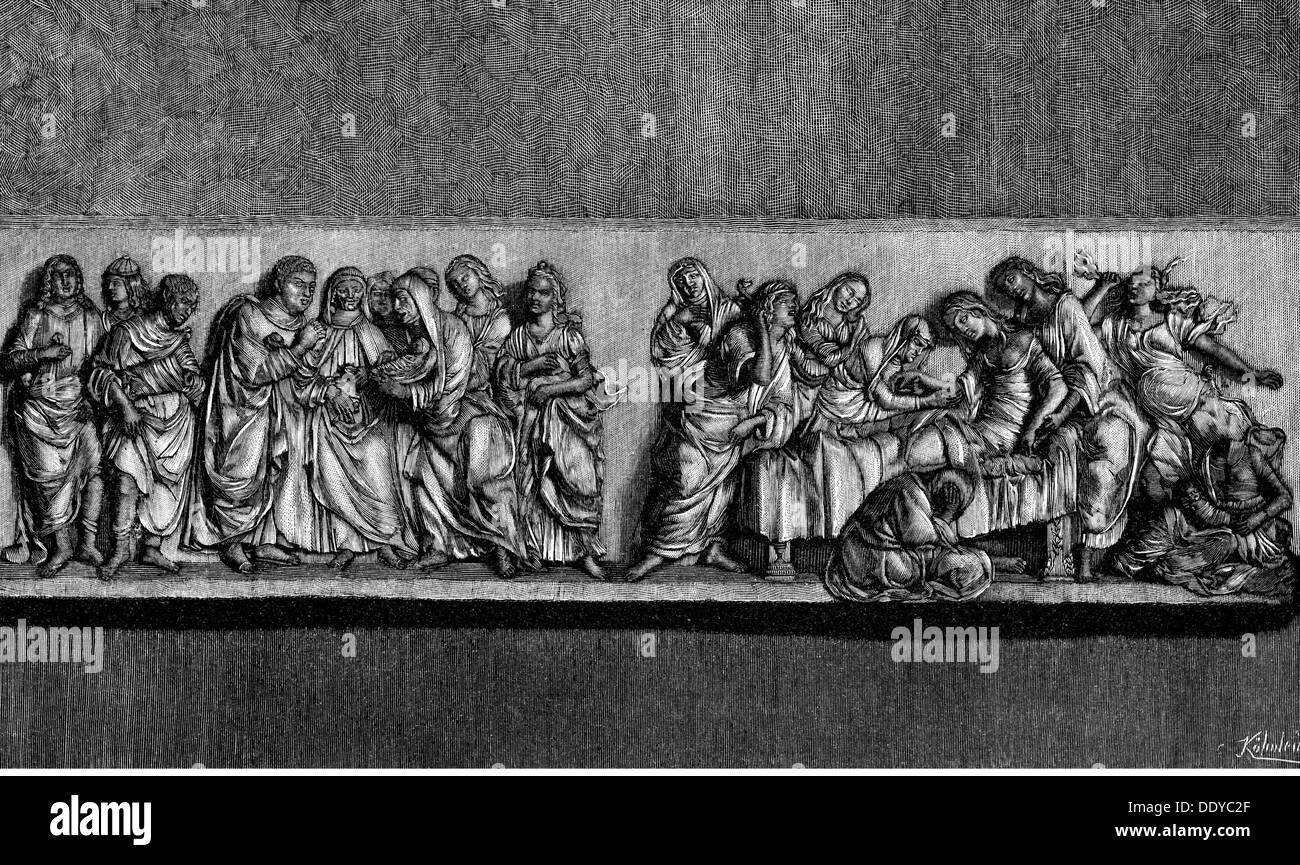 medicine,birth / gynecology,death of Francesca Pitti Tornabuoni while giving birth,after grave relief by Andrea Verrocchio(1435 / 1436 - 1488),15th century,wood engraving by C.Köhnlein,19th century,15th century,19th century,Middle Ages,medieval,mediaeval,Renaissance,graphic,graphics,relief,grave,graves,mother,mothers,lying,puerperium,childbed,childbeds,bed,beds,birthing,bear,give birth,delivery,childbearing,childbirth,death,dying,die,mourn,mourning,sorrow,sorrowing,medicine,medicines,birth,births,gynecology,gynaecolo,Additional-Rights-Clearences-Not Available Stock Photohttps://www.alamy.com/image-license-details/?v=1https://www.alamy.com/medicinebirth-gynecologydeath-of-francesca-pitti-tornabuoni-while-image60223815.html
medicine,birth / gynecology,death of Francesca Pitti Tornabuoni while giving birth,after grave relief by Andrea Verrocchio(1435 / 1436 - 1488),15th century,wood engraving by C.Köhnlein,19th century,15th century,19th century,Middle Ages,medieval,mediaeval,Renaissance,graphic,graphics,relief,grave,graves,mother,mothers,lying,puerperium,childbed,childbeds,bed,beds,birthing,bear,give birth,delivery,childbearing,childbirth,death,dying,die,mourn,mourning,sorrow,sorrowing,medicine,medicines,birth,births,gynecology,gynaecolo,Additional-Rights-Clearences-Not Available Stock Photohttps://www.alamy.com/image-license-details/?v=1https://www.alamy.com/medicinebirth-gynecologydeath-of-francesca-pitti-tornabuoni-while-image60223815.htmlRMDDYC2F–medicine,birth / gynecology,death of Francesca Pitti Tornabuoni while giving birth,after grave relief by Andrea Verrocchio(1435 / 1436 - 1488),15th century,wood engraving by C.Köhnlein,19th century,15th century,19th century,Middle Ages,medieval,mediaeval,Renaissance,graphic,graphics,relief,grave,graves,mother,mothers,lying,puerperium,childbed,childbeds,bed,beds,birthing,bear,give birth,delivery,childbearing,childbirth,death,dying,die,mourn,mourning,sorrow,sorrowing,medicine,medicines,birth,births,gynecology,gynaecolo,Additional-Rights-Clearences-Not Available
 Sir George Frampton's marble effigy of Lady Isabel Wilson who died in childbirth in 1905 in St James' Church, Warter, East Yorkshire, UK Stock Photohttps://www.alamy.com/image-license-details/?v=1https://www.alamy.com/sir-george-framptons-marble-effigy-of-lady-isabel-wilson-who-died-in-childbirth-in-1905-in-st-james-church-warter-east-yorkshire-uk-image554440028.html
Sir George Frampton's marble effigy of Lady Isabel Wilson who died in childbirth in 1905 in St James' Church, Warter, East Yorkshire, UK Stock Photohttps://www.alamy.com/image-license-details/?v=1https://www.alamy.com/sir-george-framptons-marble-effigy-of-lady-isabel-wilson-who-died-in-childbirth-in-1905-in-st-james-church-warter-east-yorkshire-uk-image554440028.htmlRM2R60WWG–Sir George Frampton's marble effigy of Lady Isabel Wilson who died in childbirth in 1905 in St James' Church, Warter, East Yorkshire, UK
 medicine, woman in childbed on a hammock in a sweat lodge, Rouquouyennes Indians, Guiana, wood engraving, coloured, from 'Die Medizin der Naturvoelker' (The medicine of primitive people), by Max Bartels, Leipzig, Germany, 1893, private collection, Additional-Rights-Clearences-Not Available Stock Photohttps://www.alamy.com/image-license-details/?v=1https://www.alamy.com/stock-photo-medicine-woman-in-childbed-on-a-hammock-in-a-sweat-lodge-rouquouyennes-110821517.html
medicine, woman in childbed on a hammock in a sweat lodge, Rouquouyennes Indians, Guiana, wood engraving, coloured, from 'Die Medizin der Naturvoelker' (The medicine of primitive people), by Max Bartels, Leipzig, Germany, 1893, private collection, Additional-Rights-Clearences-Not Available Stock Photohttps://www.alamy.com/image-license-details/?v=1https://www.alamy.com/stock-photo-medicine-woman-in-childbed-on-a-hammock-in-a-sweat-lodge-rouquouyennes-110821517.htmlRMGC89Y9–medicine, woman in childbed on a hammock in a sweat lodge, Rouquouyennes Indians, Guiana, wood engraving, coloured, from 'Die Medizin der Naturvoelker' (The medicine of primitive people), by Max Bartels, Leipzig, Germany, 1893, private collection, Additional-Rights-Clearences-Not Available
 A photo of the19th century vintage illustration of the Artemis the goddess of wild animals and hunt Stock Photohttps://www.alamy.com/image-license-details/?v=1https://www.alamy.com/a-photo-of-the19th-century-vintage-illustration-of-the-artemis-the-goddess-of-wild-animals-and-hunt-image476213267.html
A photo of the19th century vintage illustration of the Artemis the goddess of wild animals and hunt Stock Photohttps://www.alamy.com/image-license-details/?v=1https://www.alamy.com/a-photo-of-the19th-century-vintage-illustration-of-the-artemis-the-goddess-of-wild-animals-and-hunt-image476213267.htmlRF2JJNATK–A photo of the19th century vintage illustration of the Artemis the goddess of wild animals and hunt
 medicine, birth / gynecology, pregnant woman of the Madi tribe during childbearing with midwife, Central Africa, drawing after Robert Felkin (1853 - 1926), circa 1900, Additional-Rights-Clearences-Not Available Stock Photohttps://www.alamy.com/image-license-details/?v=1https://www.alamy.com/medicine-birth-gynecology-pregnant-woman-of-the-madi-tribe-during-image60223841.html
medicine, birth / gynecology, pregnant woman of the Madi tribe during childbearing with midwife, Central Africa, drawing after Robert Felkin (1853 - 1926), circa 1900, Additional-Rights-Clearences-Not Available Stock Photohttps://www.alamy.com/image-license-details/?v=1https://www.alamy.com/medicine-birth-gynecology-pregnant-woman-of-the-madi-tribe-during-image60223841.htmlRMDDYC3D–medicine, birth / gynecology, pregnant woman of the Madi tribe during childbearing with midwife, Central Africa, drawing after Robert Felkin (1853 - 1926), circa 1900, Additional-Rights-Clearences-Not Available
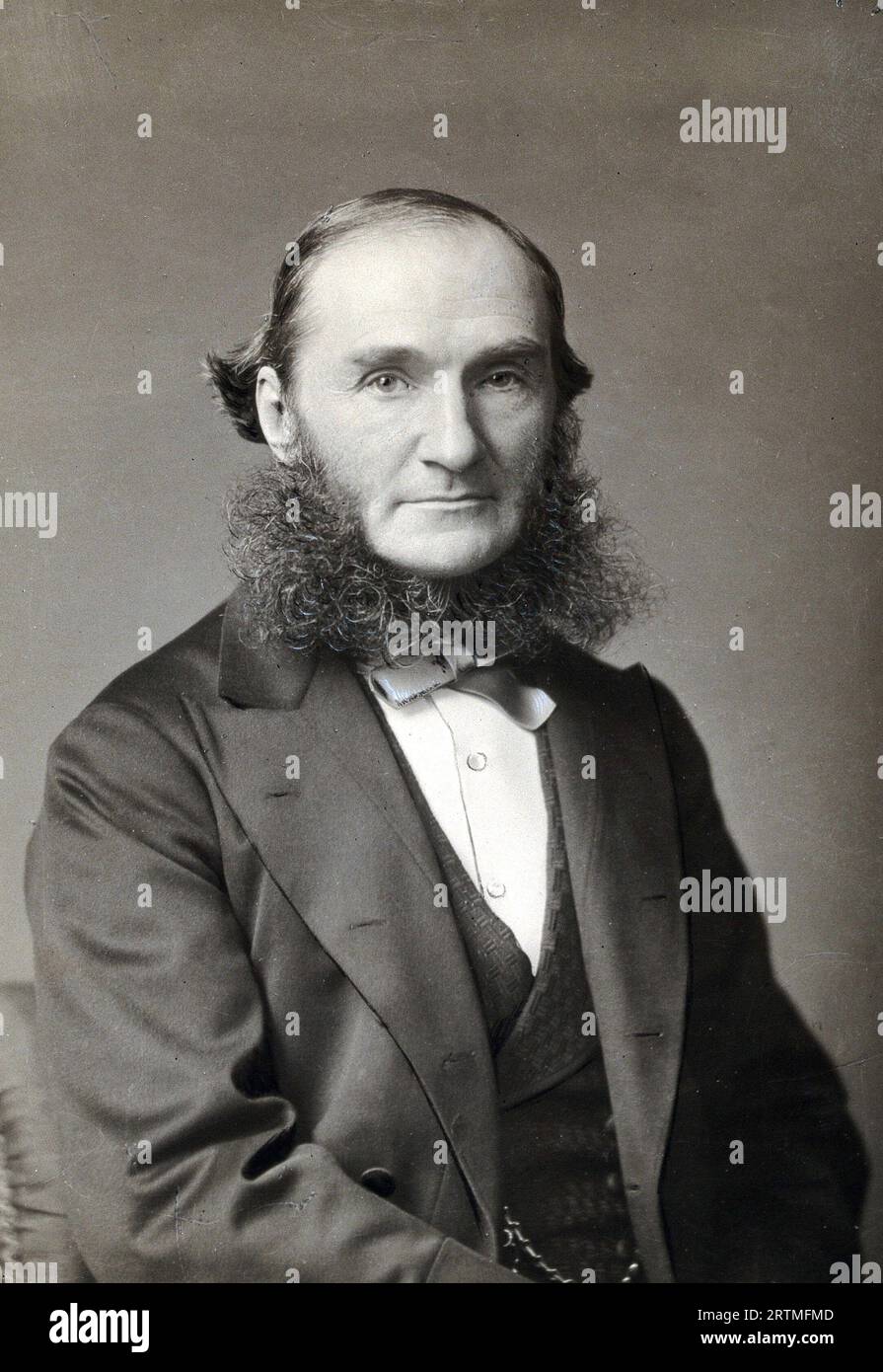 Sir Alexander Russell Simpson,1835 –1916, was a Scottish physician and Professor of Midwifery at the University of Edinburgh, he invented the axis-traction forceps also known as the obstetrics forceps which assisted in childbirth, photograph 1800s Stock Photohttps://www.alamy.com/image-license-details/?v=1https://www.alamy.com/sir-alexander-russell-simpson1835-1916-was-a-scottish-physician-and-professor-of-midwifery-at-the-university-of-edinburgh-he-invented-the-axis-traction-forceps-also-known-as-the-obstetrics-forceps-which-assisted-in-childbirth-photograph-1800s-image565934893.html
Sir Alexander Russell Simpson,1835 –1916, was a Scottish physician and Professor of Midwifery at the University of Edinburgh, he invented the axis-traction forceps also known as the obstetrics forceps which assisted in childbirth, photograph 1800s Stock Photohttps://www.alamy.com/image-license-details/?v=1https://www.alamy.com/sir-alexander-russell-simpson1835-1916-was-a-scottish-physician-and-professor-of-midwifery-at-the-university-of-edinburgh-he-invented-the-axis-traction-forceps-also-known-as-the-obstetrics-forceps-which-assisted-in-childbirth-photograph-1800s-image565934893.htmlRM2RTMFMD–Sir Alexander Russell Simpson,1835 –1916, was a Scottish physician and Professor of Midwifery at the University of Edinburgh, he invented the axis-traction forceps also known as the obstetrics forceps which assisted in childbirth, photograph 1800s
 Midwife Cutting Umbilical Cord, 1850 Stock Photohttps://www.alamy.com/image-license-details/?v=1https://www.alamy.com/stock-photo-midwife-cutting-umbilical-cord-1850-135089751.html
Midwife Cutting Umbilical Cord, 1850 Stock Photohttps://www.alamy.com/image-license-details/?v=1https://www.alamy.com/stock-photo-midwife-cutting-umbilical-cord-1850-135089751.htmlRMHRNT9Y–Midwife Cutting Umbilical Cord, 1850
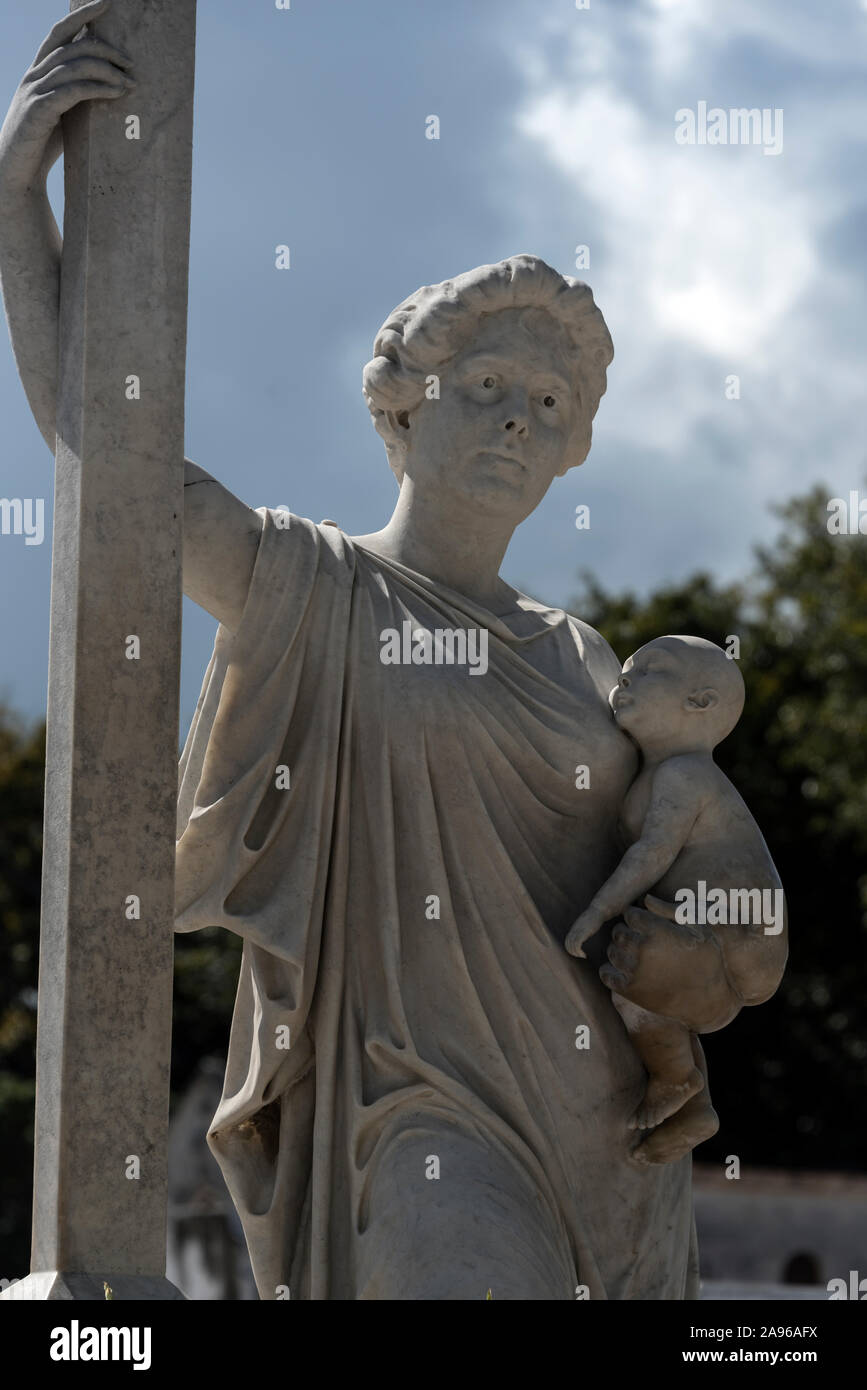 La Milagrosa (The Miraculous One) is the grave of Amelia Goyri de la Hoz, who died during childbirth in 1901, along with her baby Both mother Stock Photohttps://www.alamy.com/image-license-details/?v=1https://www.alamy.com/la-milagrosa-the-miraculous-one-is-the-grave-of-amelia-goyri-de-la-hoz-who-died-during-childbirth-in-1901-along-with-her-baby-both-mother-image332668894.html
La Milagrosa (The Miraculous One) is the grave of Amelia Goyri de la Hoz, who died during childbirth in 1901, along with her baby Both mother Stock Photohttps://www.alamy.com/image-license-details/?v=1https://www.alamy.com/la-milagrosa-the-miraculous-one-is-the-grave-of-amelia-goyri-de-la-hoz-who-died-during-childbirth-in-1901-along-with-her-baby-both-mother-image332668894.htmlRM2A96AFX–La Milagrosa (The Miraculous One) is the grave of Amelia Goyri de la Hoz, who died during childbirth in 1901, along with her baby Both mother
 POST NATAL STEAM BATH Stock Photohttps://www.alamy.com/image-license-details/?v=1https://www.alamy.com/stock-photo-post-natal-steam-bath-56757616.html
POST NATAL STEAM BATH Stock Photohttps://www.alamy.com/image-license-details/?v=1https://www.alamy.com/stock-photo-post-natal-steam-bath-56757616.htmlRMD89EWM–POST NATAL STEAM BATH
 'Birth of the Virgin', 1514 (1870). Artist: E Thomas Stock Photohttps://www.alamy.com/image-license-details/?v=1https://www.alamy.com/birth-of-the-virgin-1514-1870-artist-e-thomas-image262764570.html
'Birth of the Virgin', 1514 (1870). Artist: E Thomas Stock Photohttps://www.alamy.com/image-license-details/?v=1https://www.alamy.com/birth-of-the-virgin-1514-1870-artist-e-thomas-image262764570.htmlRMW7DXTX–'Birth of the Virgin', 1514 (1870). Artist: E Thomas
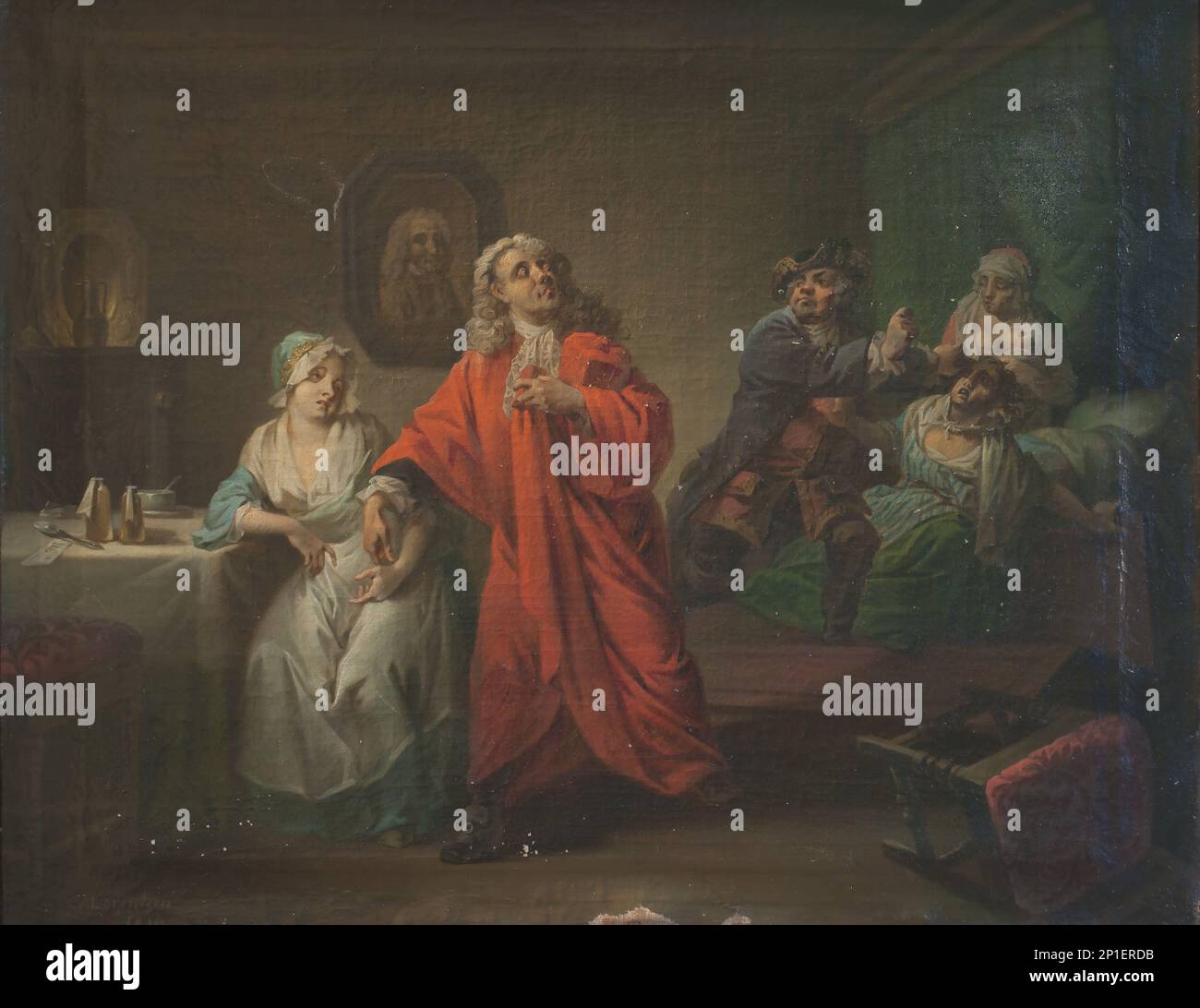 The Maternity Ward, Act III, Scene 6; Holberg Gallery. Scenes from Ludvig Holberg's comedies, 1810. Stock Photohttps://www.alamy.com/image-license-details/?v=1https://www.alamy.com/the-maternity-ward-act-iii-scene-6-holberg-gallery-scenes-from-ludvig-holbergs-comedies-1810-image534461799.html
The Maternity Ward, Act III, Scene 6; Holberg Gallery. Scenes from Ludvig Holberg's comedies, 1810. Stock Photohttps://www.alamy.com/image-license-details/?v=1https://www.alamy.com/the-maternity-ward-act-iii-scene-6-holberg-gallery-scenes-from-ludvig-holbergs-comedies-1810-image534461799.htmlRM2P1ERDB–The Maternity Ward, Act III, Scene 6; Holberg Gallery. Scenes from Ludvig Holberg's comedies, 1810.
 Saint Raymond Nonnatus (1204Ð1240). Saint from Catalonia in Spain. Colored engraving. 19th century. Stock Photohttps://www.alamy.com/image-license-details/?v=1https://www.alamy.com/saint-raymond-nonnatus-12041240-saint-from-catalonia-in-spain-colored-engraving-19th-century-image219995224.html
Saint Raymond Nonnatus (1204Ð1240). Saint from Catalonia in Spain. Colored engraving. 19th century. Stock Photohttps://www.alamy.com/image-license-details/?v=1https://www.alamy.com/saint-raymond-nonnatus-12041240-saint-from-catalonia-in-spain-colored-engraving-19th-century-image219995224.htmlRMPNWJ48–Saint Raymond Nonnatus (1204Ð1240). Saint from Catalonia in Spain. Colored engraving. 19th century.
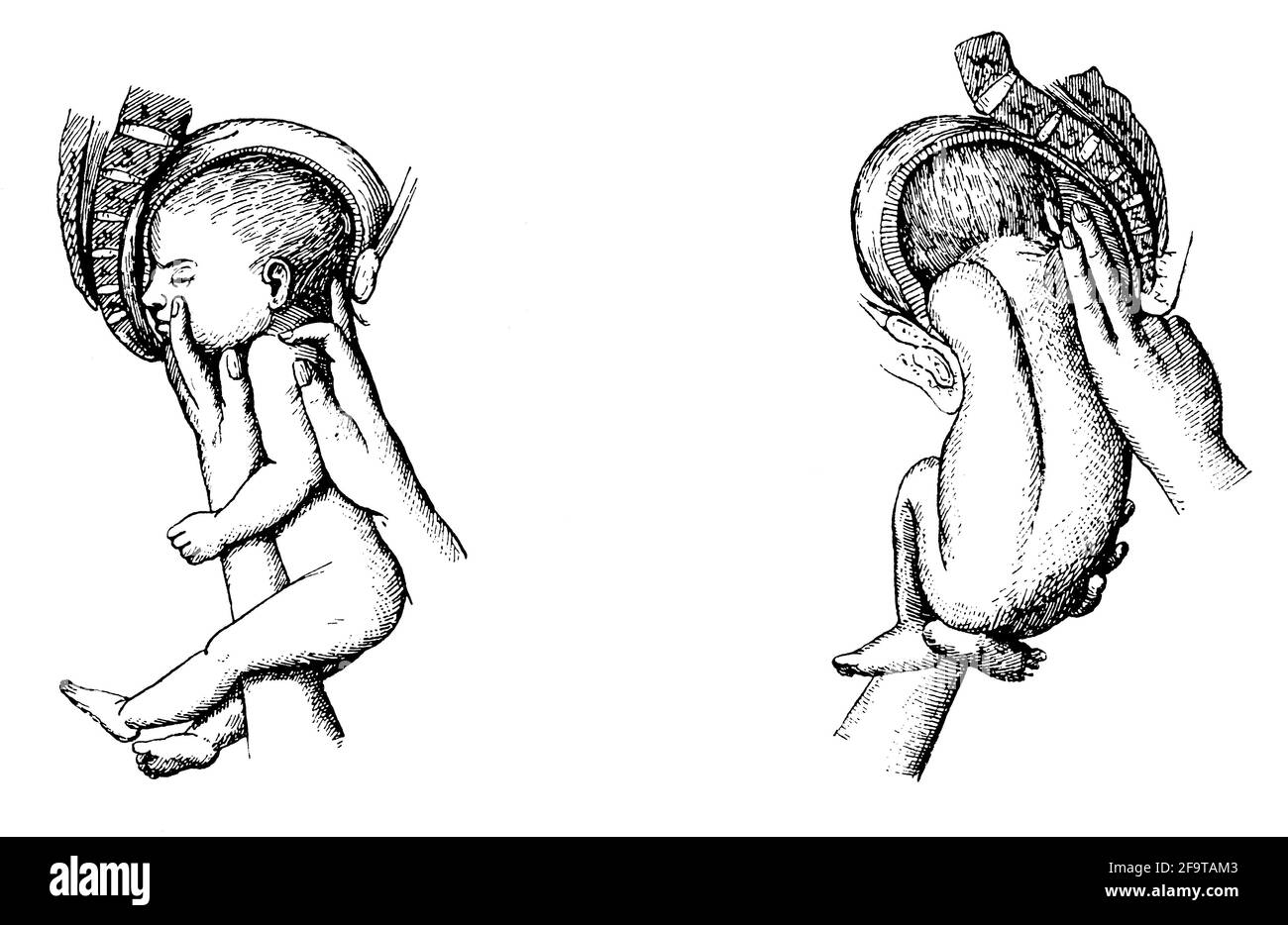 Obstetrics. Childbirth. Illustration of the 19th century. Germany. White background. Stock Photohttps://www.alamy.com/image-license-details/?v=1https://www.alamy.com/obstetrics-childbirth-illustration-of-the-19th-century-germany-white-background-image419115987.html
Obstetrics. Childbirth. Illustration of the 19th century. Germany. White background. Stock Photohttps://www.alamy.com/image-license-details/?v=1https://www.alamy.com/obstetrics-childbirth-illustration-of-the-19th-century-germany-white-background-image419115987.htmlRF2F9TAM3–Obstetrics. Childbirth. Illustration of the 19th century. Germany. White background.
 Birth of St Edmund, 1433, (1843).Artist: Henry Shaw Stock Photohttps://www.alamy.com/image-license-details/?v=1https://www.alamy.com/birth-of-st-edmund-1433-1843artist-henry-shaw-image262732930.html
Birth of St Edmund, 1433, (1843).Artist: Henry Shaw Stock Photohttps://www.alamy.com/image-license-details/?v=1https://www.alamy.com/birth-of-st-edmund-1433-1843artist-henry-shaw-image262732930.htmlRMW7CEEX–Birth of St Edmund, 1433, (1843).Artist: Henry Shaw
 History of Spain. Madrid. Royal Palace. Aspect of the antechamber of the private rooms of the Princes of Bavaria, Infanta María de la Paz of Spain (1862-1946) and Prince Ludwig Ferdinand of Bavaria (1859-1949), where the medical reports and registration lists were displayed daily to the public, on the occasion of the illness of the Infanta Paz after the birth of her son Ferdinand of Bavaria (1884-1958). Drawing from life by Juan Comba. Engraving by Bernardo Rico (1825-1894). La Ilustración Española y Americana (The Spanish and American Illustration), May 22, 1884. Stock Photohttps://www.alamy.com/image-license-details/?v=1https://www.alamy.com/history-of-spain-madrid-royal-palace-aspect-of-the-antechamber-of-the-private-rooms-of-the-princes-of-bavaria-infanta-mara-de-la-paz-of-spain-1862-1946-and-prince-ludwig-ferdinand-of-bavaria-1859-1949-where-the-medical-reports-and-registration-lists-were-displayed-daily-to-the-public-on-the-occasion-of-the-illness-of-the-infanta-paz-after-the-birth-of-her-son-ferdinand-of-bavaria-1884-1958-drawing-from-life-by-juan-comba-engraving-by-bernardo-rico-1825-1894-la-ilustracin-espaola-y-americana-the-spanish-and-american-illustration-may-22-1884-image624011546.html
History of Spain. Madrid. Royal Palace. Aspect of the antechamber of the private rooms of the Princes of Bavaria, Infanta María de la Paz of Spain (1862-1946) and Prince Ludwig Ferdinand of Bavaria (1859-1949), where the medical reports and registration lists were displayed daily to the public, on the occasion of the illness of the Infanta Paz after the birth of her son Ferdinand of Bavaria (1884-1958). Drawing from life by Juan Comba. Engraving by Bernardo Rico (1825-1894). La Ilustración Española y Americana (The Spanish and American Illustration), May 22, 1884. Stock Photohttps://www.alamy.com/image-license-details/?v=1https://www.alamy.com/history-of-spain-madrid-royal-palace-aspect-of-the-antechamber-of-the-private-rooms-of-the-princes-of-bavaria-infanta-mara-de-la-paz-of-spain-1862-1946-and-prince-ludwig-ferdinand-of-bavaria-1859-1949-where-the-medical-reports-and-registration-lists-were-displayed-daily-to-the-public-on-the-occasion-of-the-illness-of-the-infanta-paz-after-the-birth-of-her-son-ferdinand-of-bavaria-1884-1958-drawing-from-life-by-juan-comba-engraving-by-bernardo-rico-1825-1894-la-ilustracin-espaola-y-americana-the-spanish-and-american-illustration-may-22-1884-image624011546.htmlRM2Y7652J–History of Spain. Madrid. Royal Palace. Aspect of the antechamber of the private rooms of the Princes of Bavaria, Infanta María de la Paz of Spain (1862-1946) and Prince Ludwig Ferdinand of Bavaria (1859-1949), where the medical reports and registration lists were displayed daily to the public, on the occasion of the illness of the Infanta Paz after the birth of her son Ferdinand of Bavaria (1884-1958). Drawing from life by Juan Comba. Engraving by Bernardo Rico (1825-1894). La Ilustración Española y Americana (The Spanish and American Illustration), May 22, 1884.
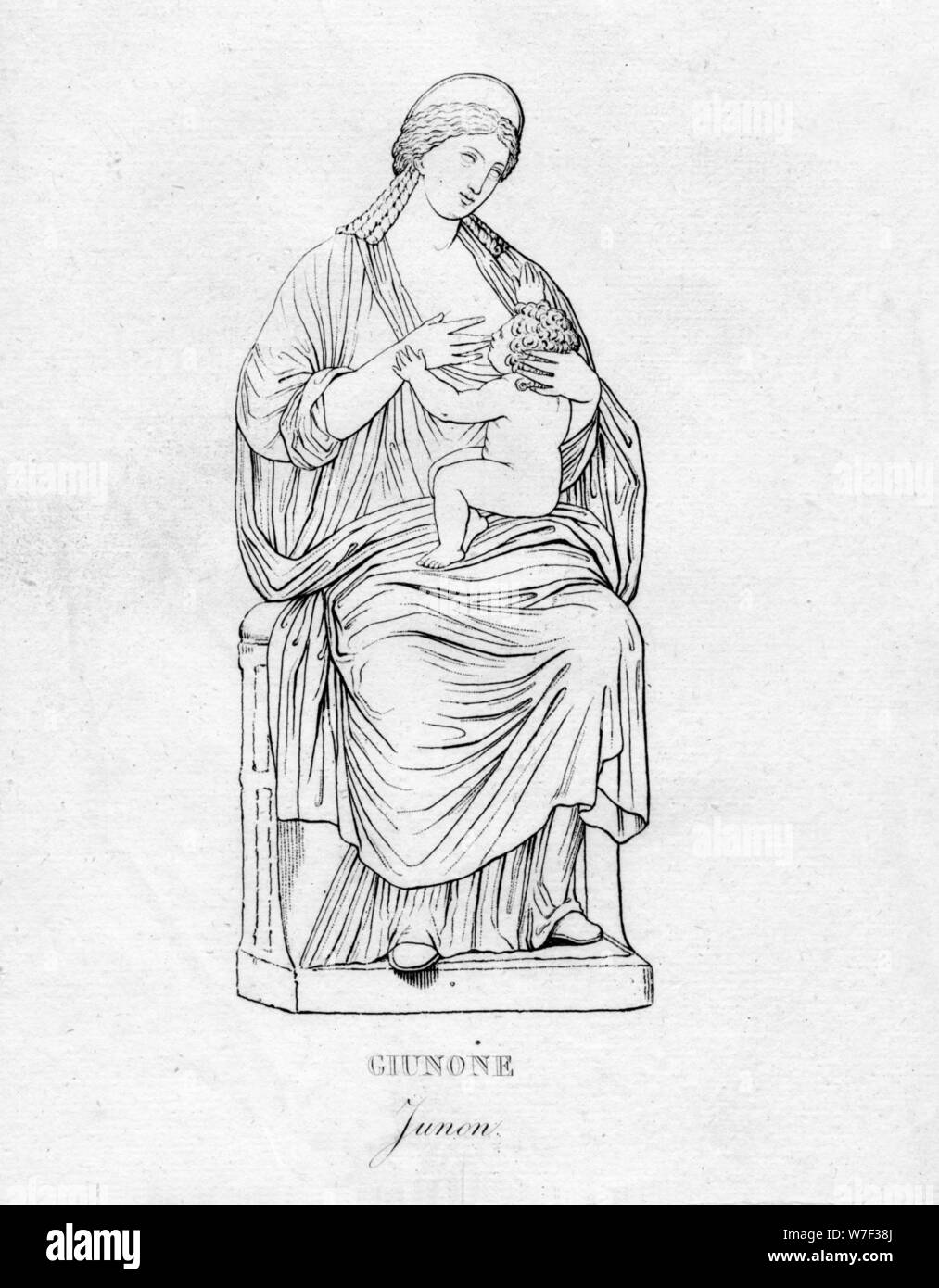 'Giunone (Junon)', c1850. Artist: Unknown. Stock Photohttps://www.alamy.com/image-license-details/?v=1https://www.alamy.com/giunone-junon-c1850-artist-unknown-image262789986.html
'Giunone (Junon)', c1850. Artist: Unknown. Stock Photohttps://www.alamy.com/image-license-details/?v=1https://www.alamy.com/giunone-junon-c1850-artist-unknown-image262789986.htmlRMW7F38J–'Giunone (Junon)', c1850. Artist: Unknown.
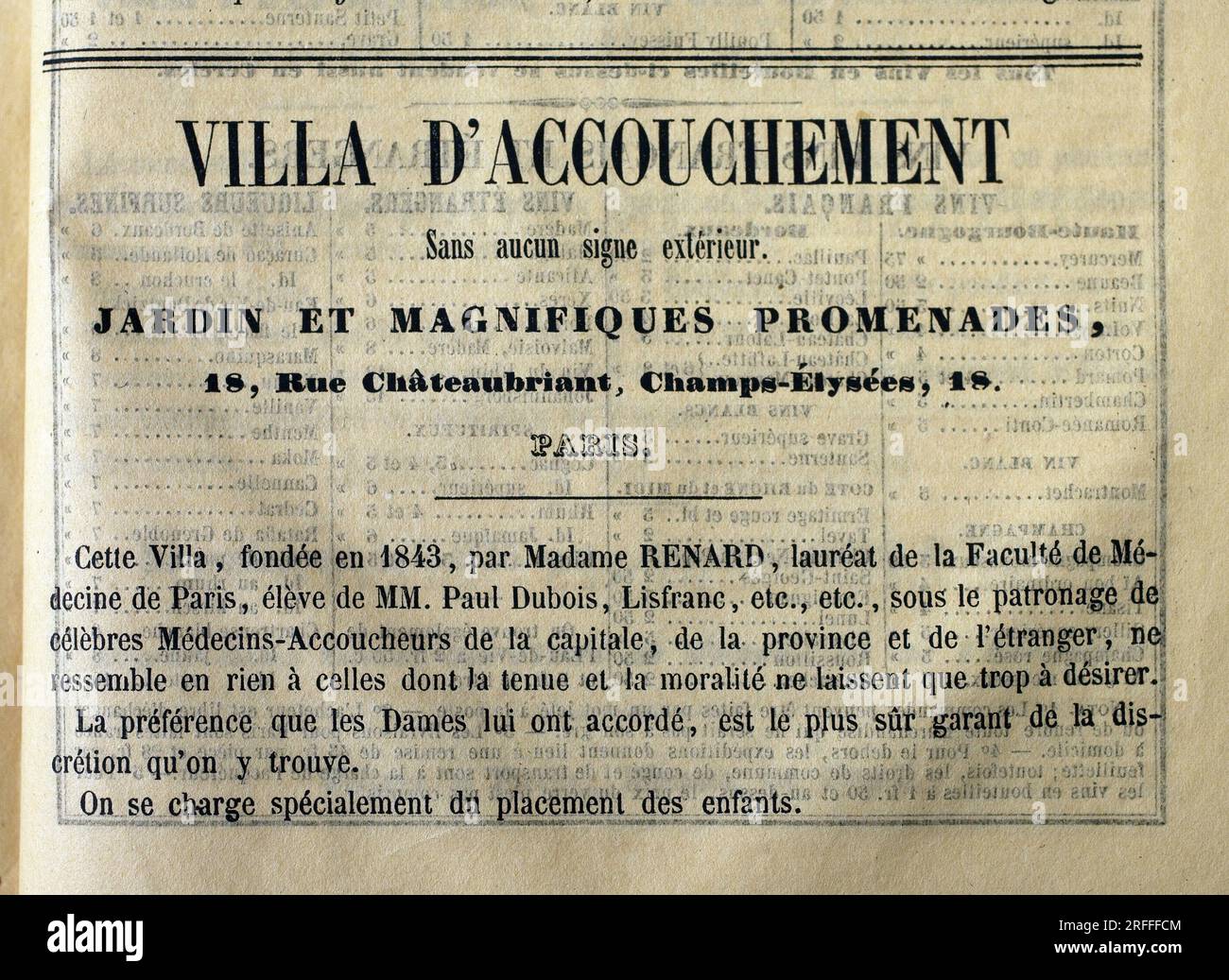 Reclame pour une villa d'accouchement, 'sans aucun signe exterieur' et avec la mention 'on se charge specialement du placement des enfants', 18 rue de Chateaubriand, Champs-Elysees (Champs Elysees), Paris. publicite dans l'ouvrage 'Le cuisinier et le medecin', sous la direction de L.M.Lombard, edition L.Curmer, 1855, Paris. Stock Photohttps://www.alamy.com/image-license-details/?v=1https://www.alamy.com/reclame-pour-une-villa-daccouchement-sans-aucun-signe-exterieur-et-avec-la-mention-on-se-charge-specialement-du-placement-des-enfants-18-rue-de-chateaubriand-champs-elysees-champs-elysees-paris-publicite-dans-louvrage-le-cuisinier-et-le-medecin-sous-la-direction-de-lmlombard-edition-lcurmer-1855-paris-image560293012.html
Reclame pour une villa d'accouchement, 'sans aucun signe exterieur' et avec la mention 'on se charge specialement du placement des enfants', 18 rue de Chateaubriand, Champs-Elysees (Champs Elysees), Paris. publicite dans l'ouvrage 'Le cuisinier et le medecin', sous la direction de L.M.Lombard, edition L.Curmer, 1855, Paris. Stock Photohttps://www.alamy.com/image-license-details/?v=1https://www.alamy.com/reclame-pour-une-villa-daccouchement-sans-aucun-signe-exterieur-et-avec-la-mention-on-se-charge-specialement-du-placement-des-enfants-18-rue-de-chateaubriand-champs-elysees-champs-elysees-paris-publicite-dans-louvrage-le-cuisinier-et-le-medecin-sous-la-direction-de-lmlombard-edition-lcurmer-1855-paris-image560293012.htmlRM2RFFFCM–Reclame pour une villa d'accouchement, 'sans aucun signe exterieur' et avec la mention 'on se charge specialement du placement des enfants', 18 rue de Chateaubriand, Champs-Elysees (Champs Elysees), Paris. publicite dans l'ouvrage 'Le cuisinier et le medecin', sous la direction de L.M.Lombard, edition L.Curmer, 1855, Paris.
 Maria-Teresa of Spain, daughter of King Philip V of Spain, (1726-1746). Artist: Unknown Stock Photohttps://www.alamy.com/image-license-details/?v=1https://www.alamy.com/stock-photo-maria-teresa-of-spain-daughter-of-king-philip-v-of-spain-1726-1746-17636314.html
Maria-Teresa of Spain, daughter of King Philip V of Spain, (1726-1746). Artist: Unknown Stock Photohttps://www.alamy.com/image-license-details/?v=1https://www.alamy.com/stock-photo-maria-teresa-of-spain-daughter-of-king-philip-v-of-spain-1726-1746-17636314.htmlRMB0KB8A–Maria-Teresa of Spain, daughter of King Philip V of Spain, (1726-1746). Artist: Unknown